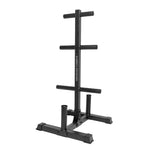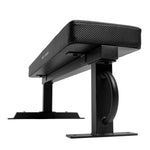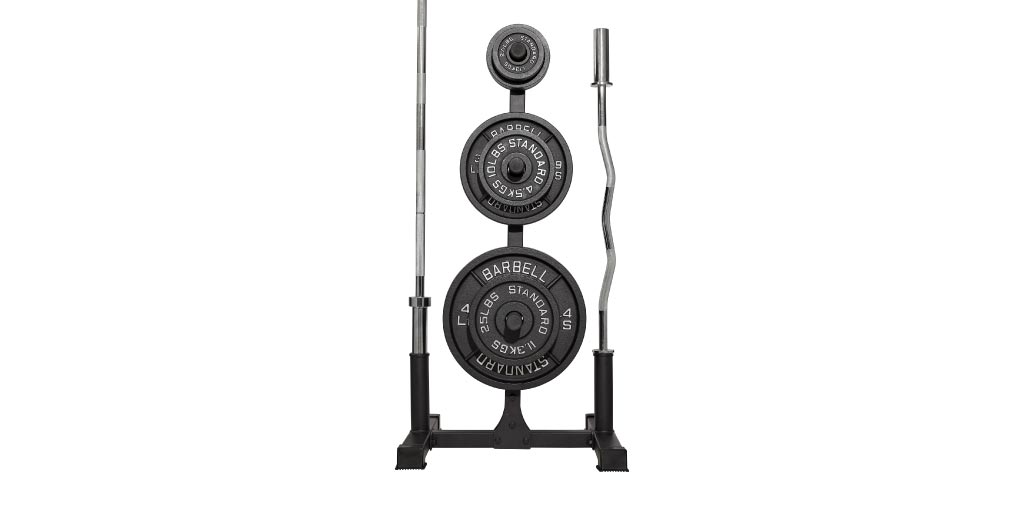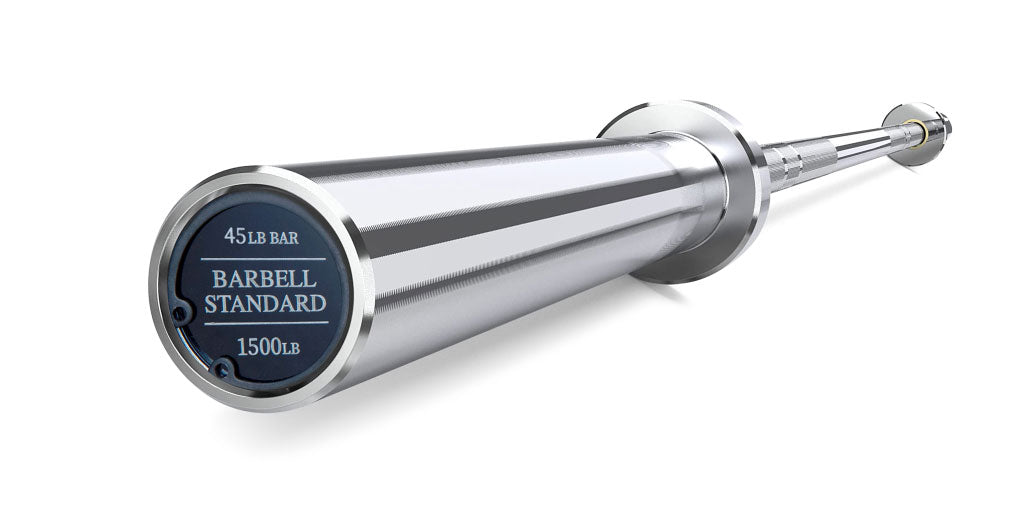-

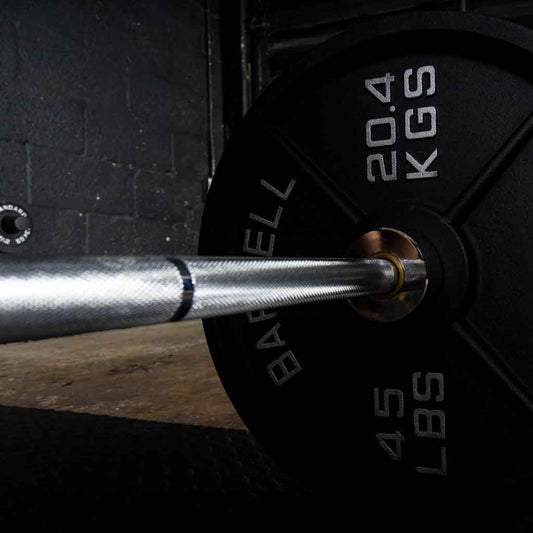 Save up to 38%
Save up to 38%Barbell & Weight Set Bundle Builder
Regular price From $225.00Regular priceUnit price per$365.00Sale price From $225.00Save $140.00 (38%)Sale -
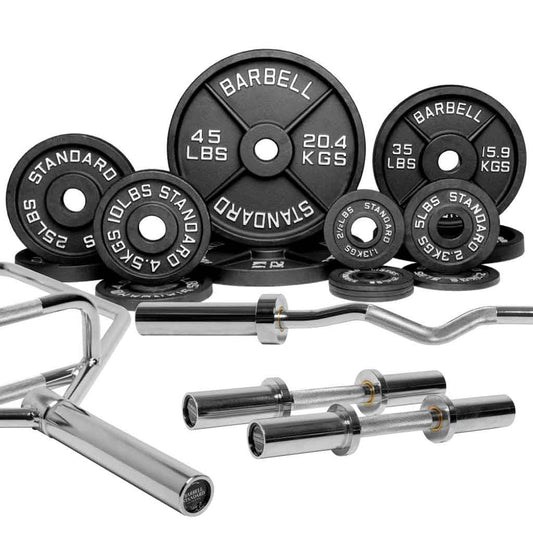
 Save up to 40%
Save up to 40%Specialty Bar & Weight Set Bundle Builder
Regular price From $120.00Regular priceUnit price per$200.00Sale price From $120.00Save $80.00 (40%)Sale -
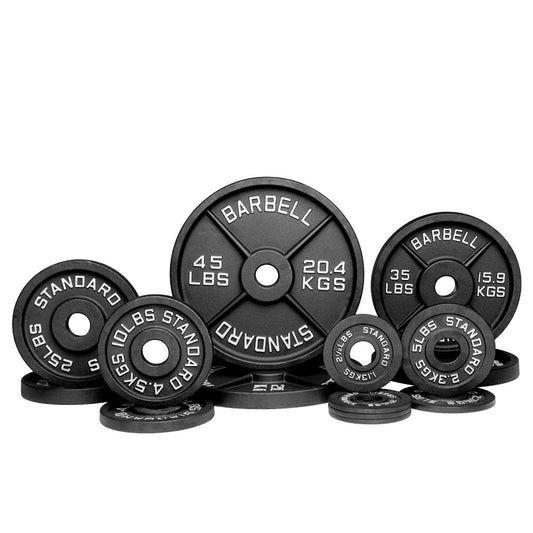
 Save up to 42%
Save up to 42%Olympic Weight Plate Sets
Regular price From $60.00Regular priceUnit price per$105.00Sale price From $60.00Save $45.00 (42%)Sale -
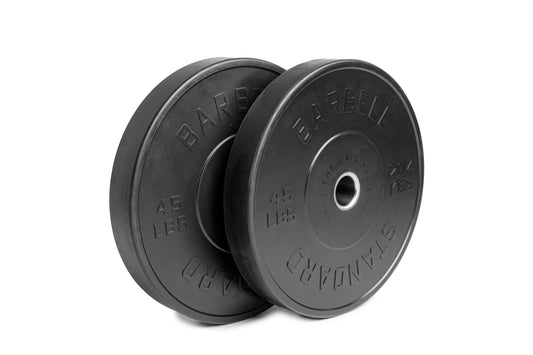
 Save up to 28%
Save up to 28%Rubber Bumper Plate Sets and Pairs
Regular price From $40.00Regular priceUnit price per$50.00Sale price From $40.00Save $10.00 (20%)Sale -
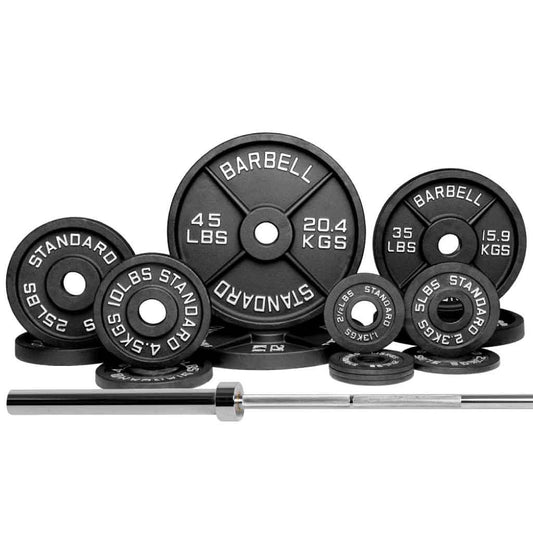
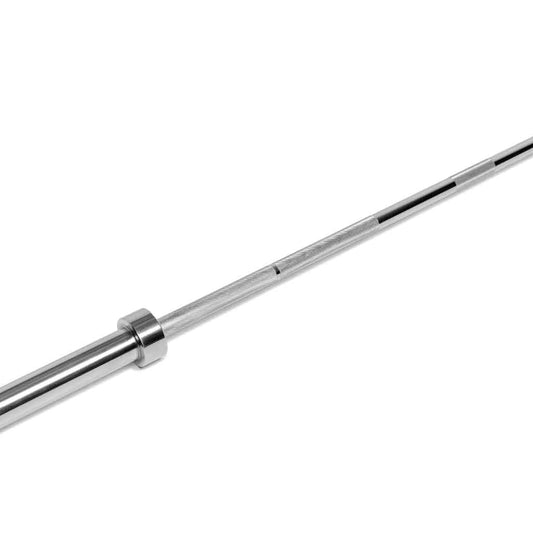 Save up to 31%
Save up to 31%Barbell 2000 Power Barbell Weight Sets
Regular price From $320.00Regular priceUnit price per$470.00Sale price From $320.00Save $150.00 (31%)Sale -
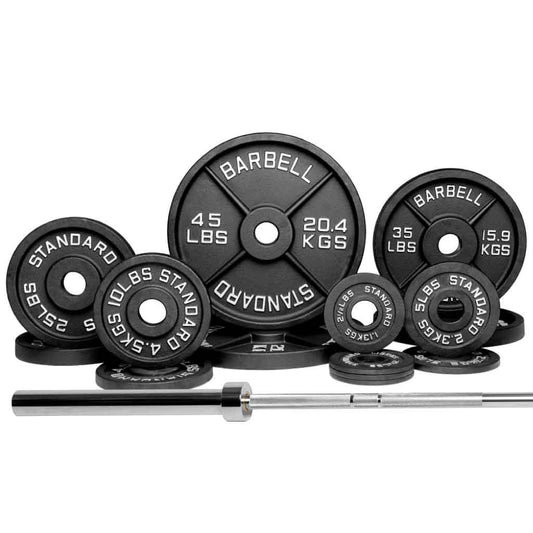
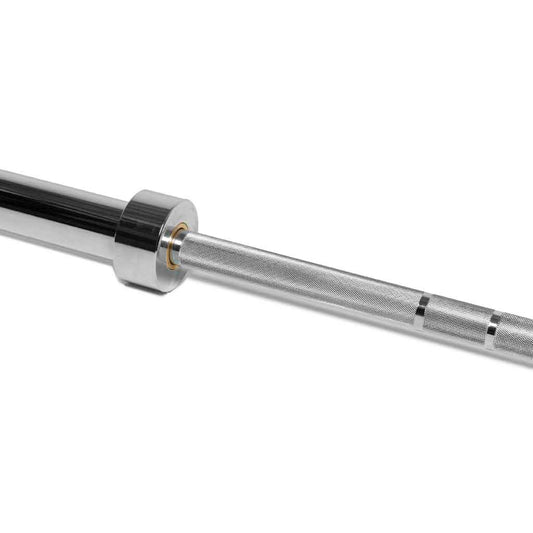 Save up to 37%
Save up to 37%Barbell 1500 Olympic Barbell Weight Sets
Regular price From $245.00Regular priceUnit price per$390.00Sale price From $245.00Save $145.00 (37%)Sale -
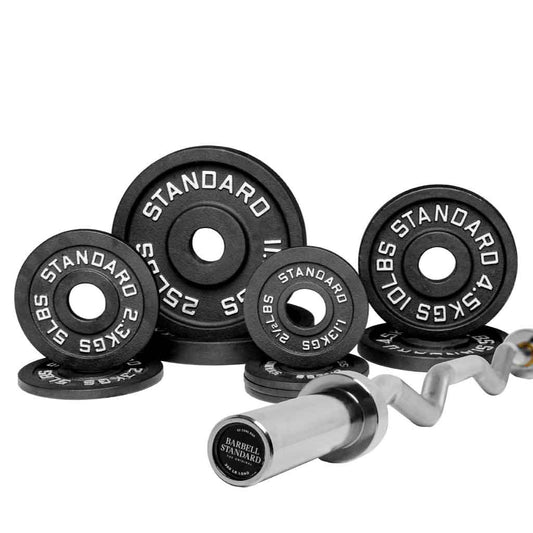
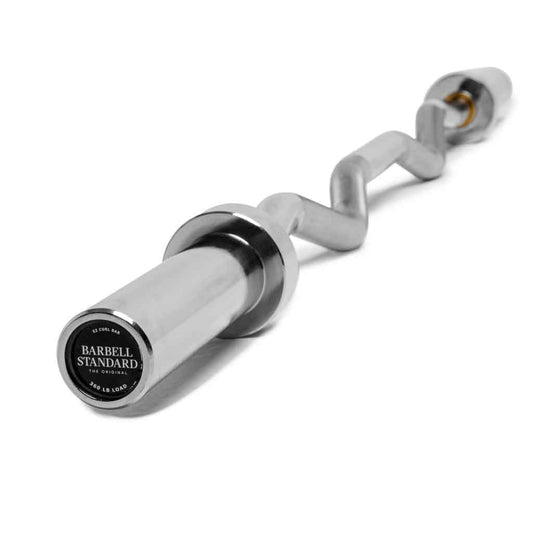 Save up to 38%
Save up to 38%EZ Curl Bar Weight Sets
Regular price From $130.00Regular priceUnit price per$210.00Sale price From $130.00Save $80.00 (38%)Sale -
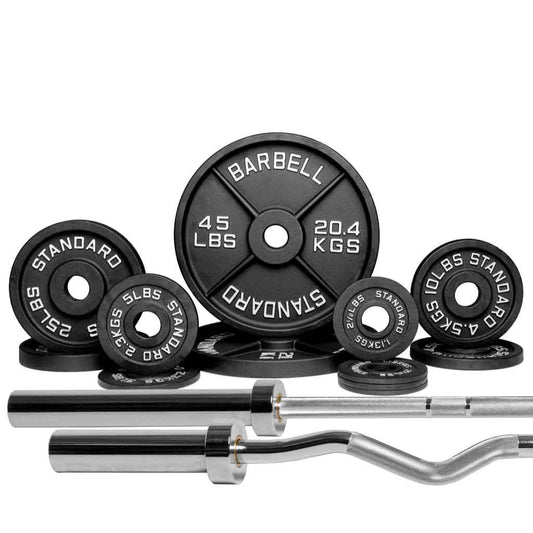
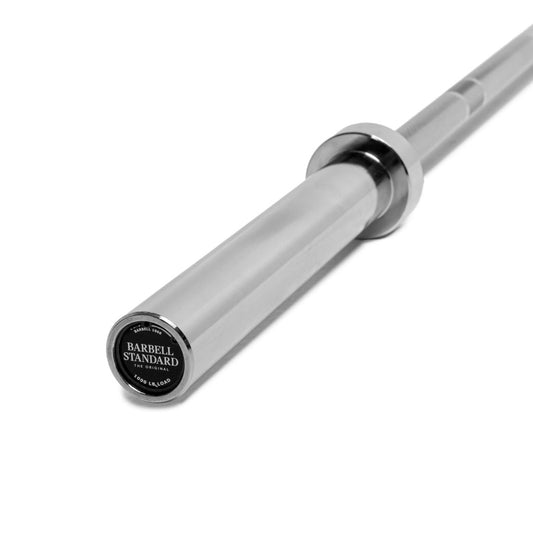 Save up to 38%
Save up to 38%Barbell 1000 Compact Barbell Weight Sets
Regular price From $225.00Regular priceUnit price per$365.00Sale price From $225.00Save $140.00 (38%)Sale -
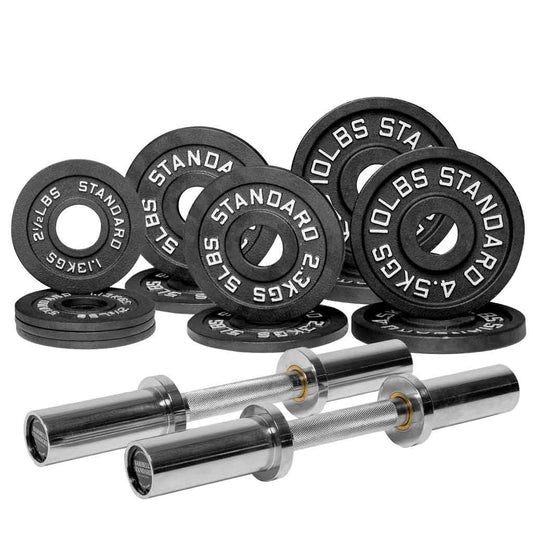
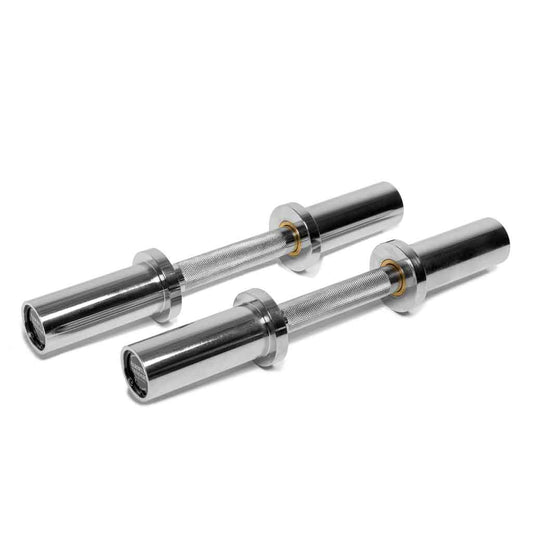 Save up to 40%
Save up to 40%Loadable Dumbbell Bar Weight Sets
Regular price From $120.00Regular priceUnit price per$200.00Sale price From $120.00Save $80.00 (40%)Sale -
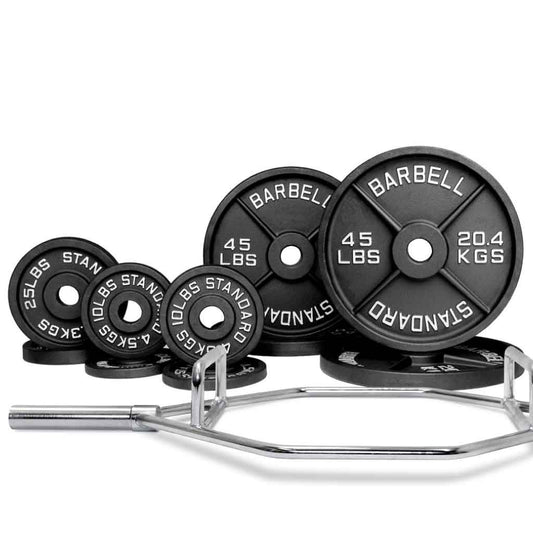
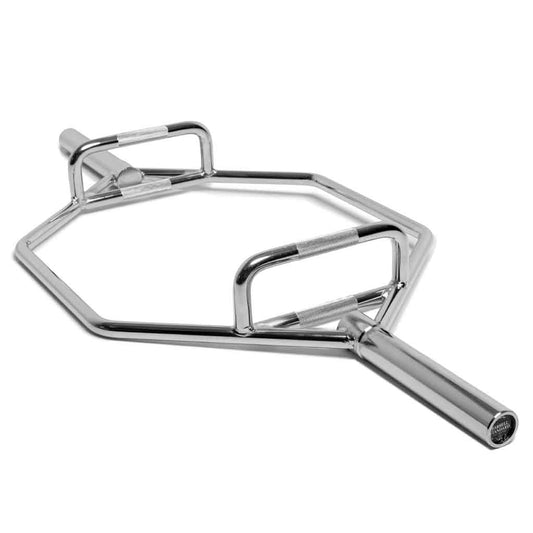 Save up to 29%
Save up to 29%Hex Bar Weight Sets
Regular price From $365.00Regular priceUnit price per$520.00Sale price From $365.00Save $155.00 (29%)Sale
Our Barbell Weight Sets include a complete weight set, with the option to add one or two barbells or specialty bars, and bar collars included with every bar. Barbells and hex bars also come with a pair of Lifting Straps.
Bar & Weight Set FAQ
What type of weight plates should I buy for my home gym?
How do I choose the right weight set for my home gym?
Why are Barbell Standard weight plates powder-coated?
Why is a tolerance guarantee important?
What types of barbells are there?
Which barbell is the best one for me?
Barbell Sleeves - Here's what you need to know
Barbell whip - Here's what you need to know
Barbell tensile strength - Here's what you need to know
Barbell finish options - Here's what you need to know
Barbell knurl - Here's what you need to know
Popular Barbell Weight Set options

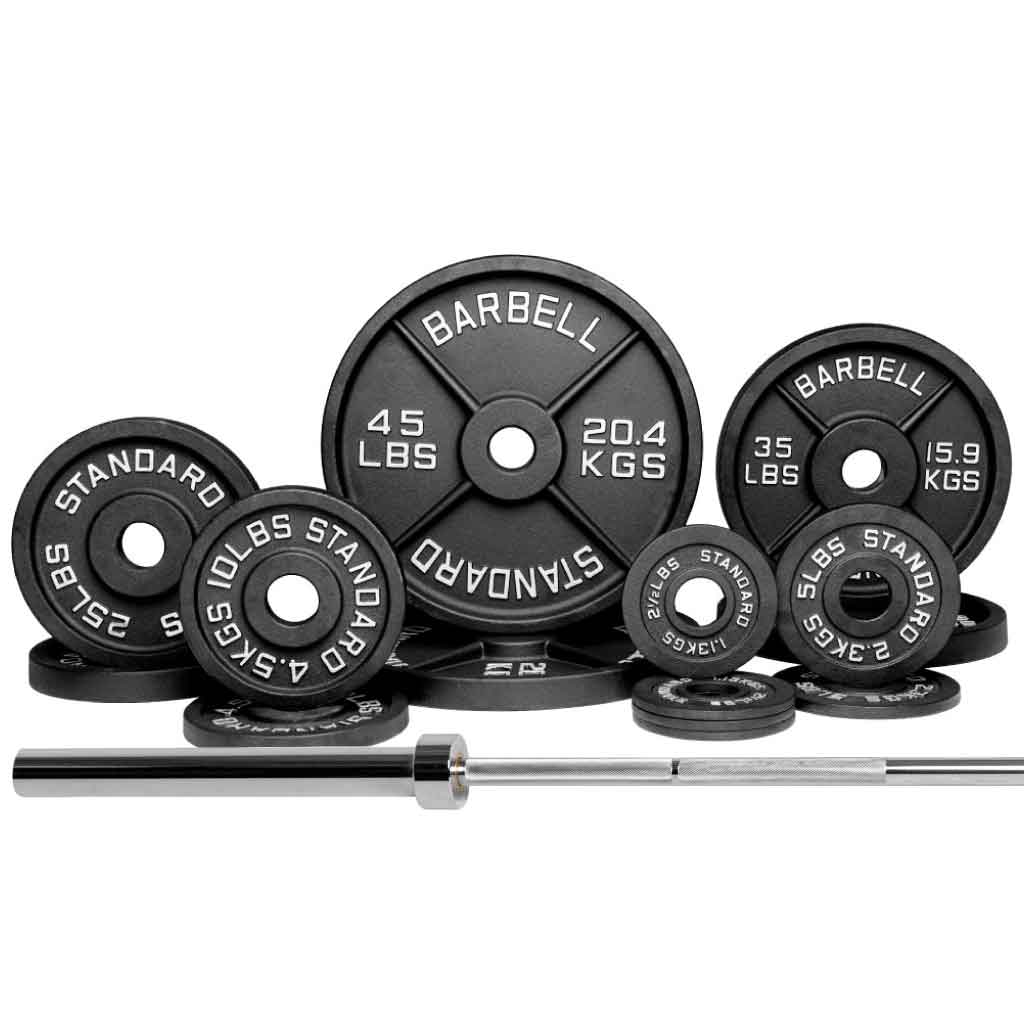
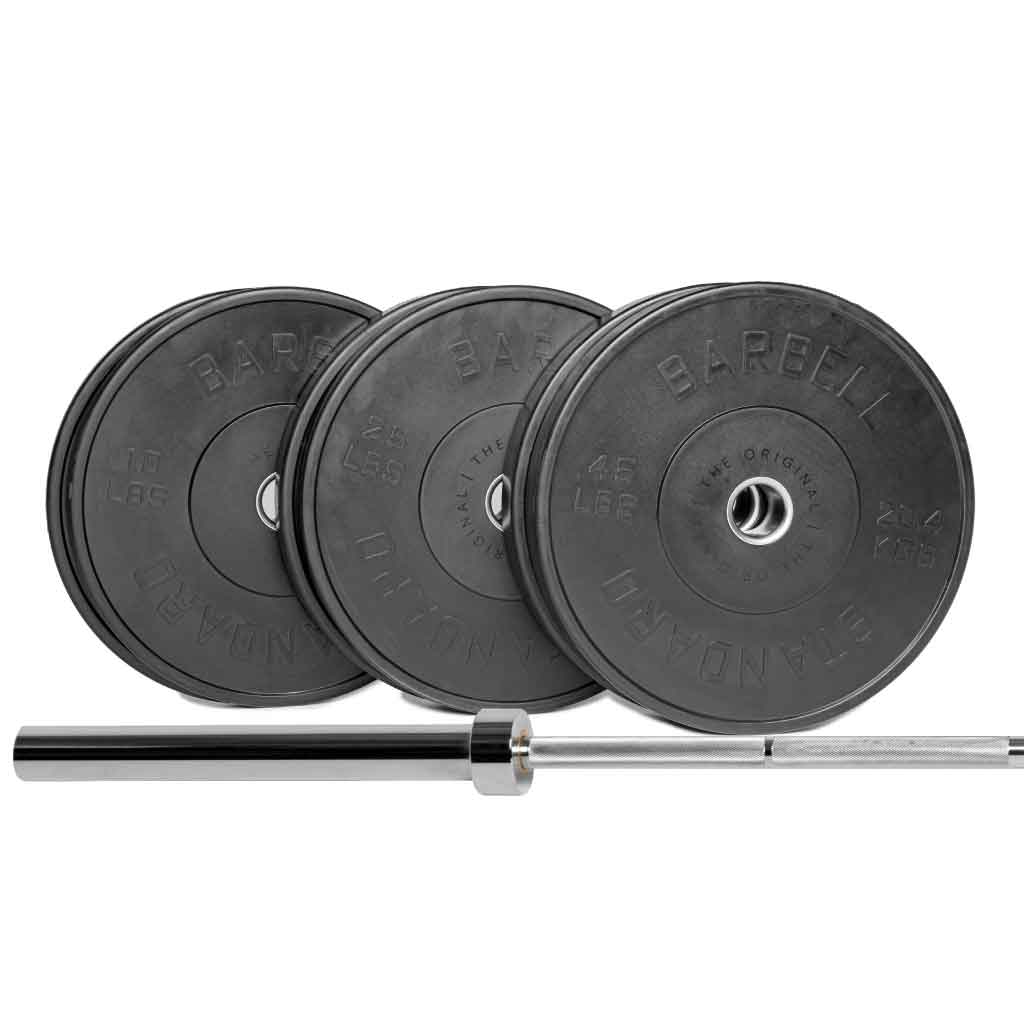
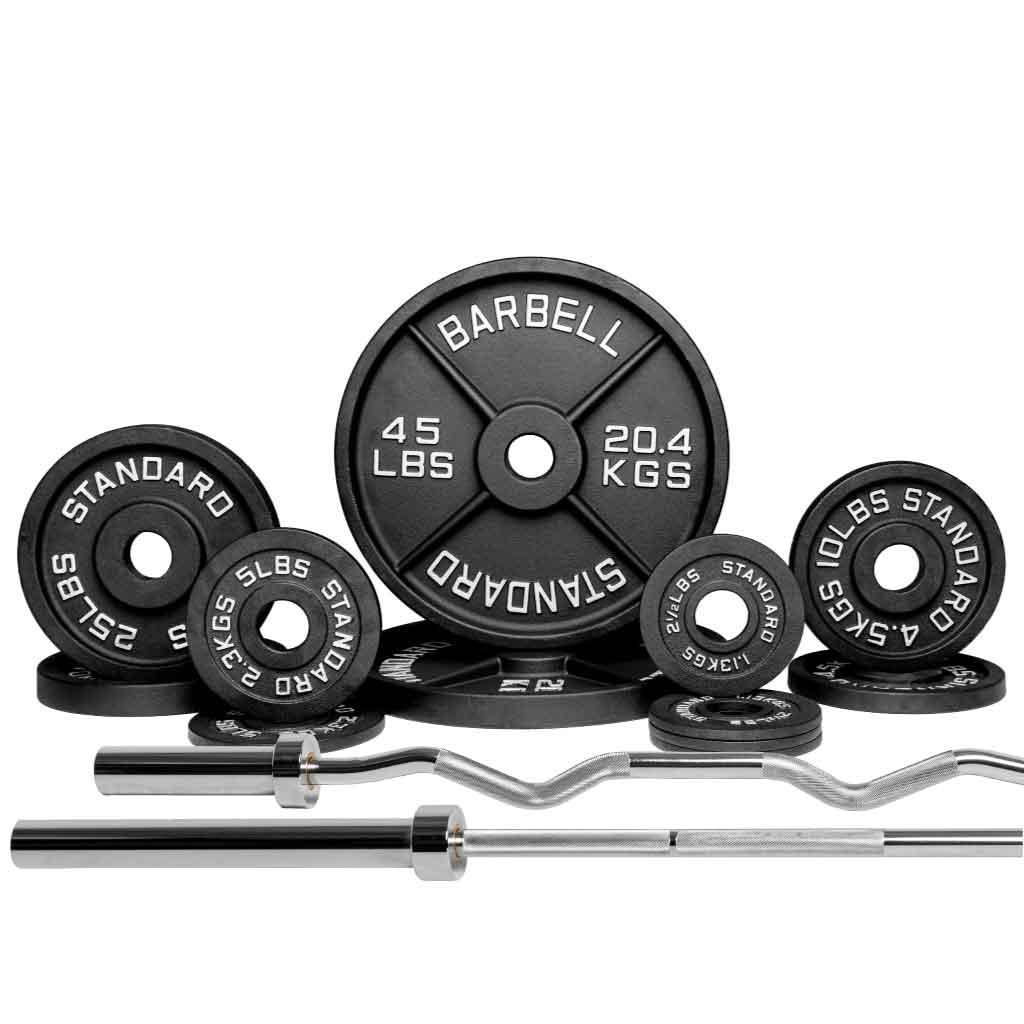
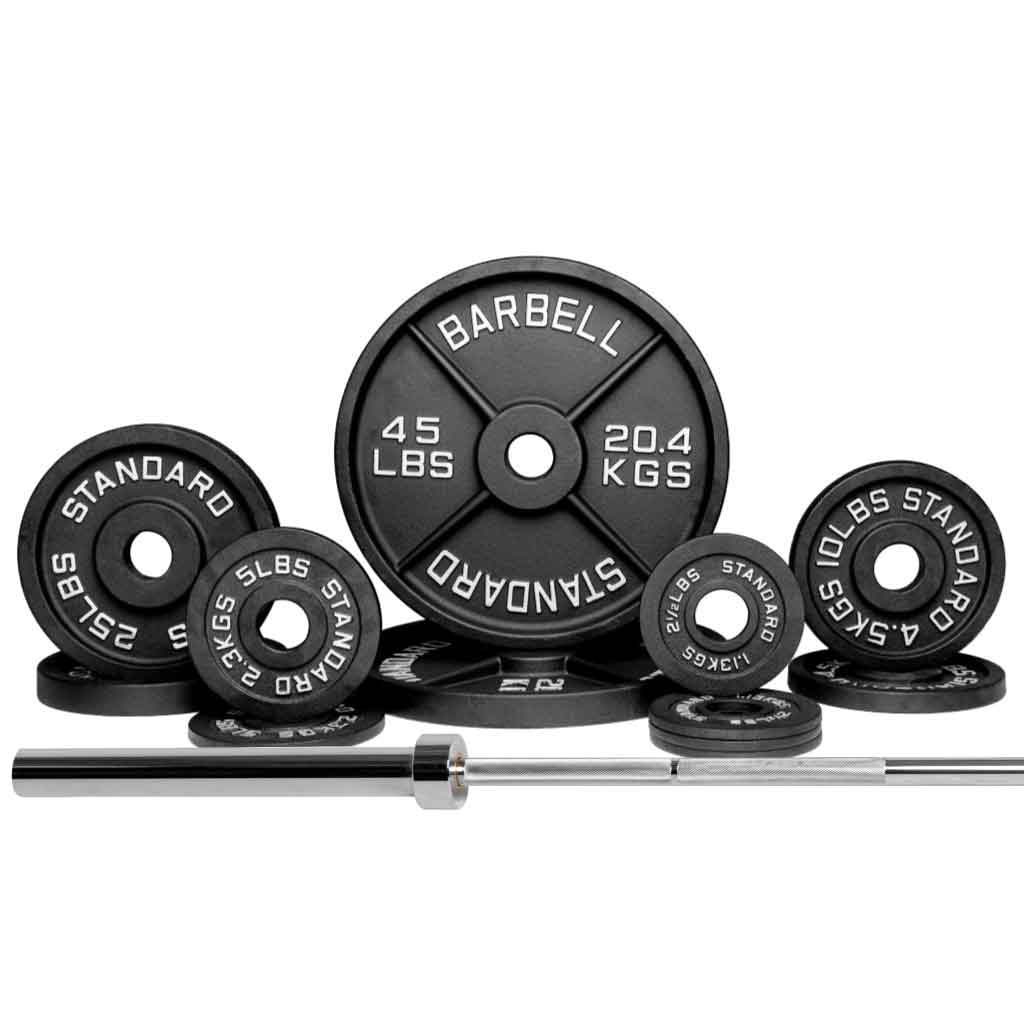
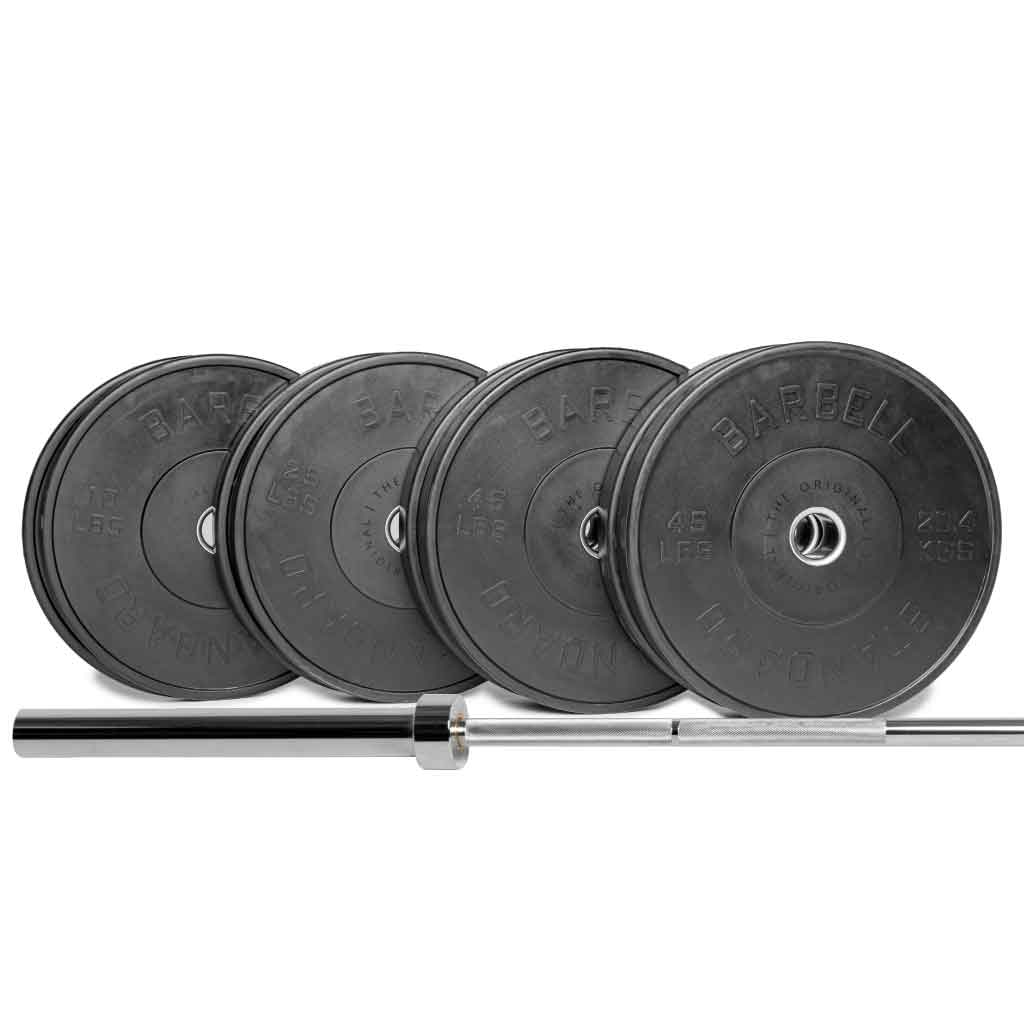
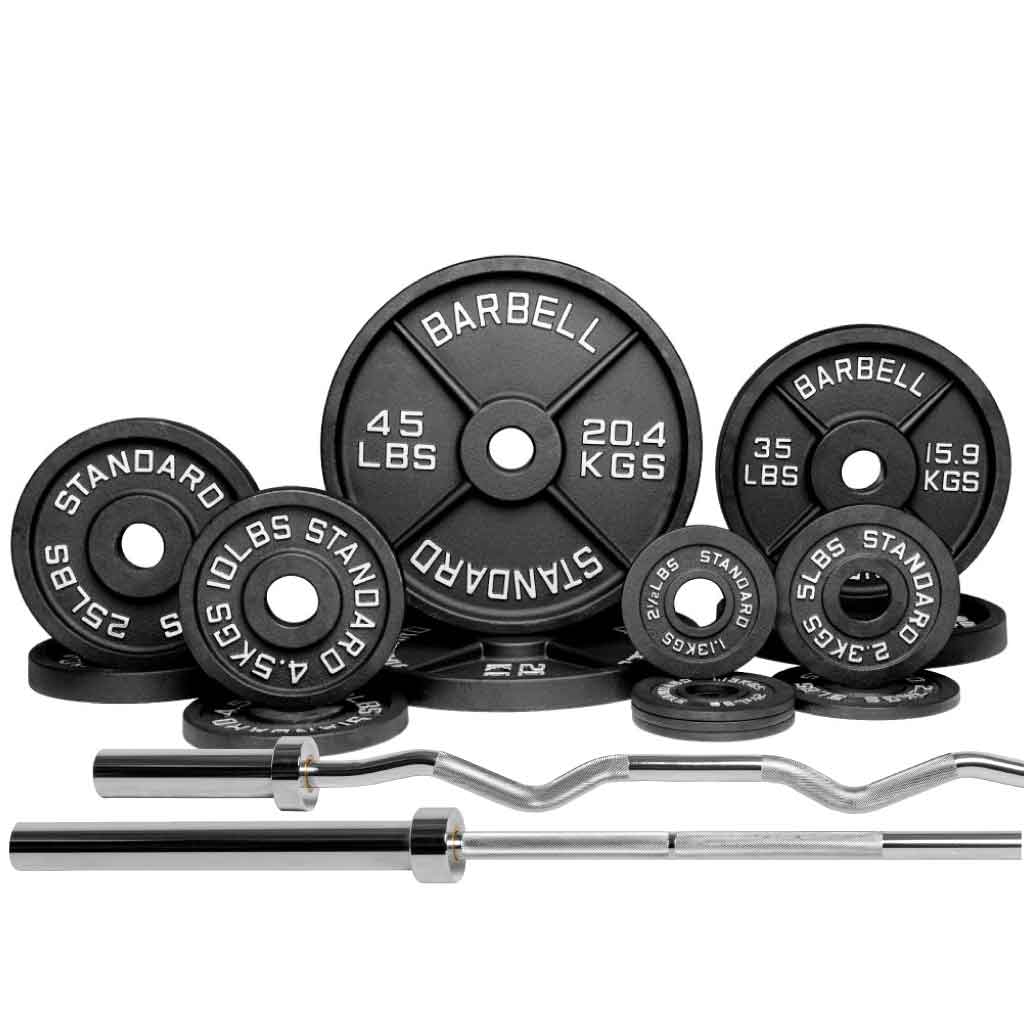
Barbell 2000 Power Barbell Weight Sets
Barbell 2000 Sets are designed for lifters focusing on the Big 3 - Bench Press, Deadlift, and Squats. The Barbell 2000 is our heaviest duty, cold-pressed steel, full-sized 7' Olympic barbell. From the more aggressive knurl, to the lack of Oly knurl marks, down to the brass bushing sleeves for optimum Big 3 sleeve rotation - just like you, this bar was born to lift hard and heavy.
View full details
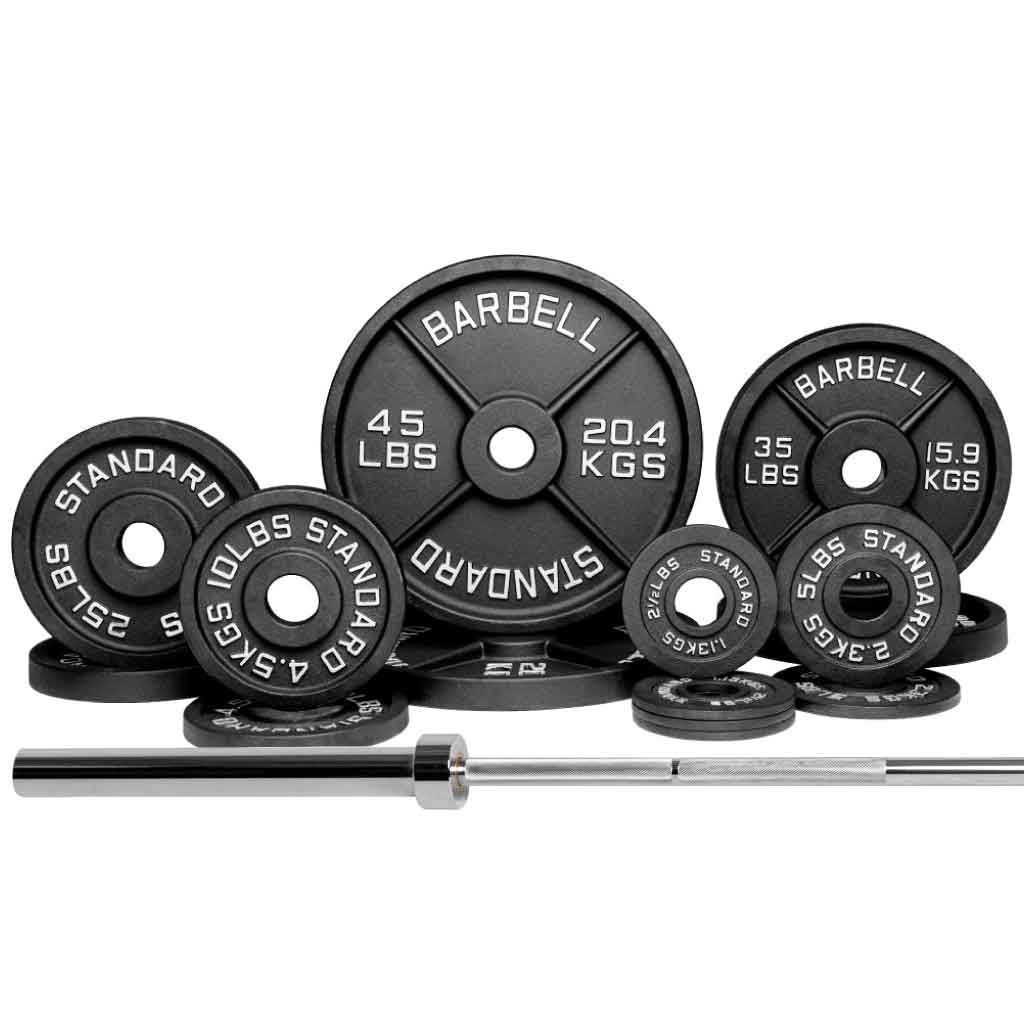
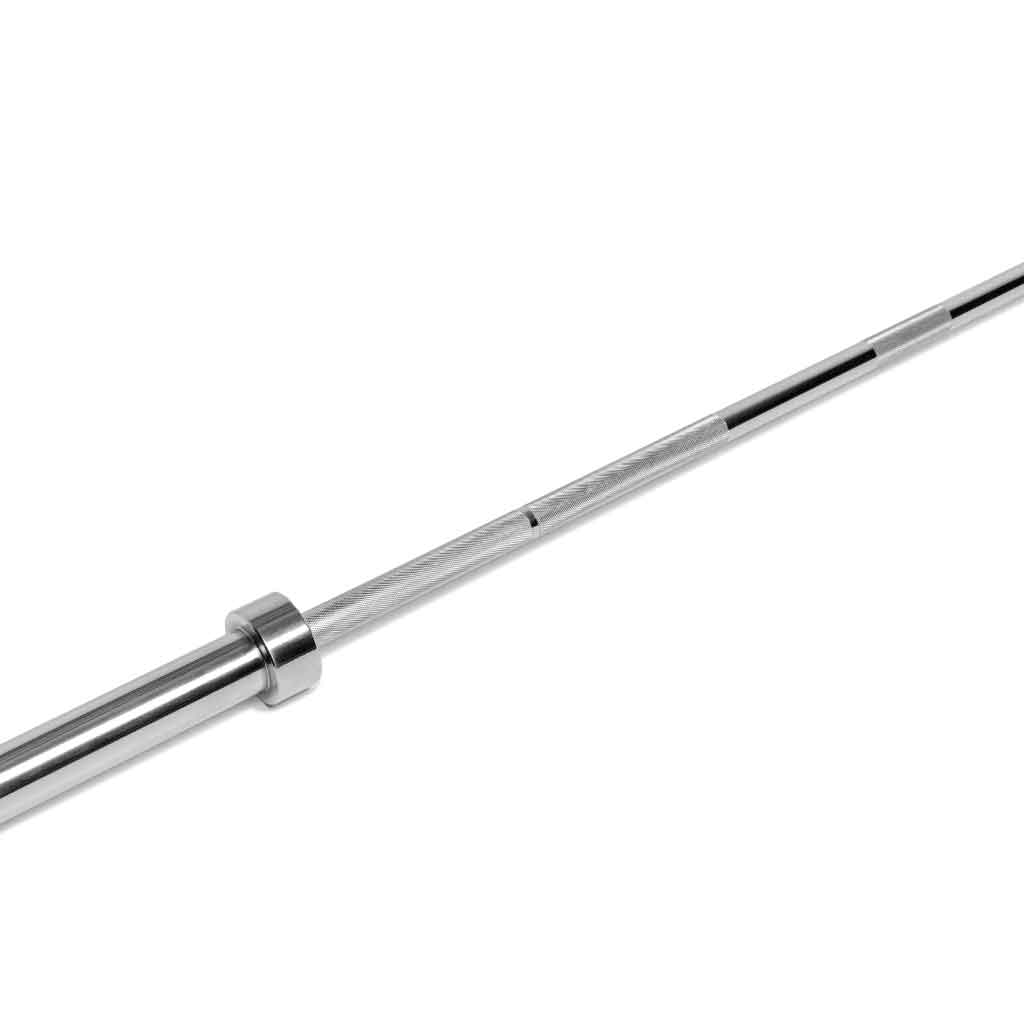

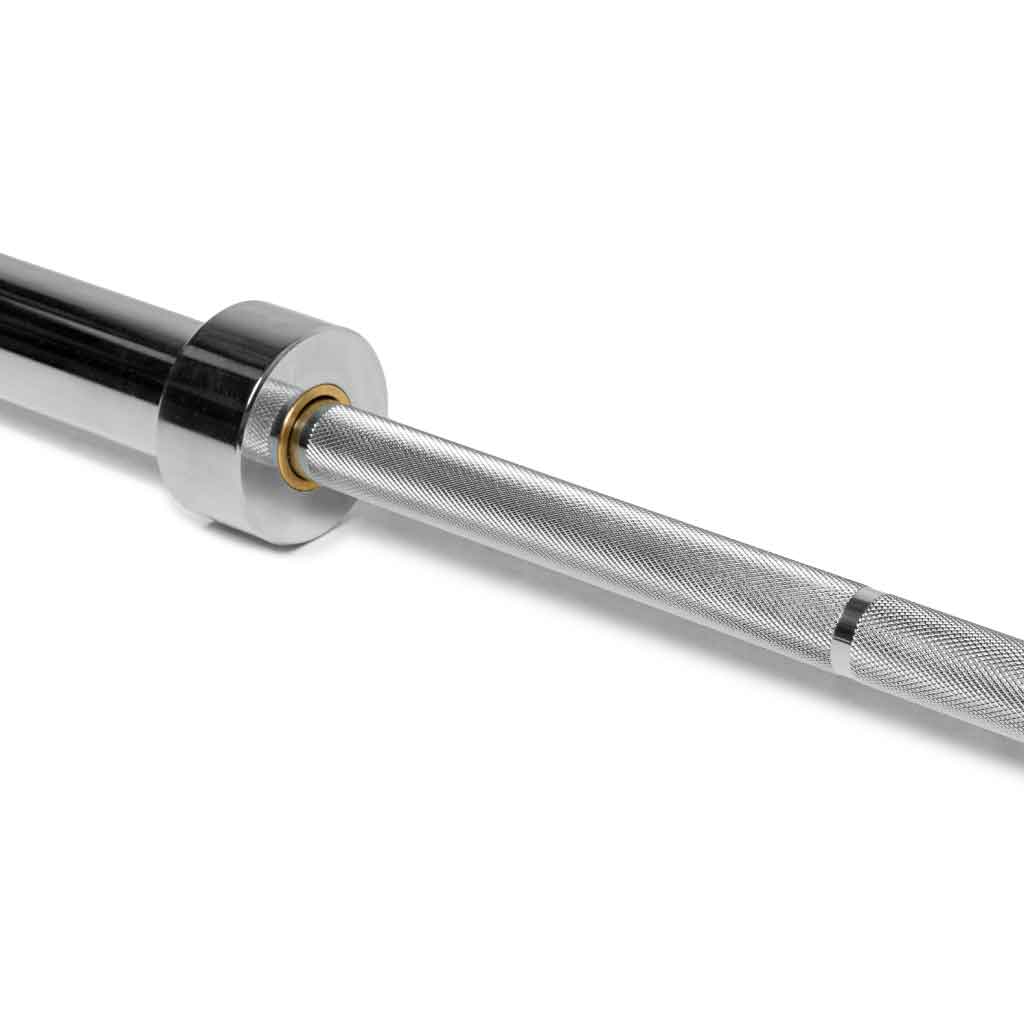
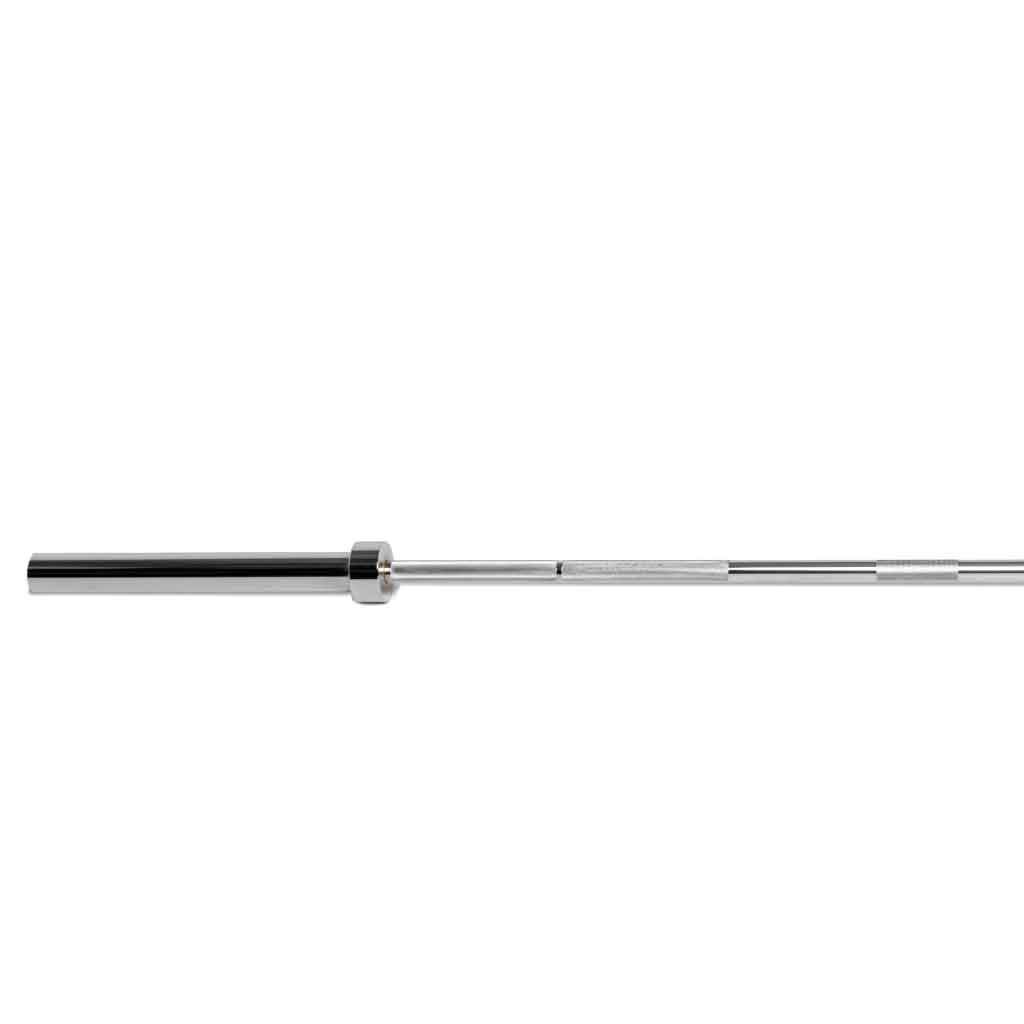
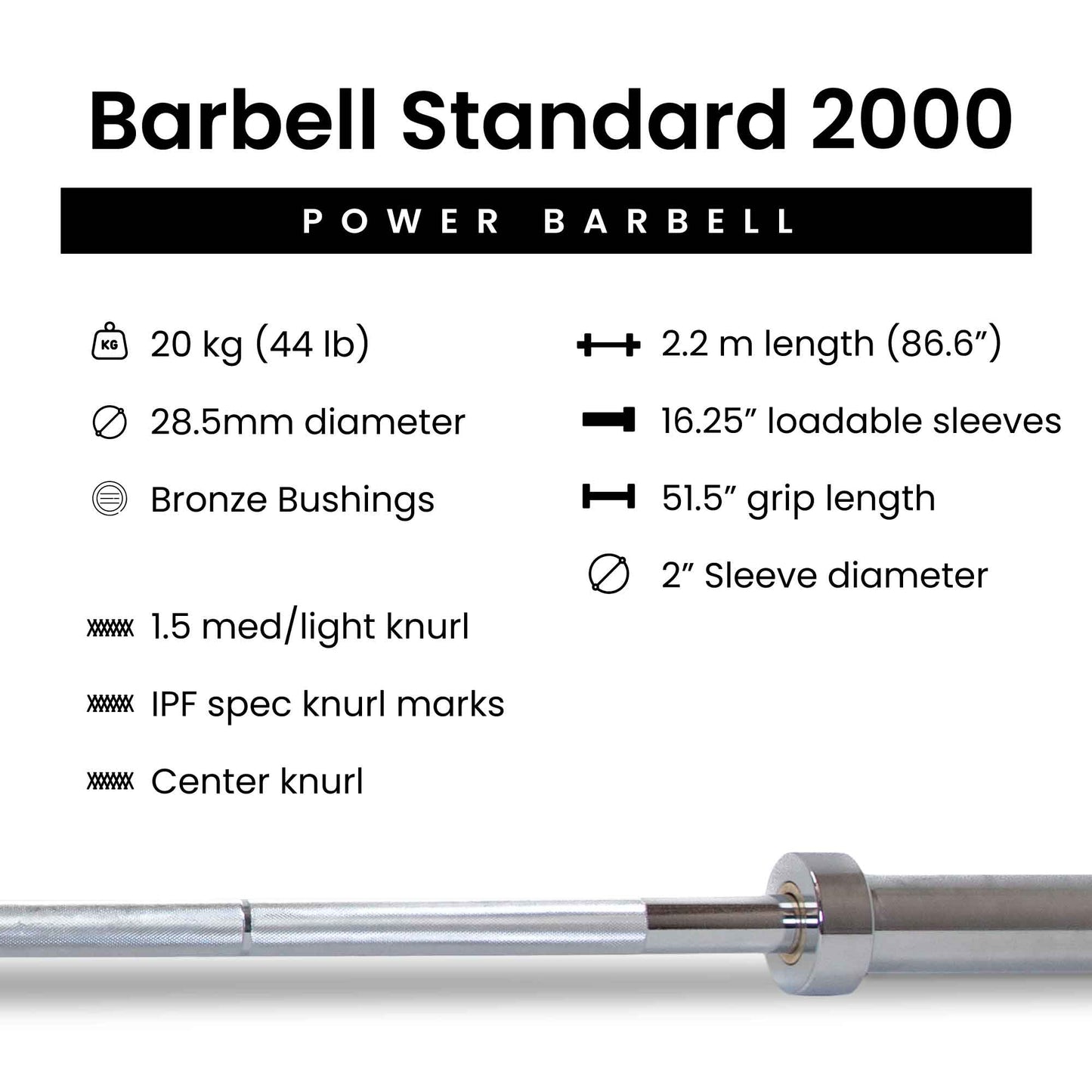

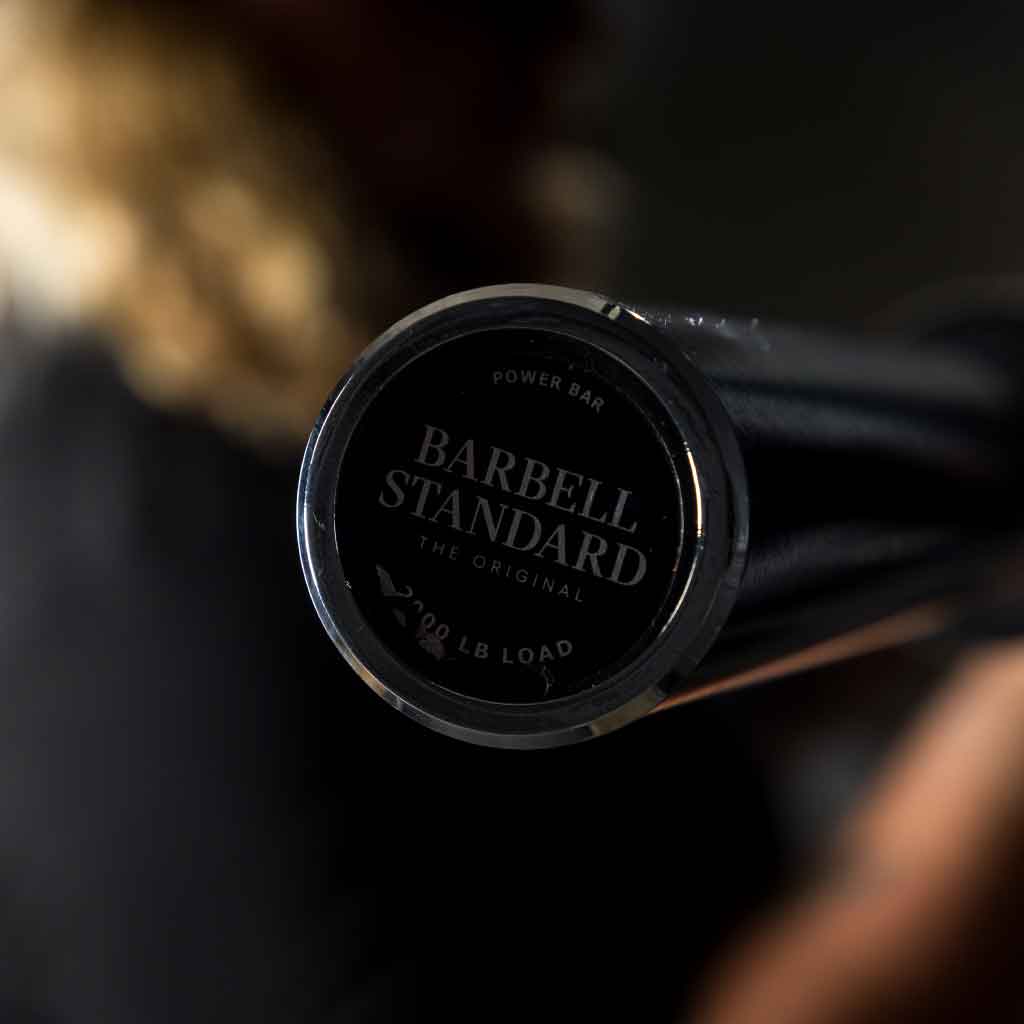
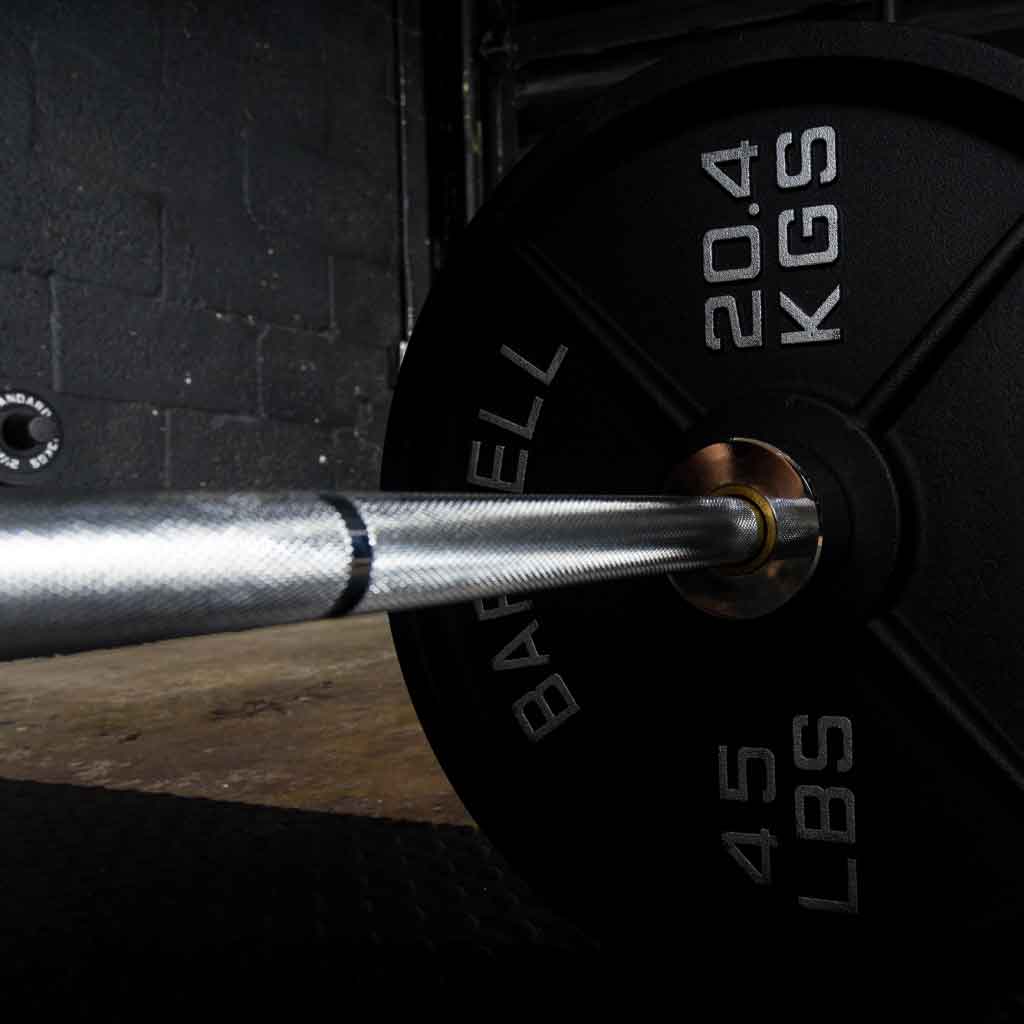
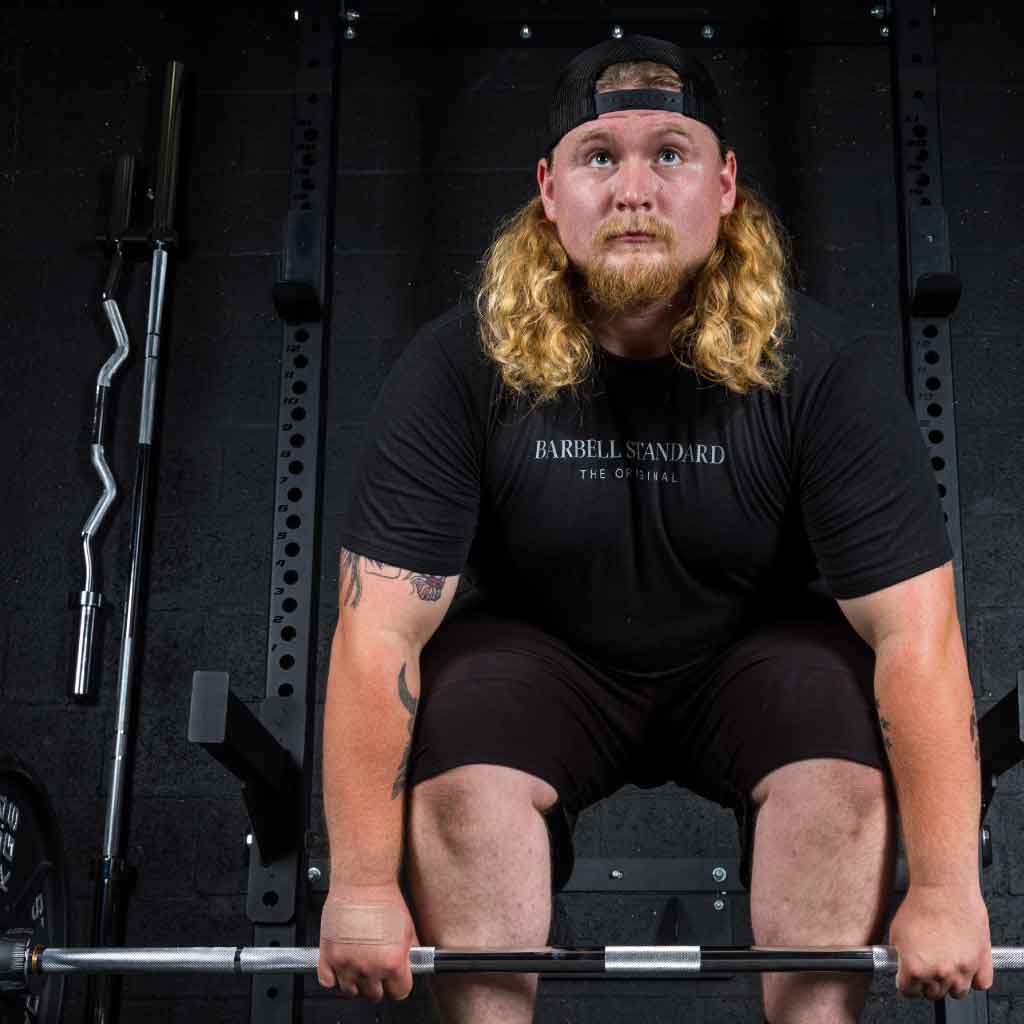
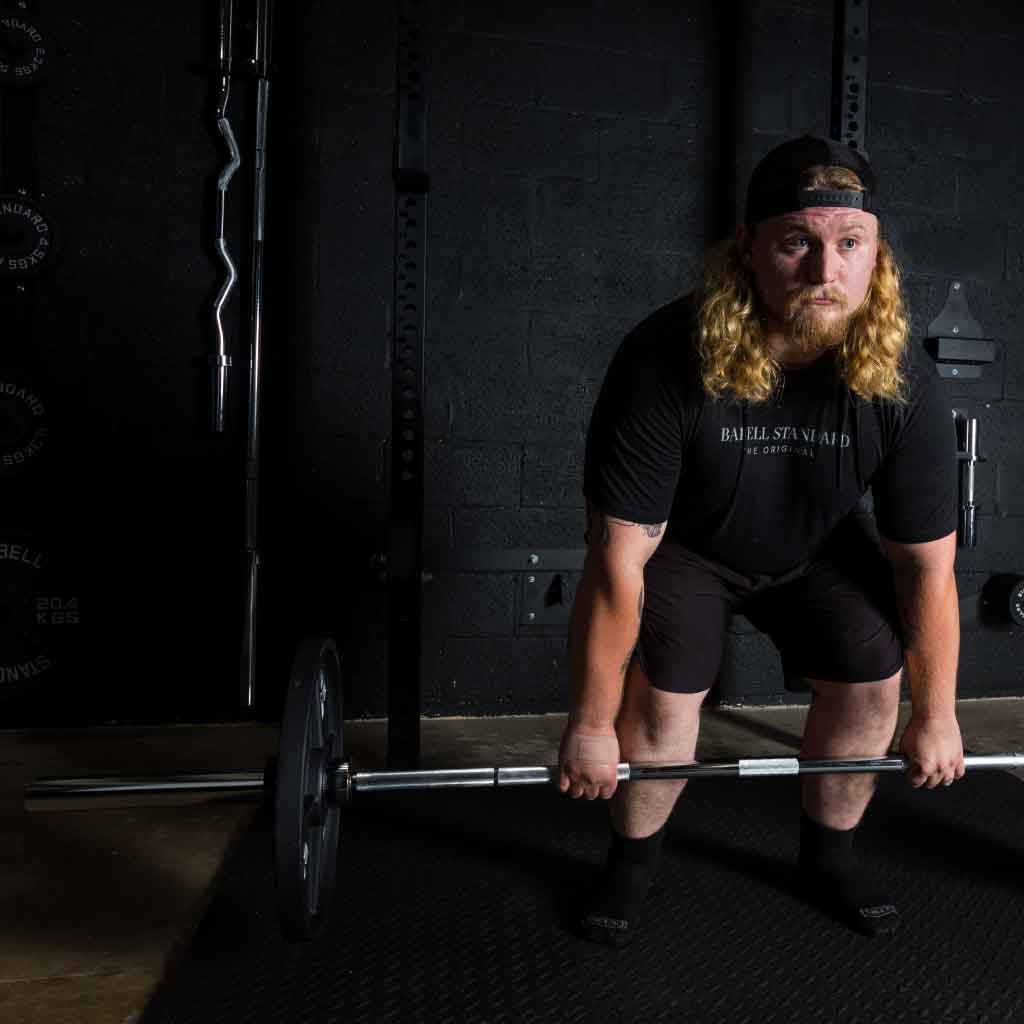
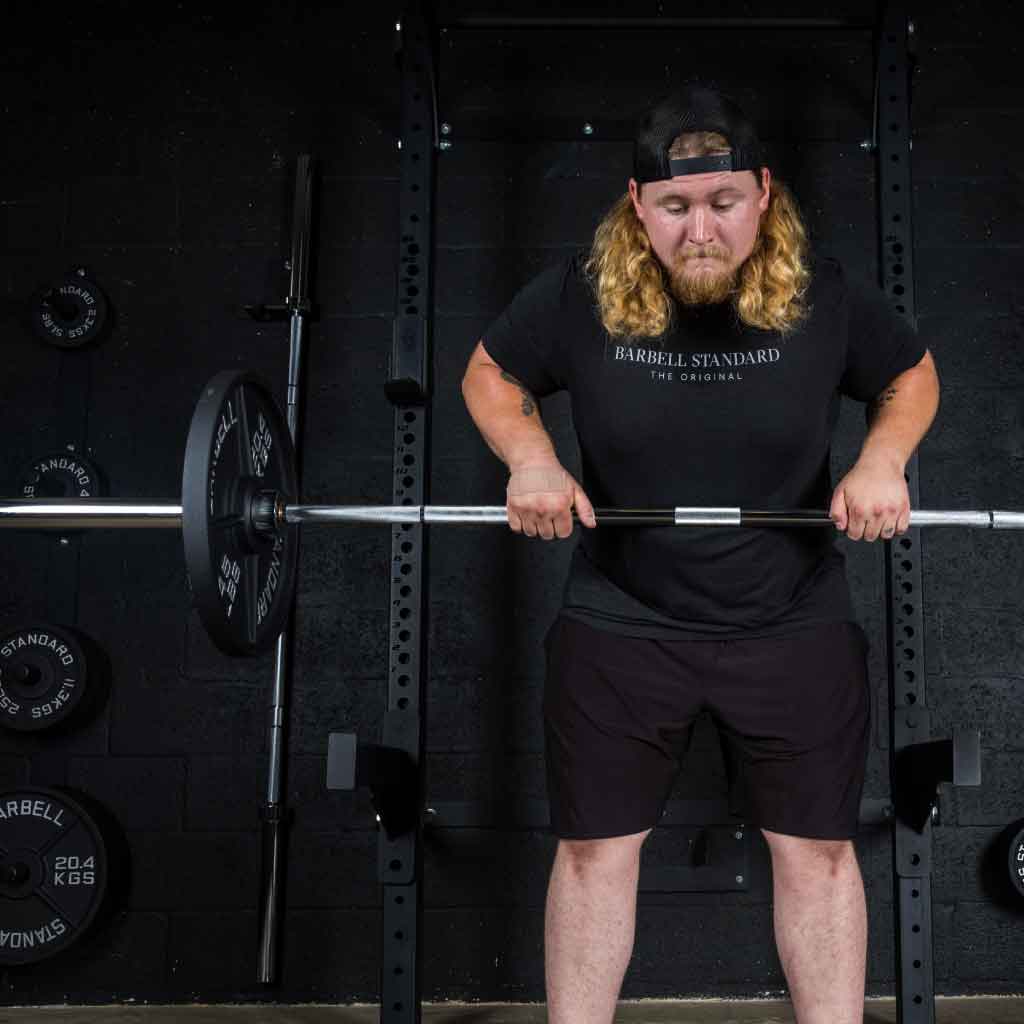

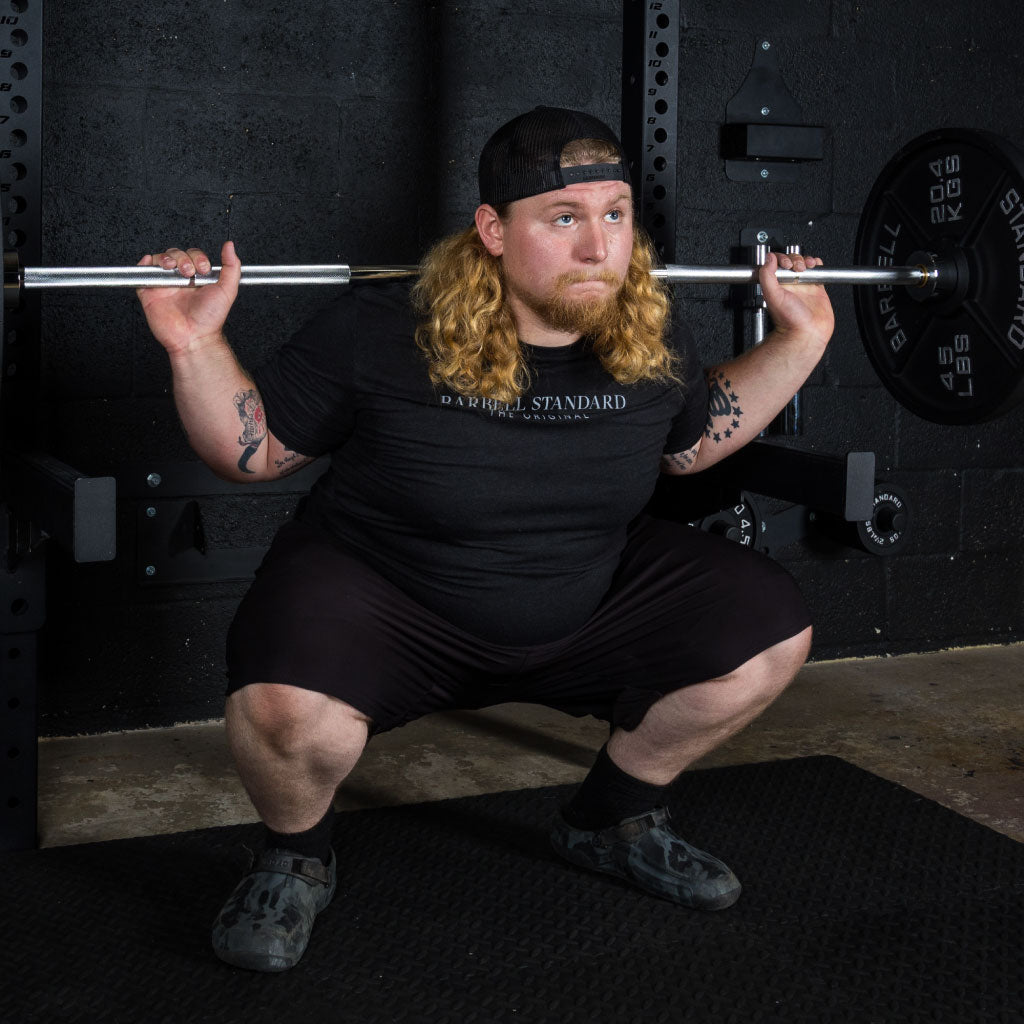
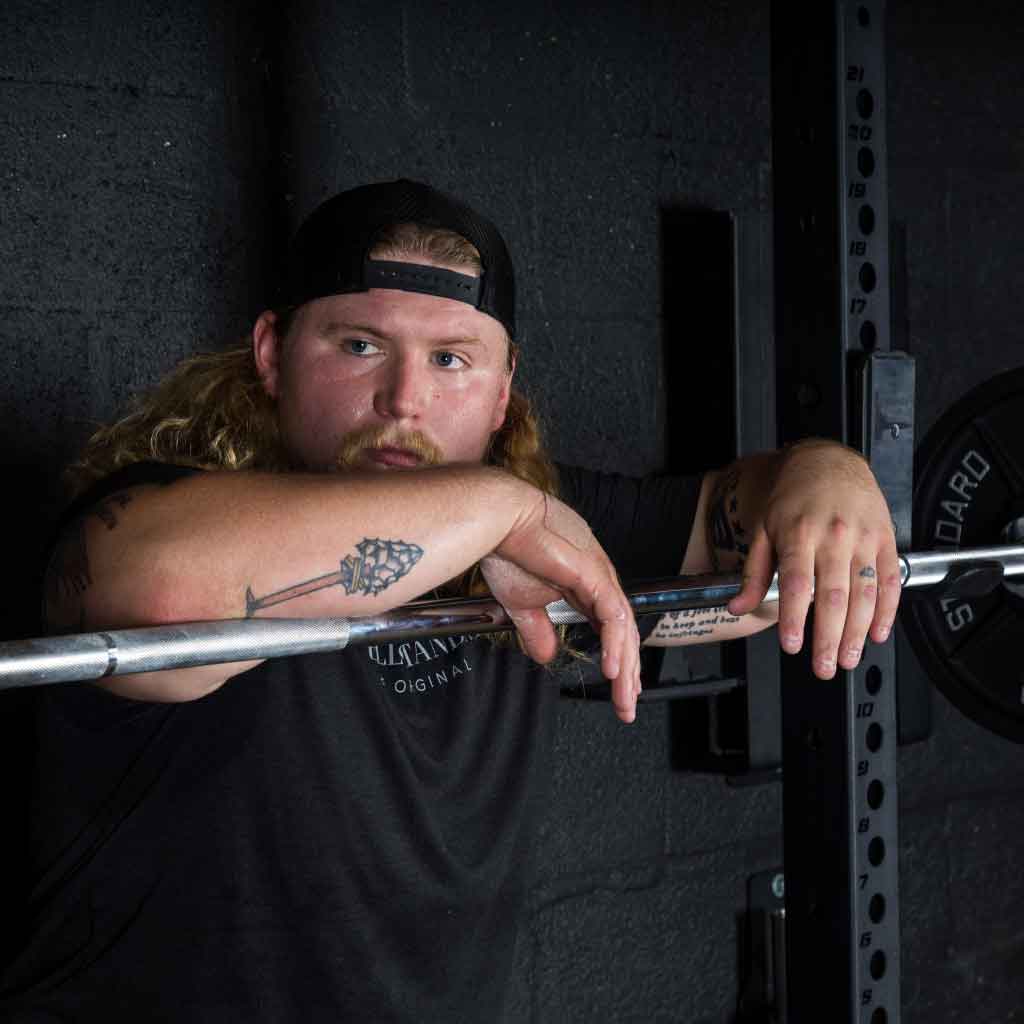
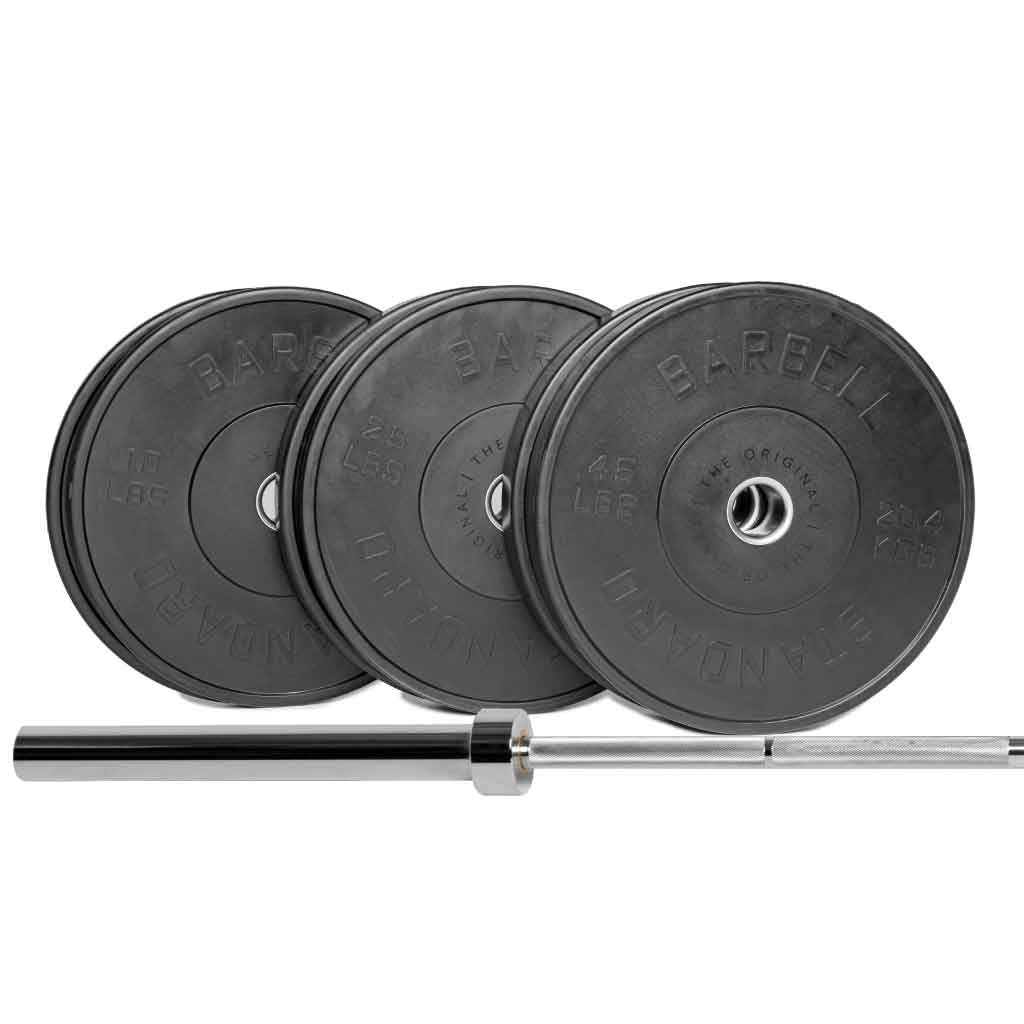

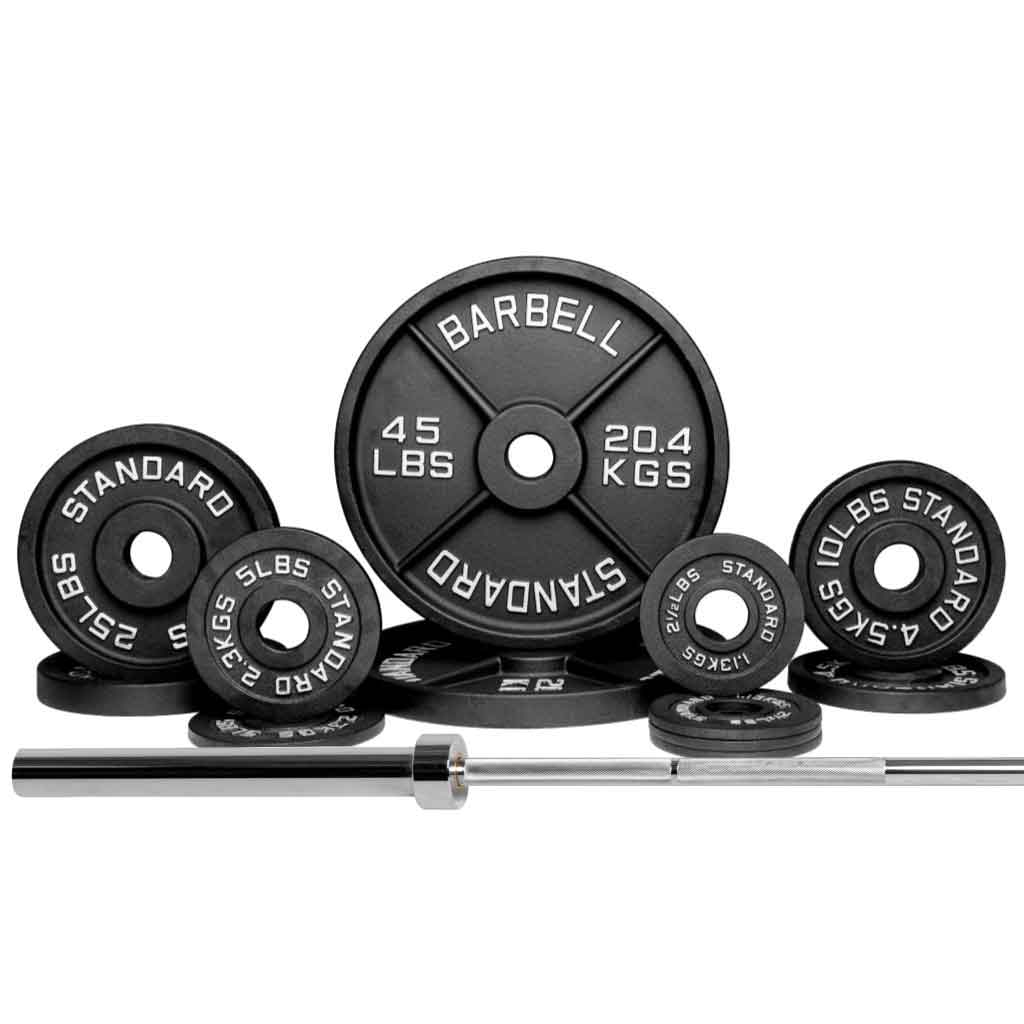
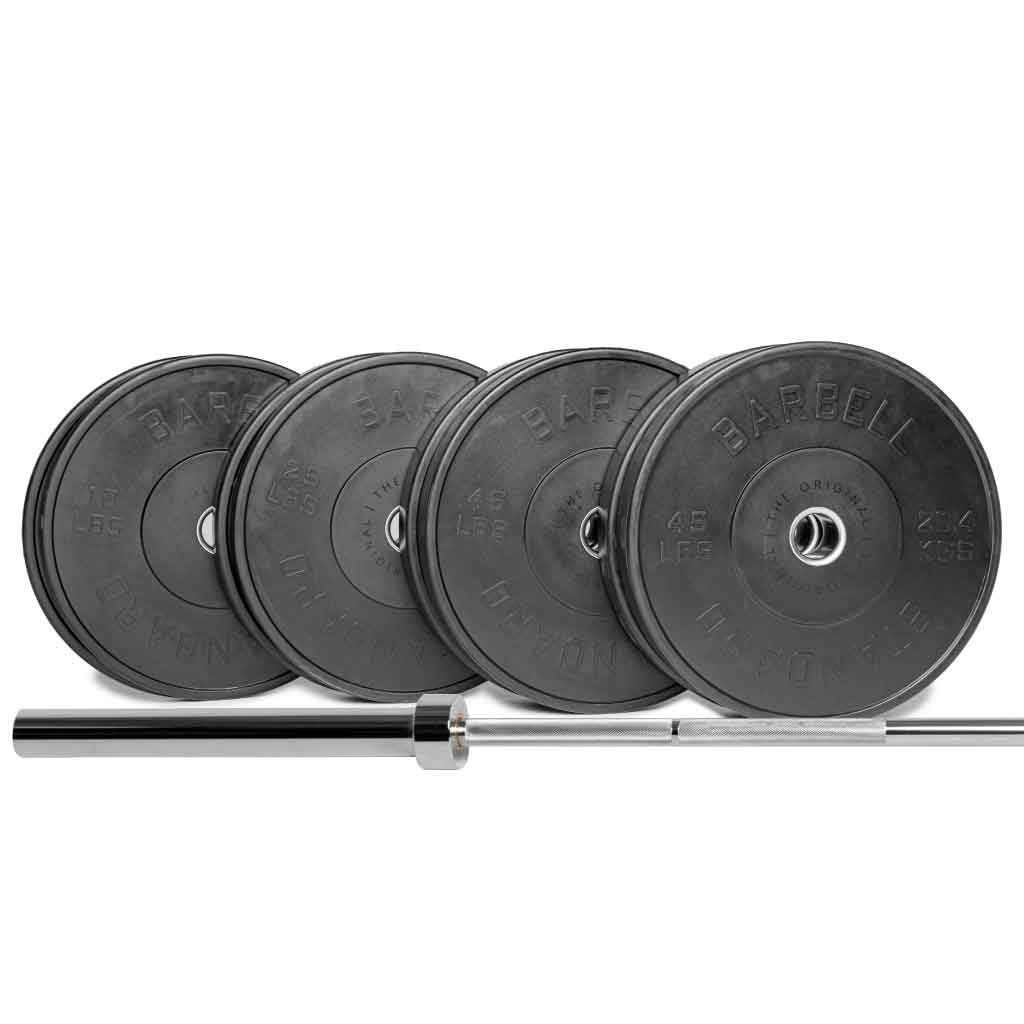
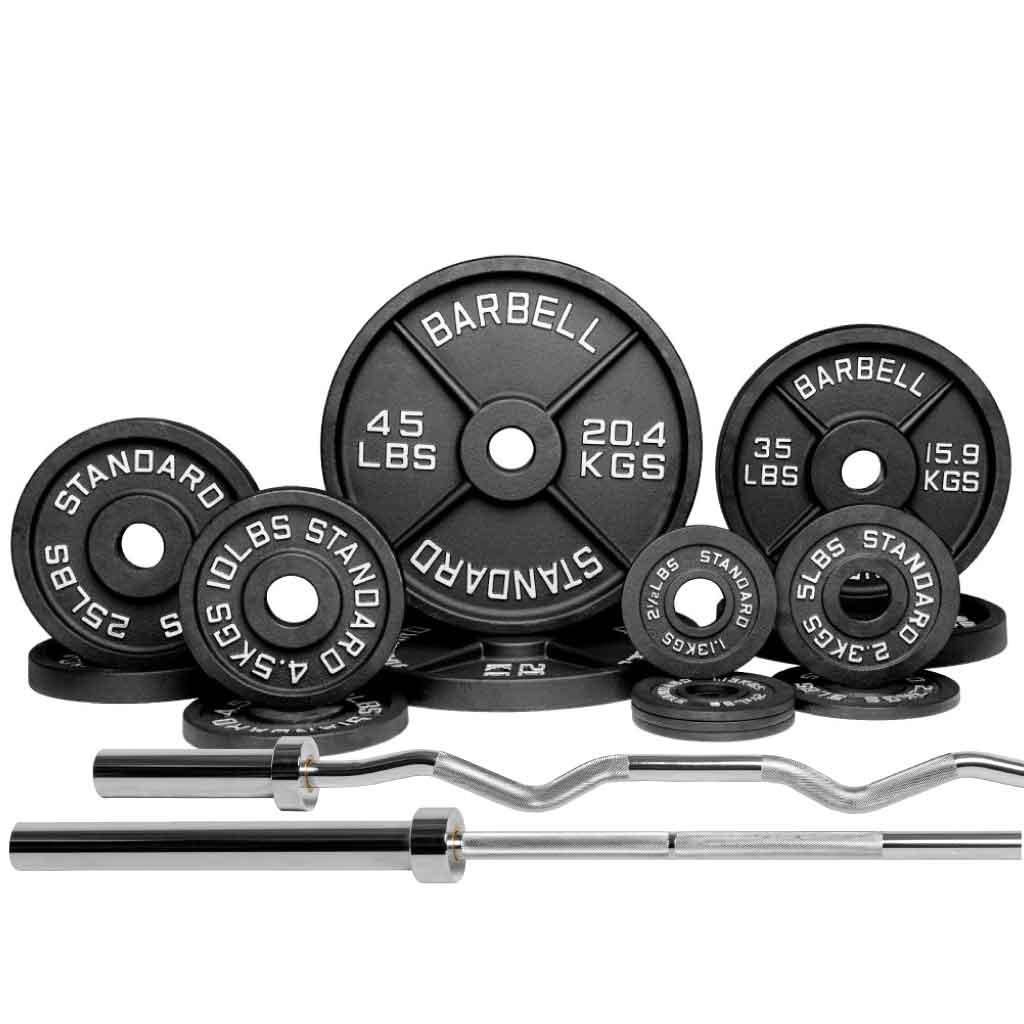

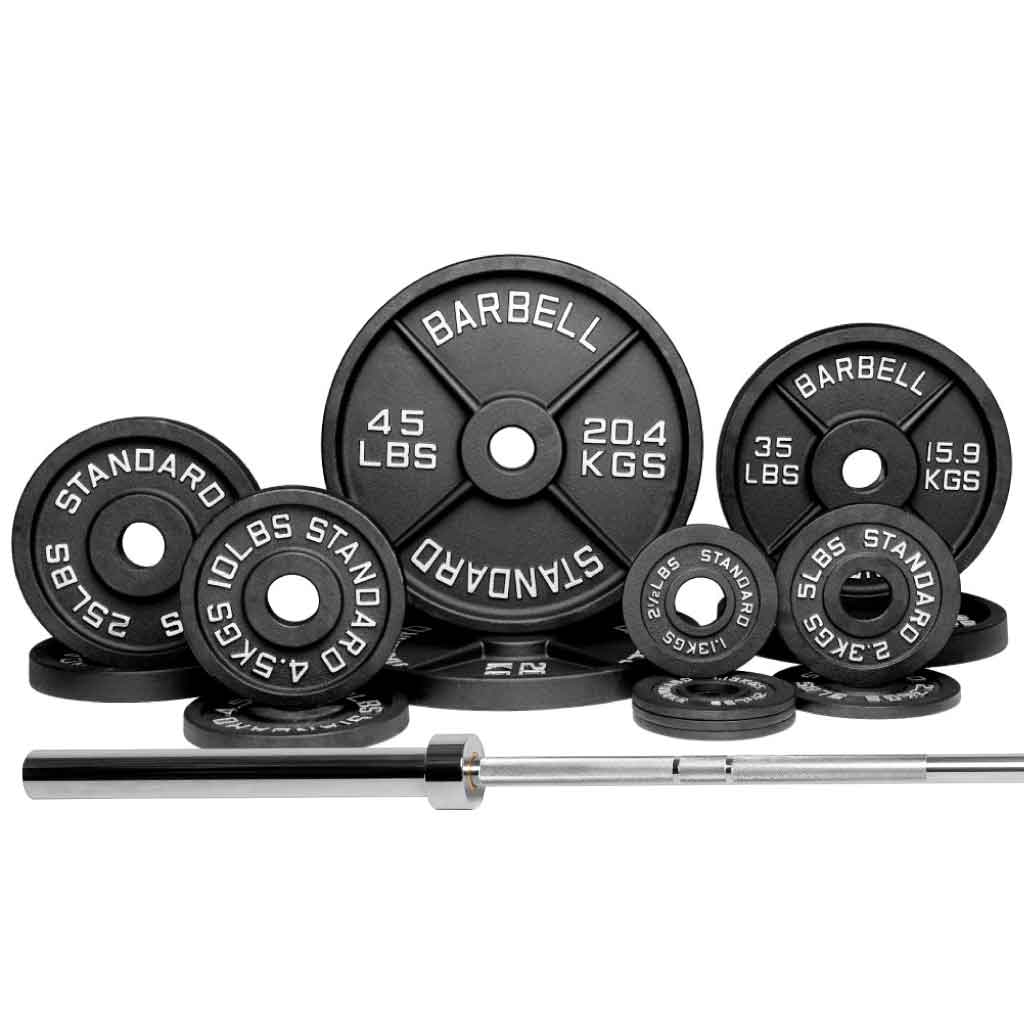
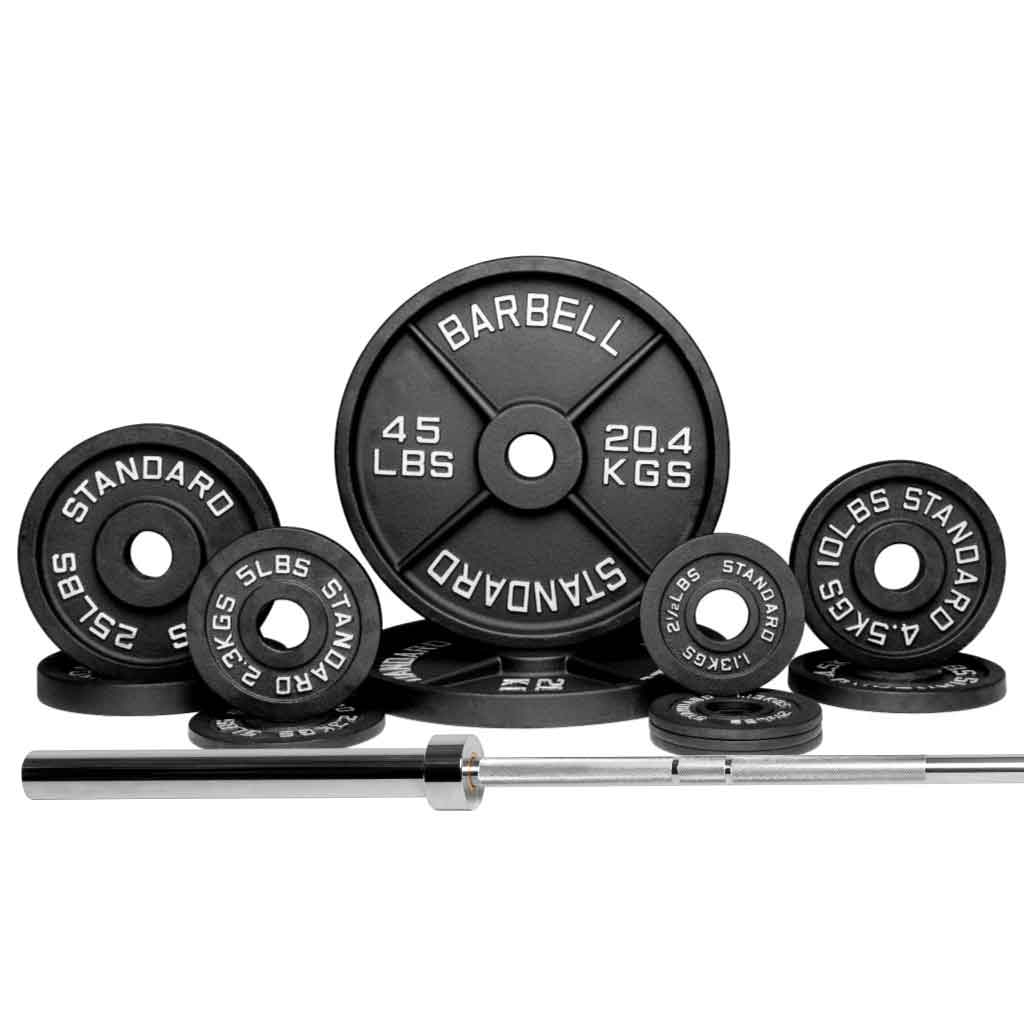
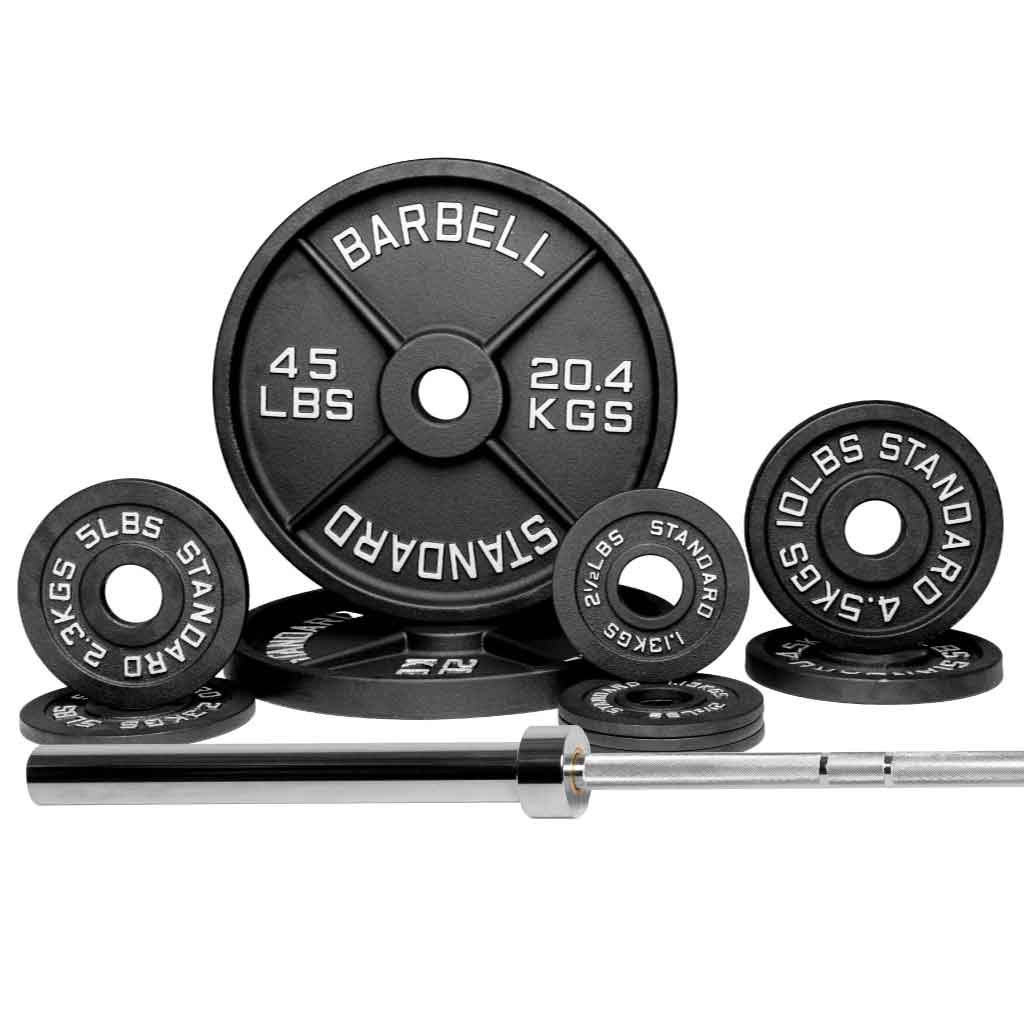
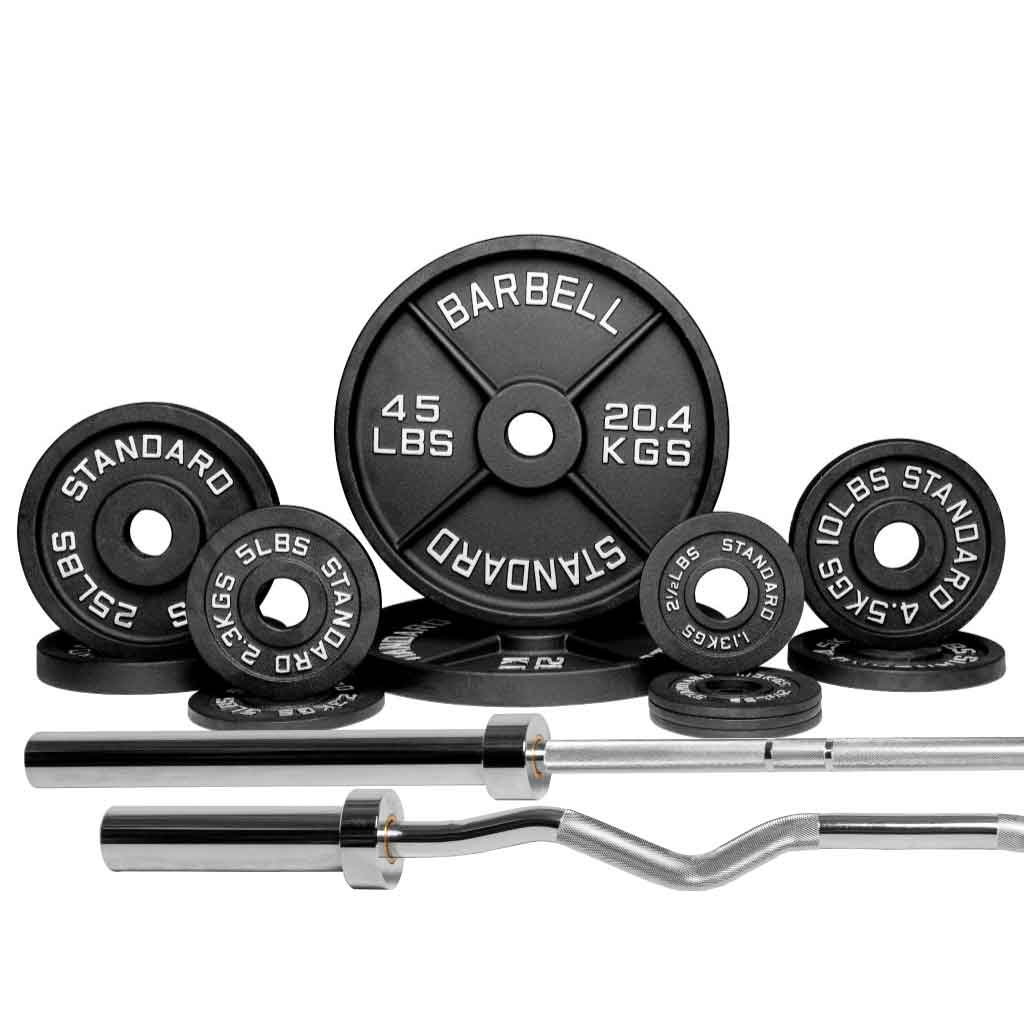
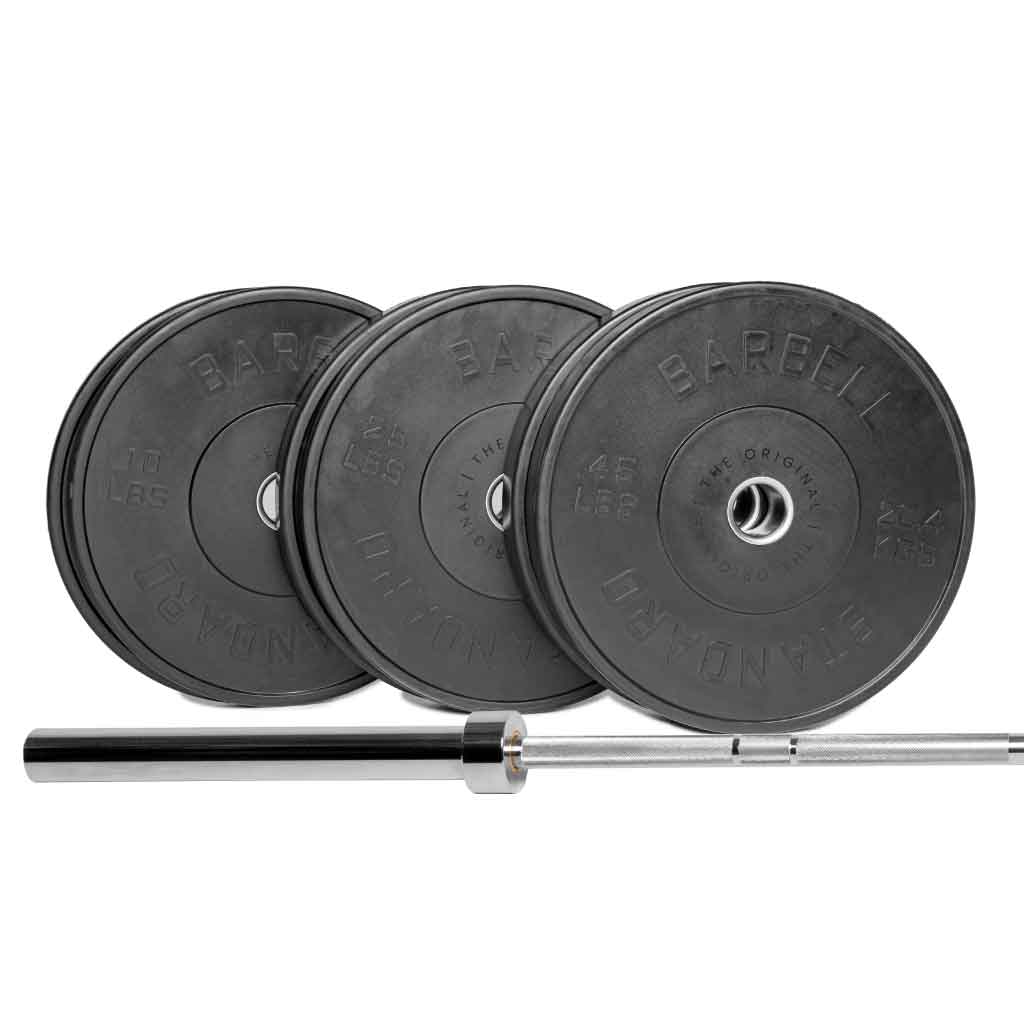

Barbell 1500 Olympic Barbell Weight Sets
These Barbell 1500 Sets are our most popular bar and weight sets. With our all-purpose Barbell 1500, these sets offer a premium experience for both Olympic lifts and your heaviest Powerlifting days. This standard 7' 20kg Olympic 2" barbell is the only bar that you'll ever need.
View full details






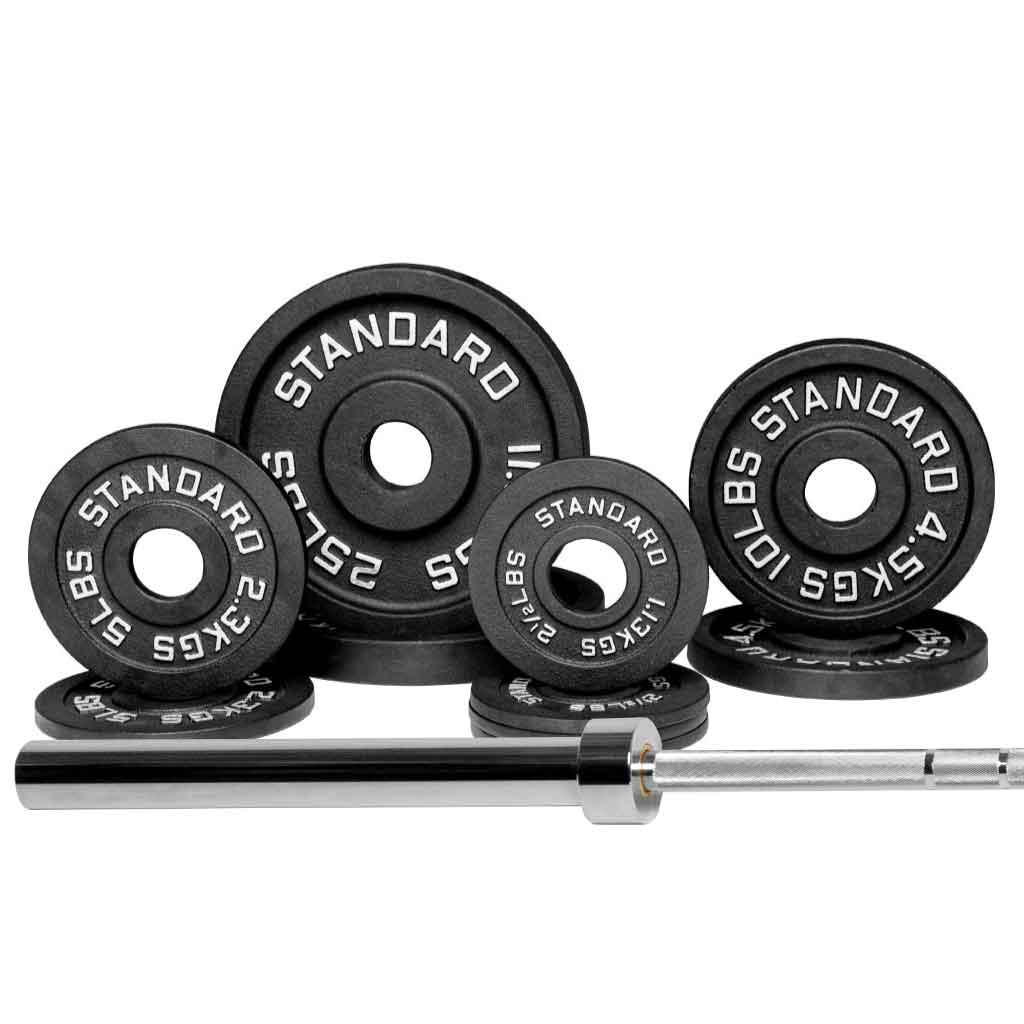
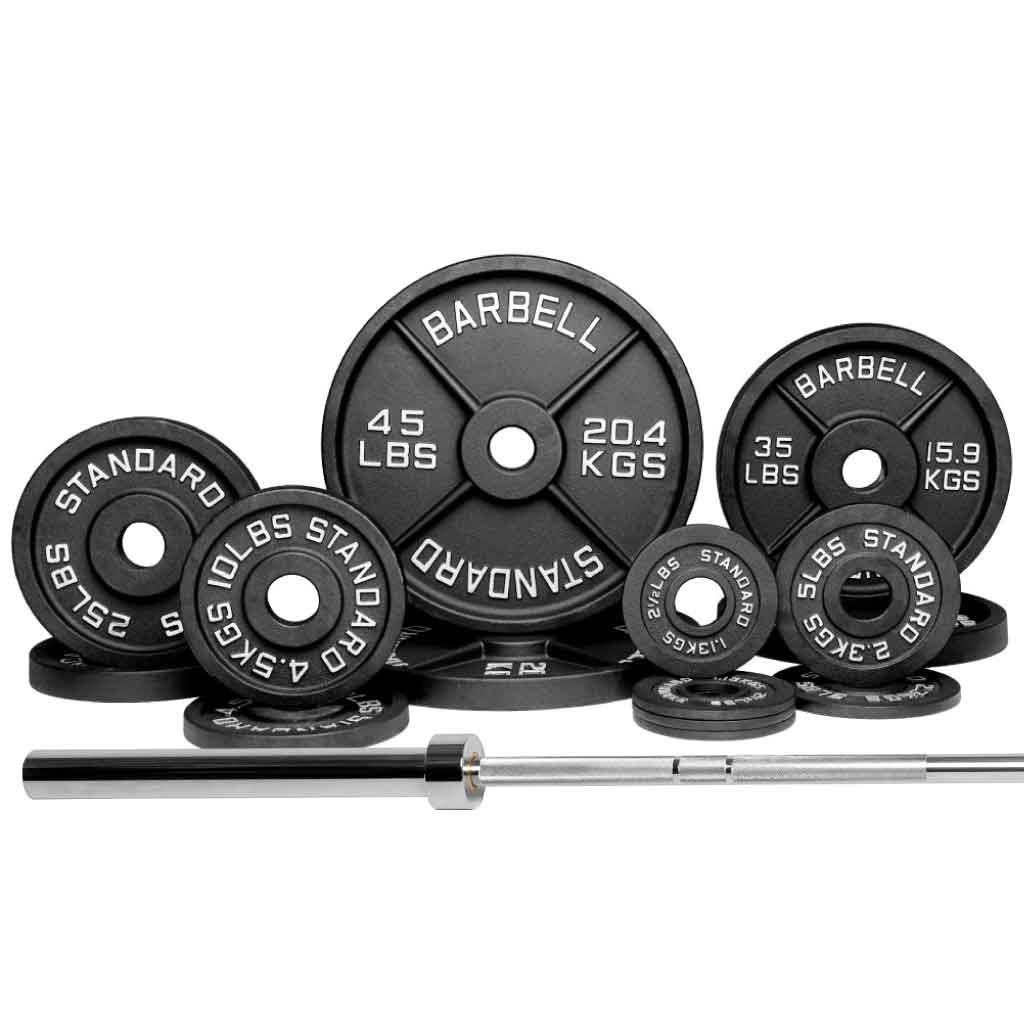
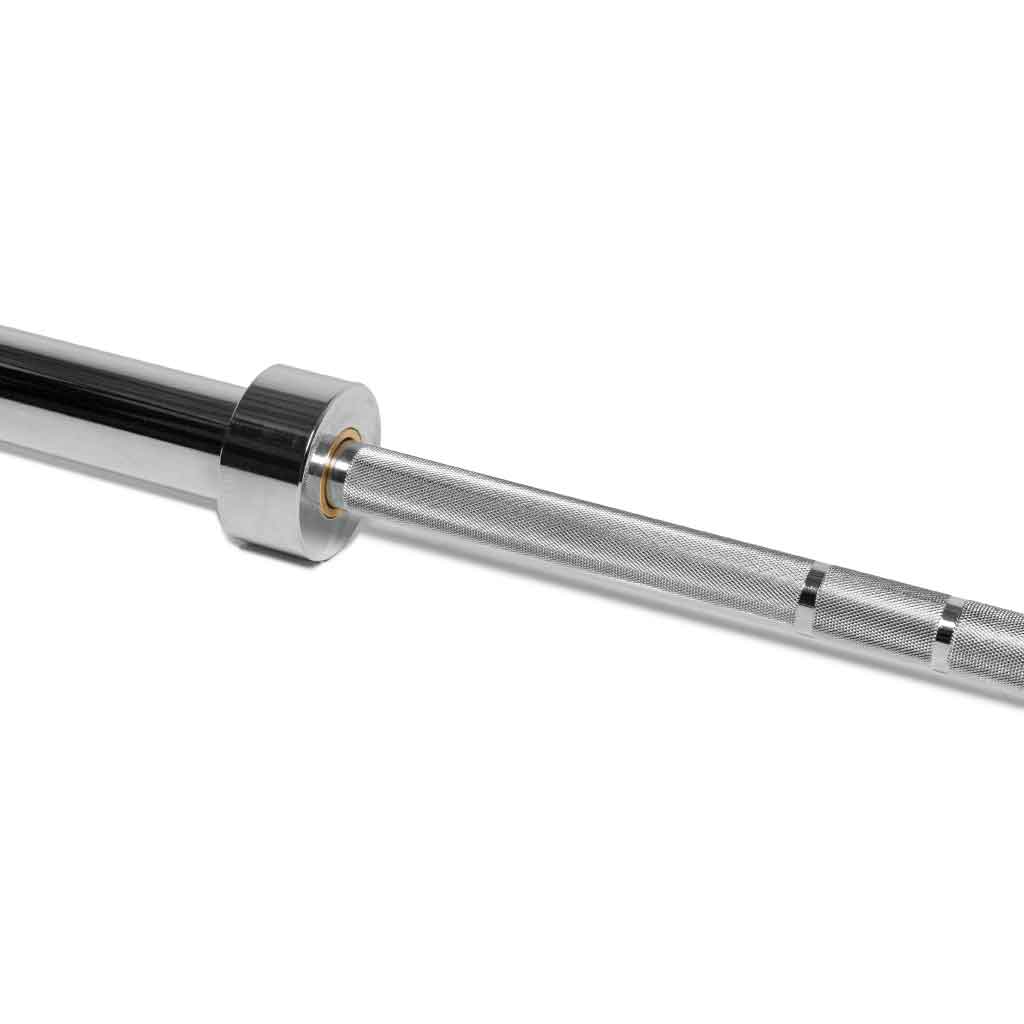
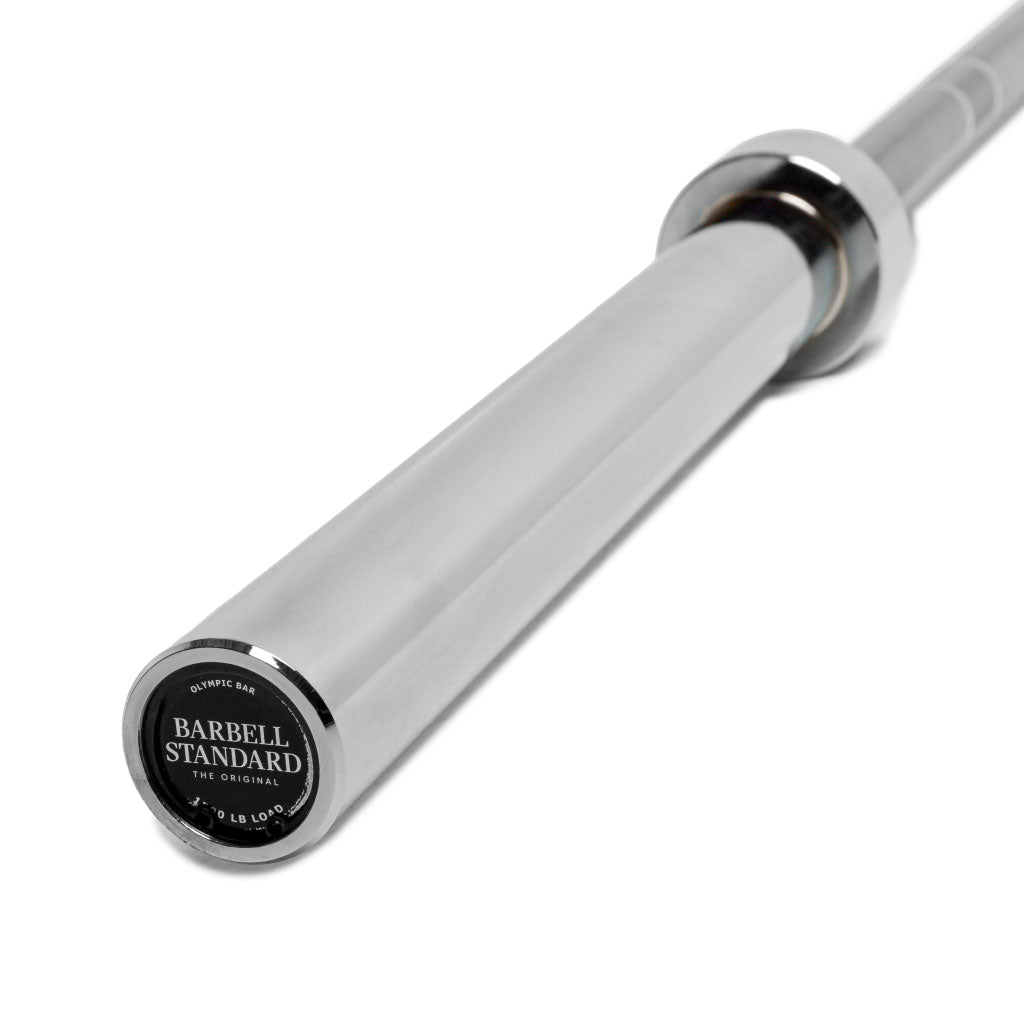
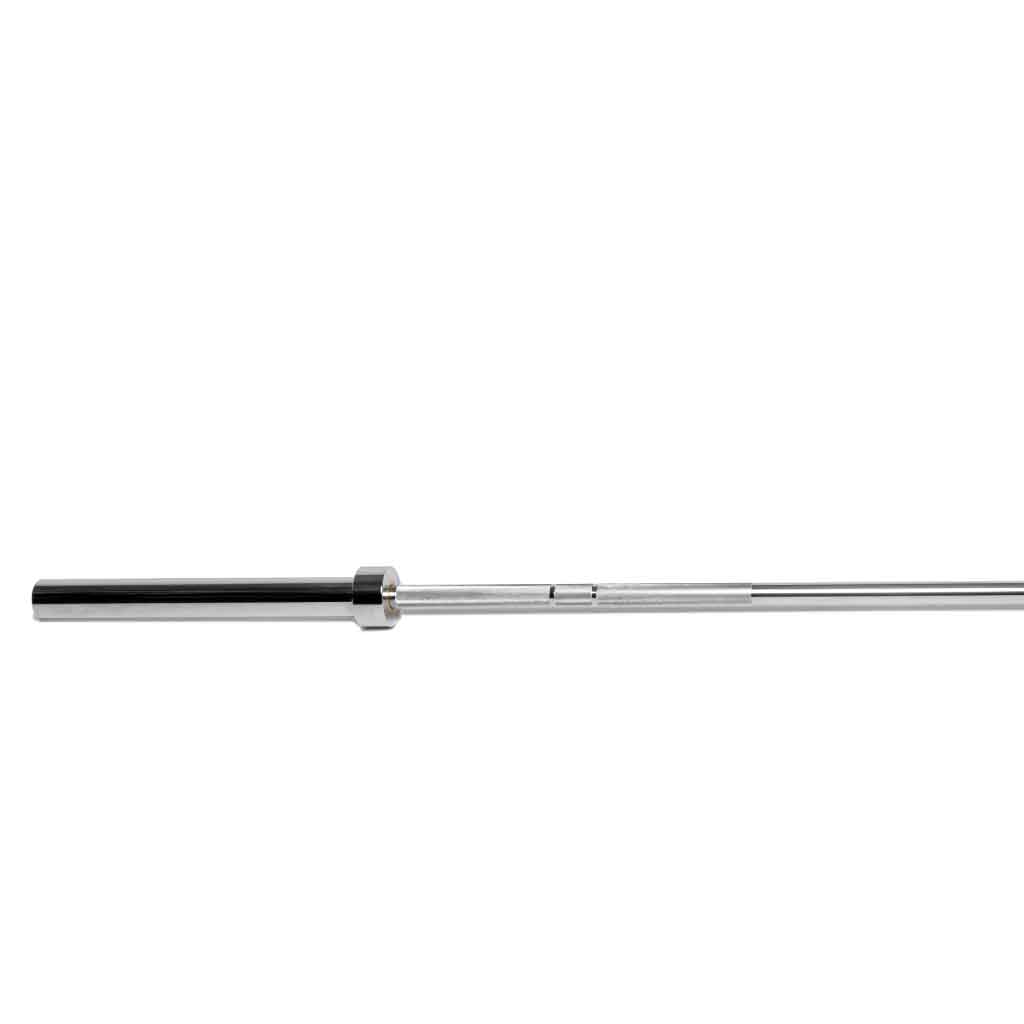
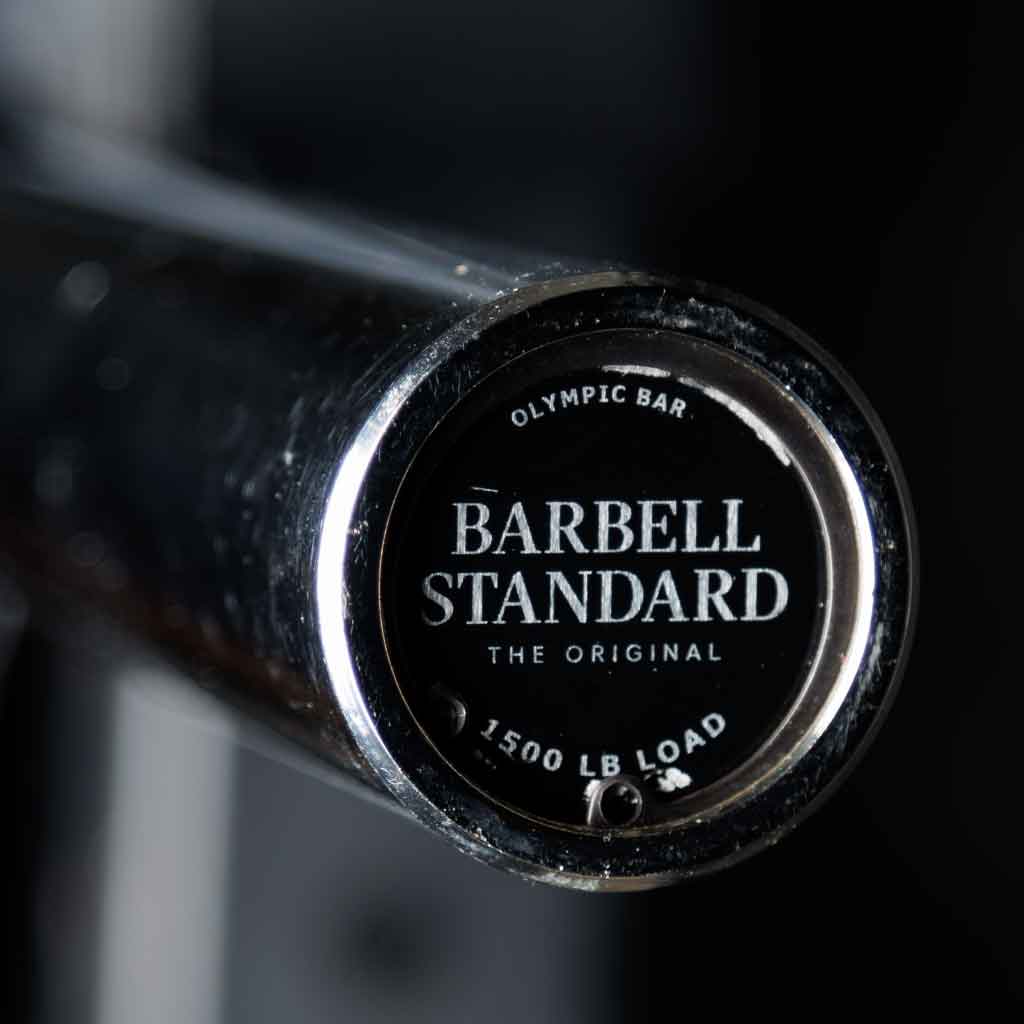
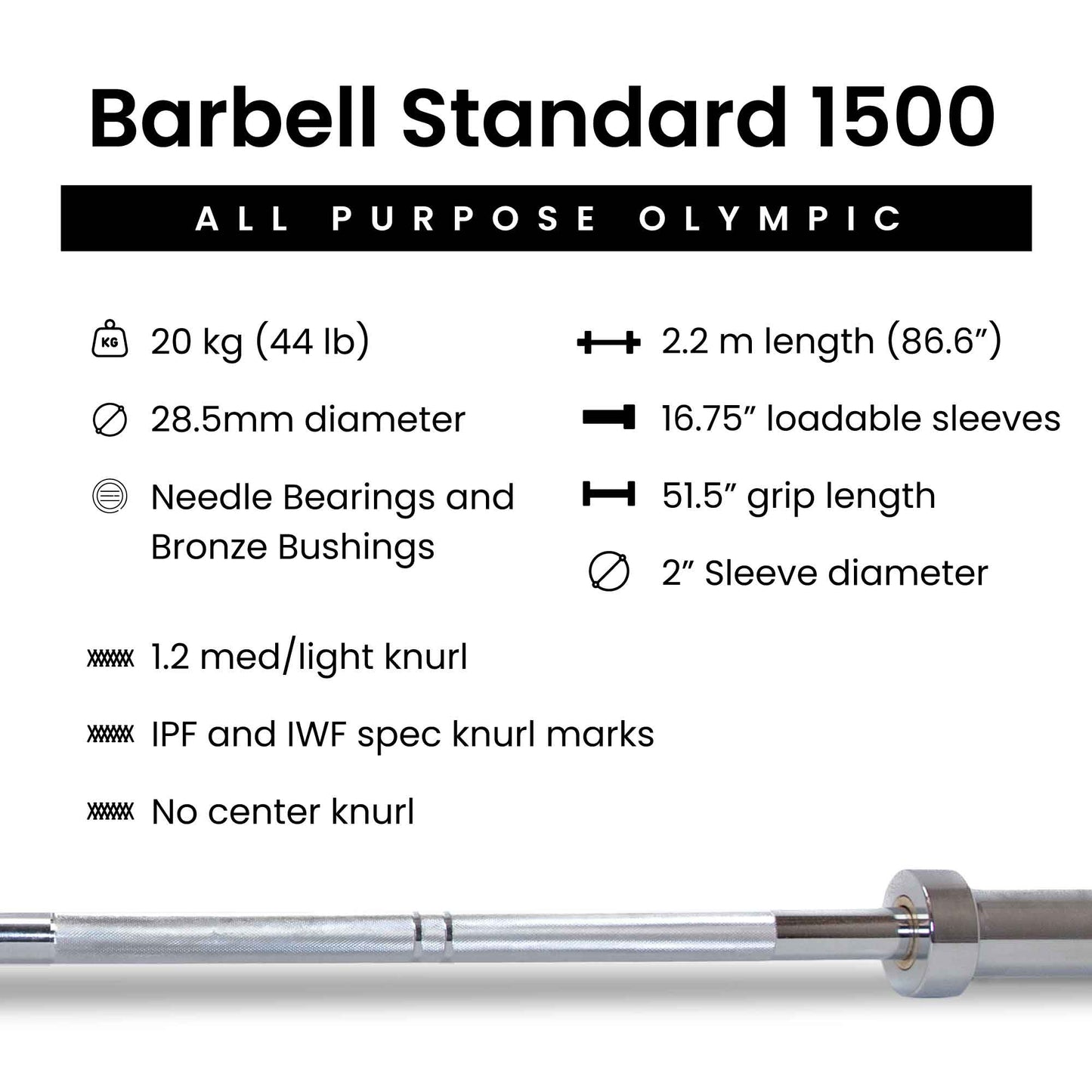
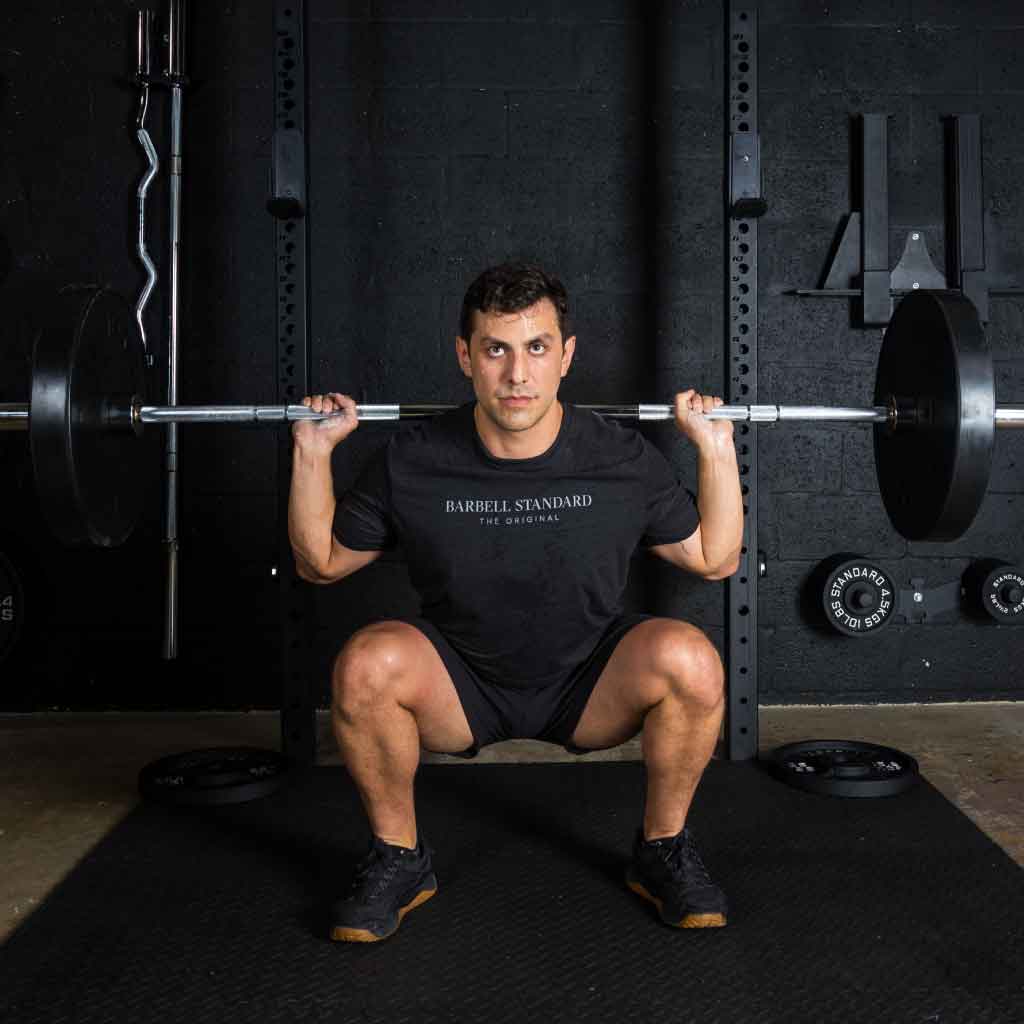
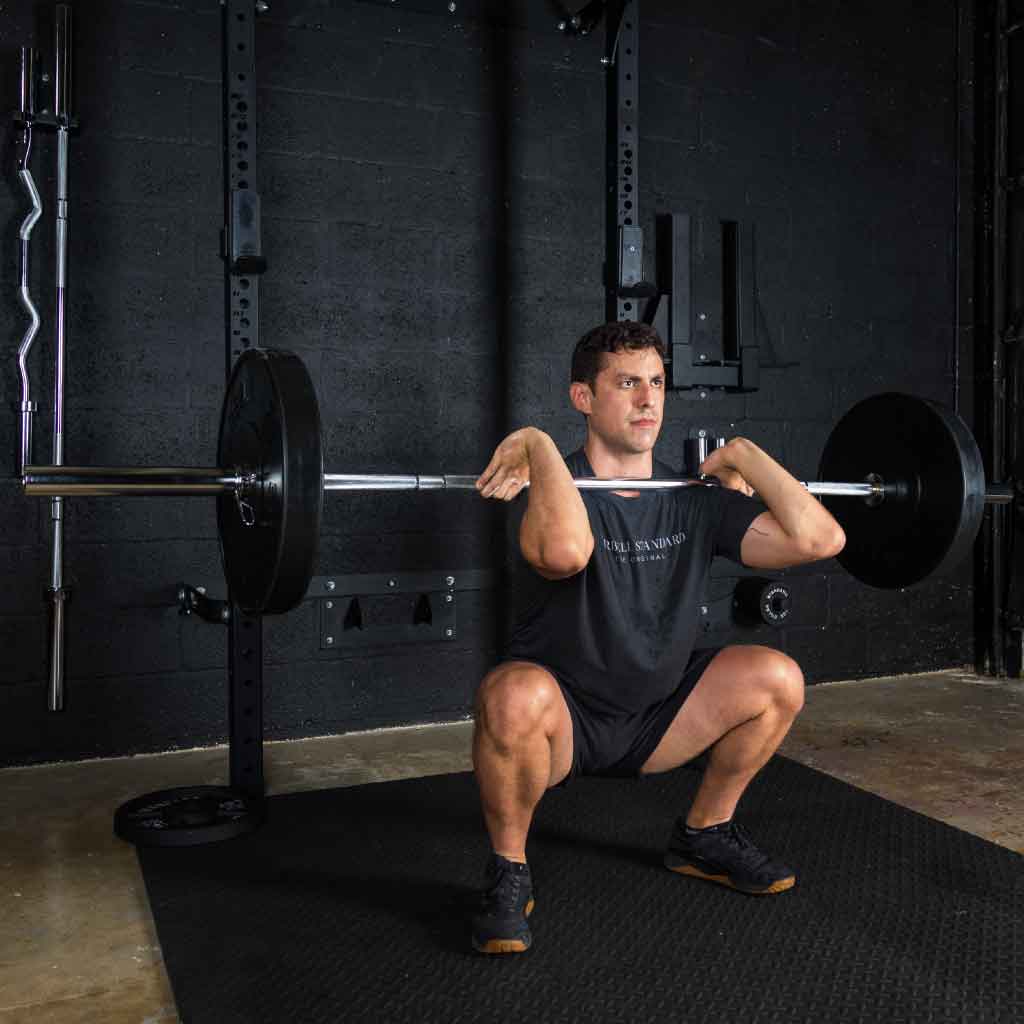
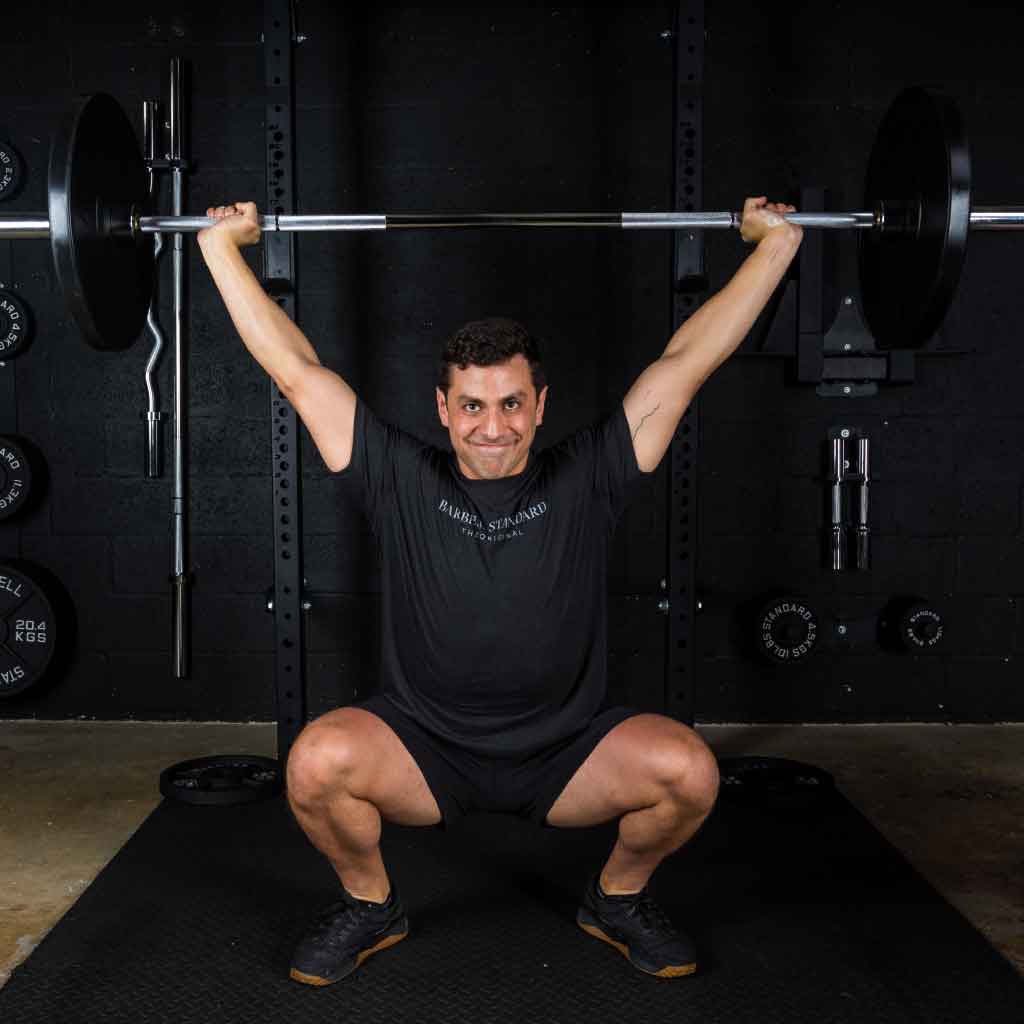
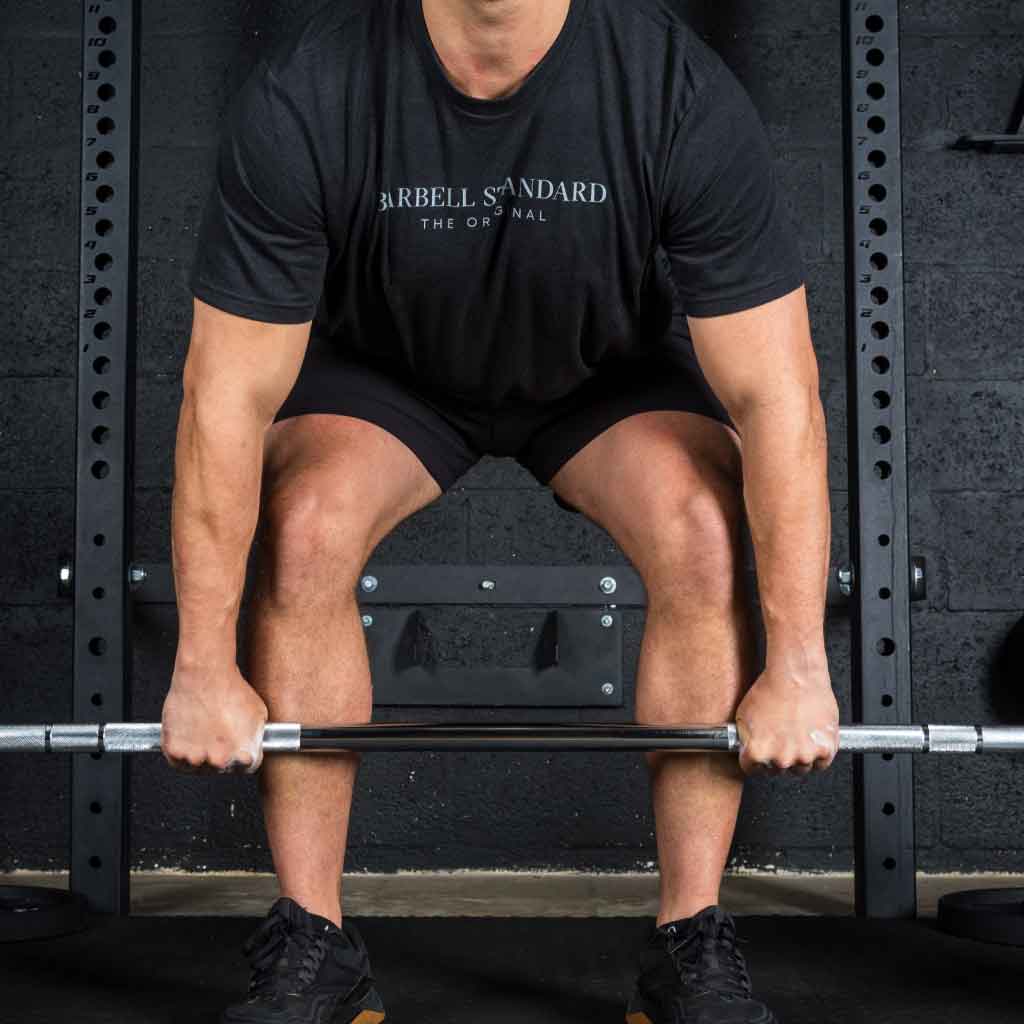
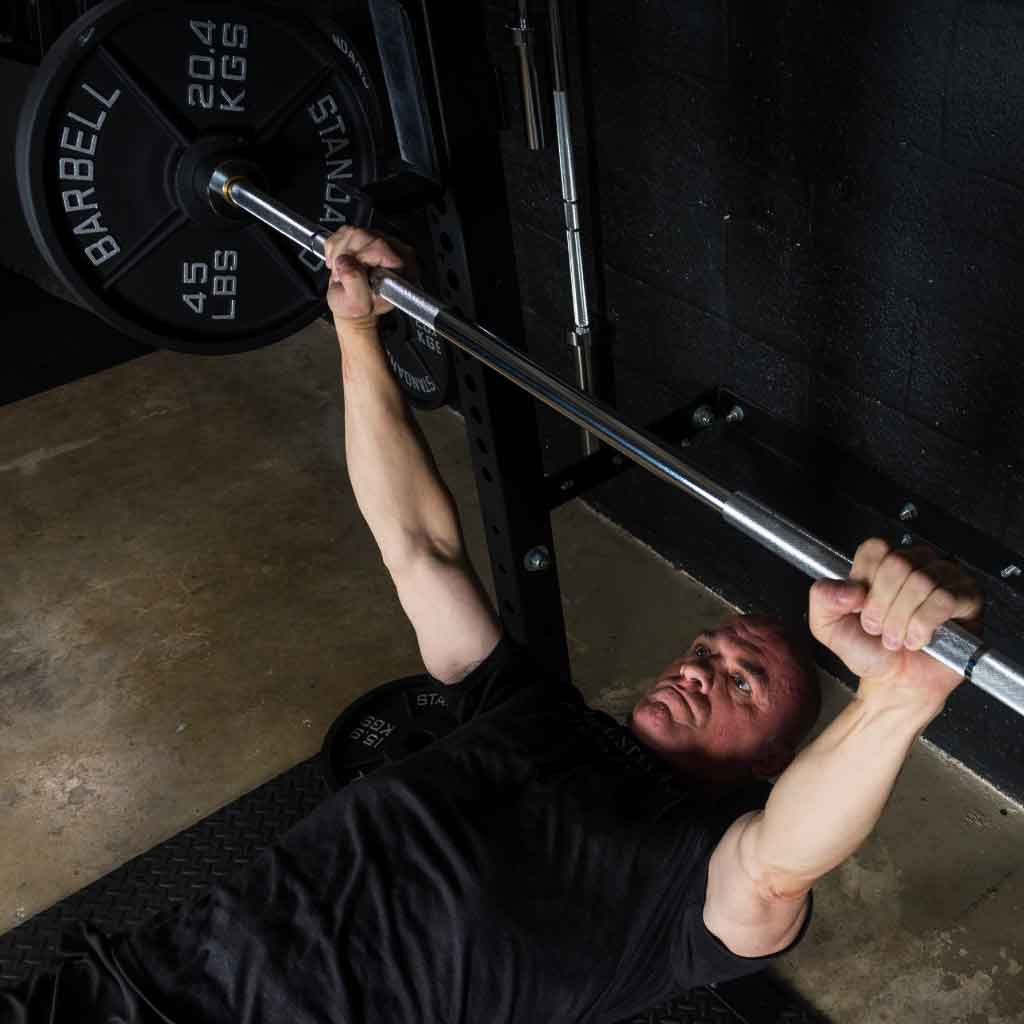
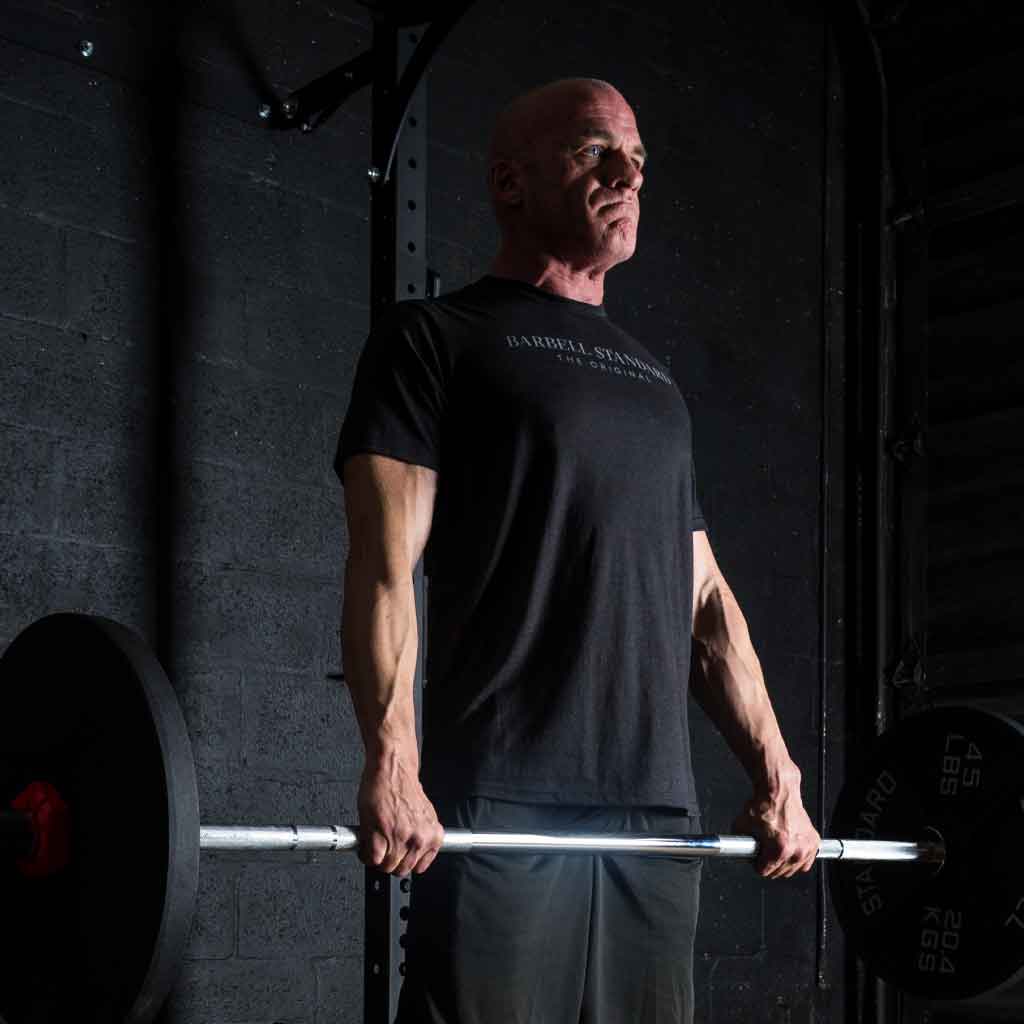
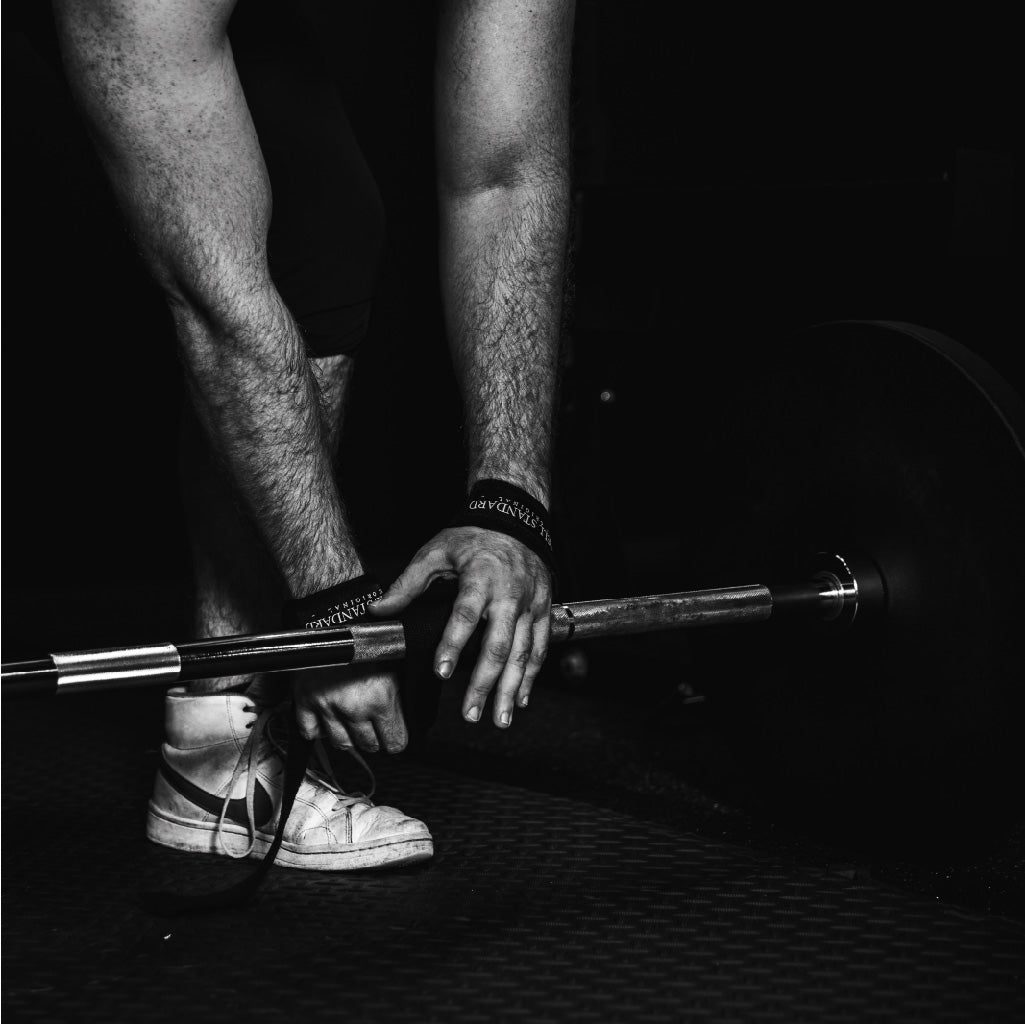

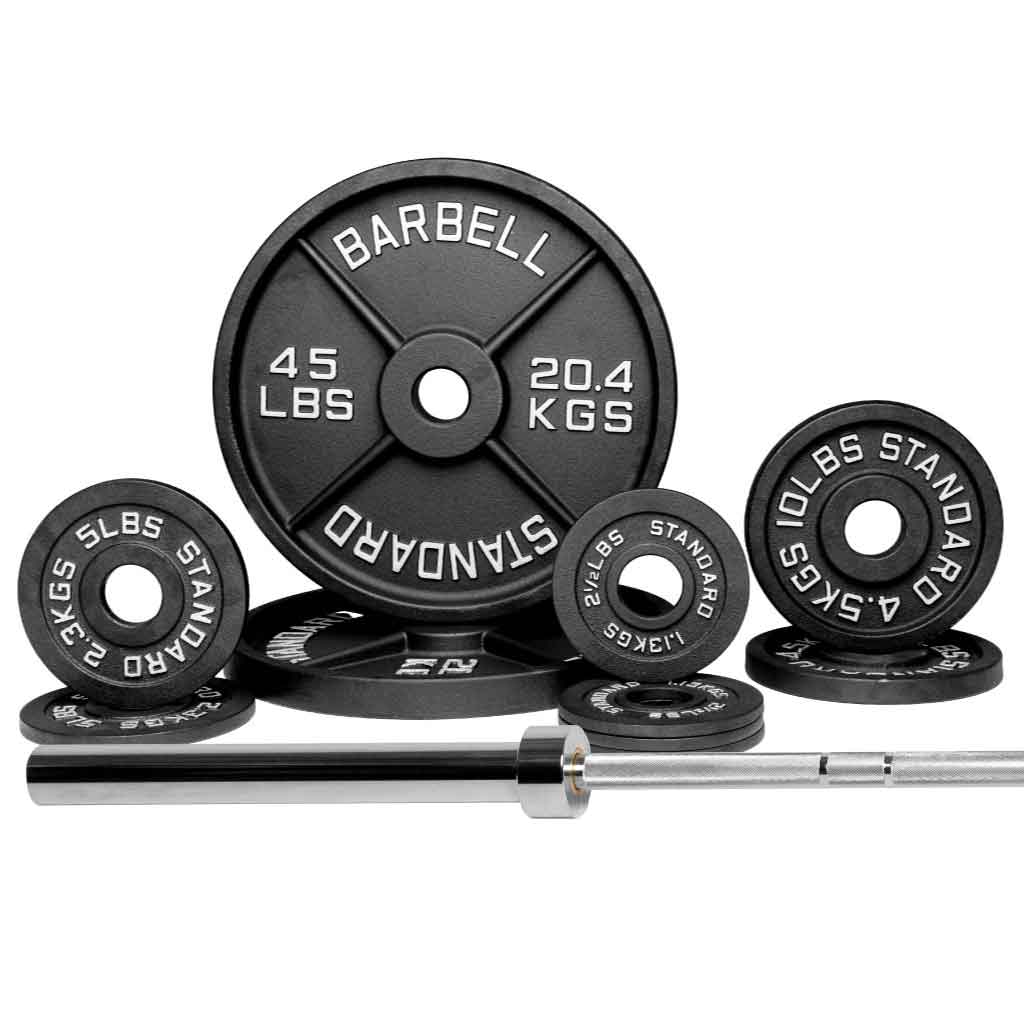
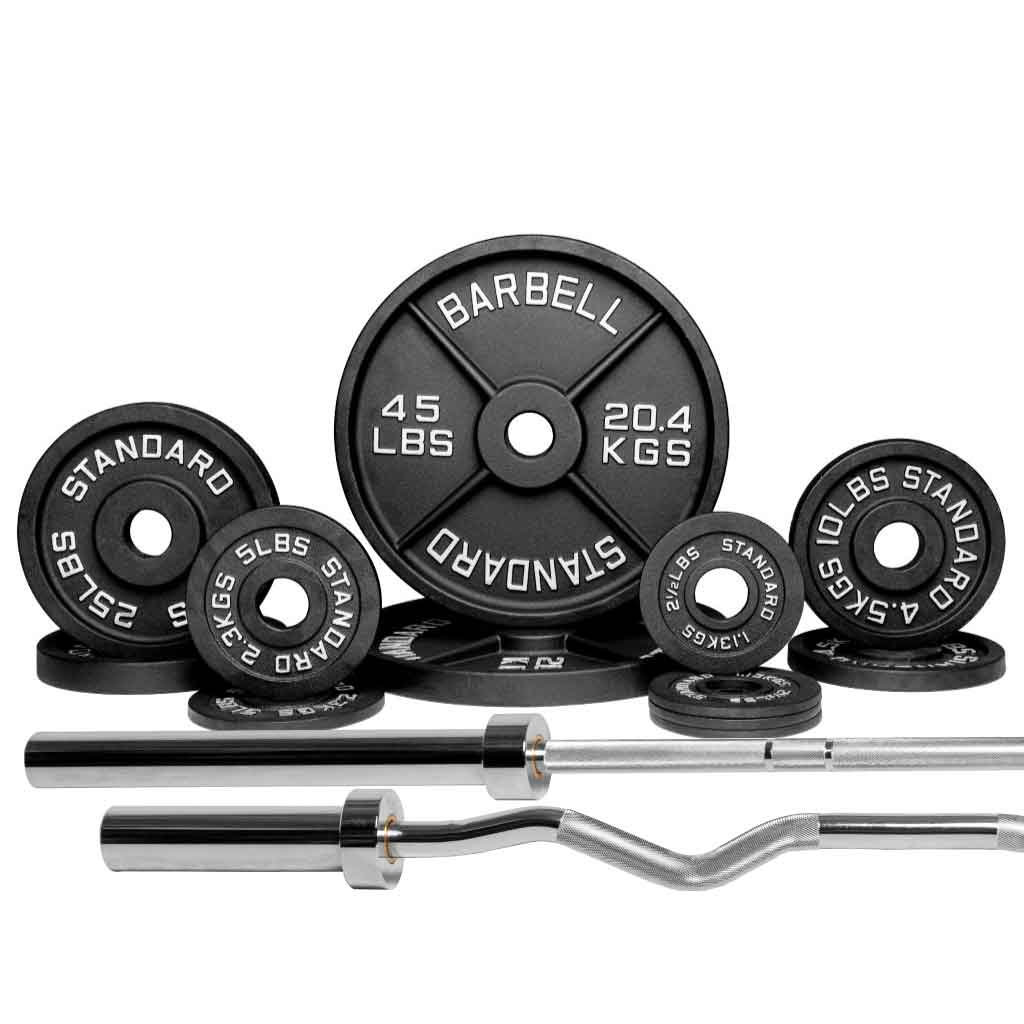
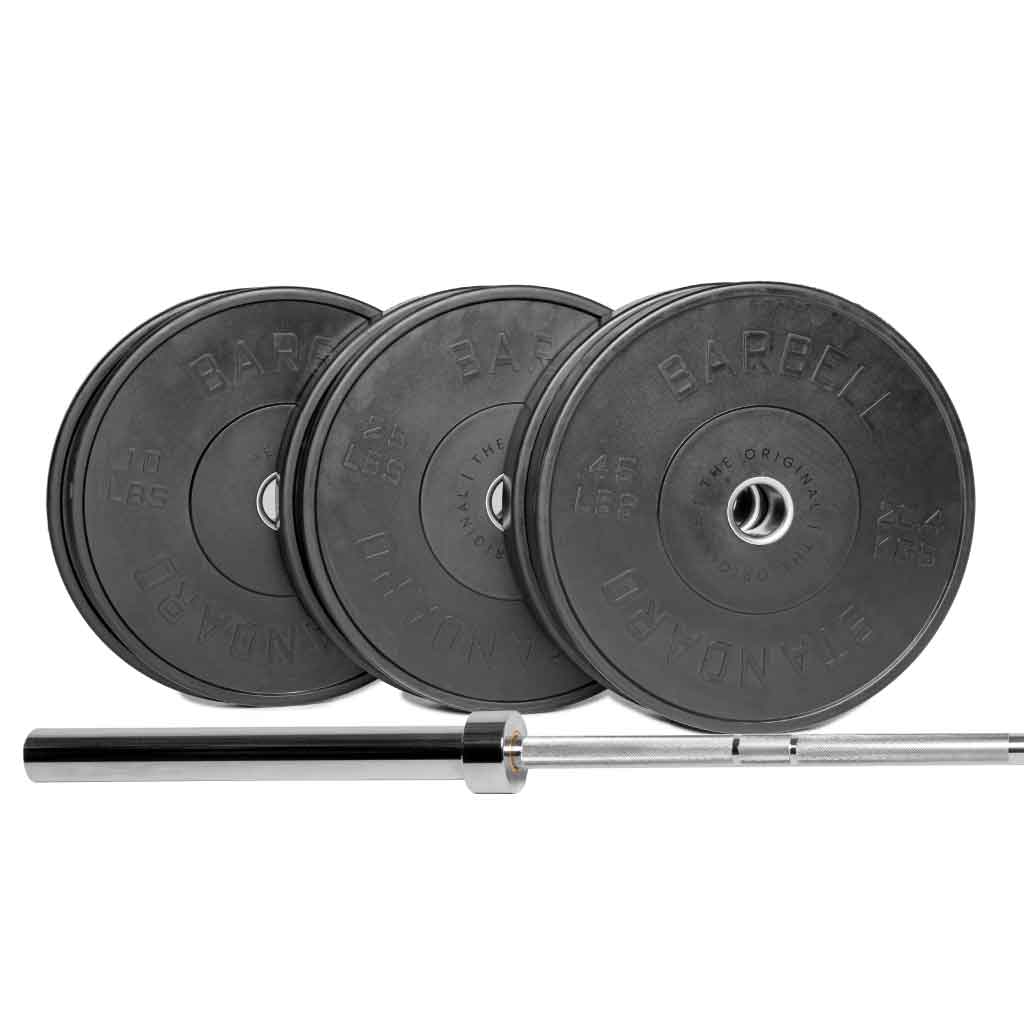


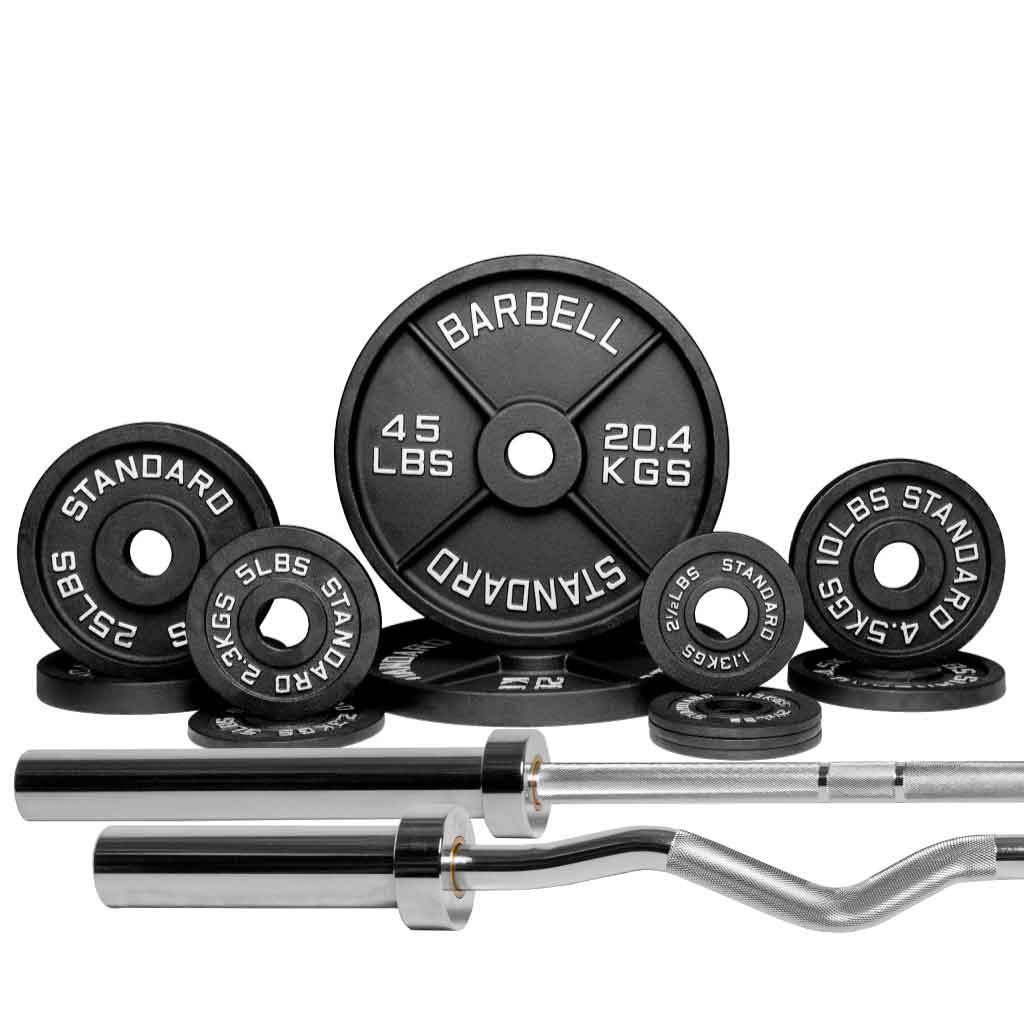

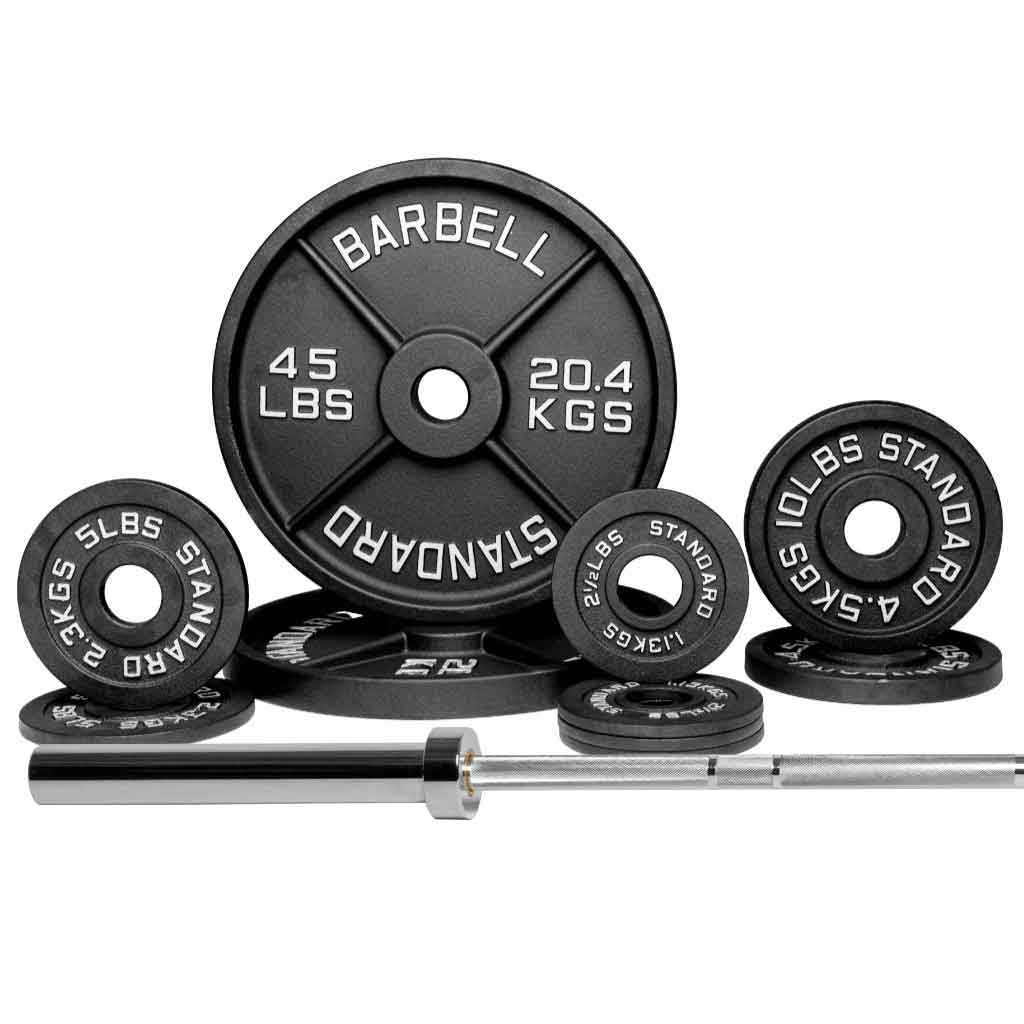

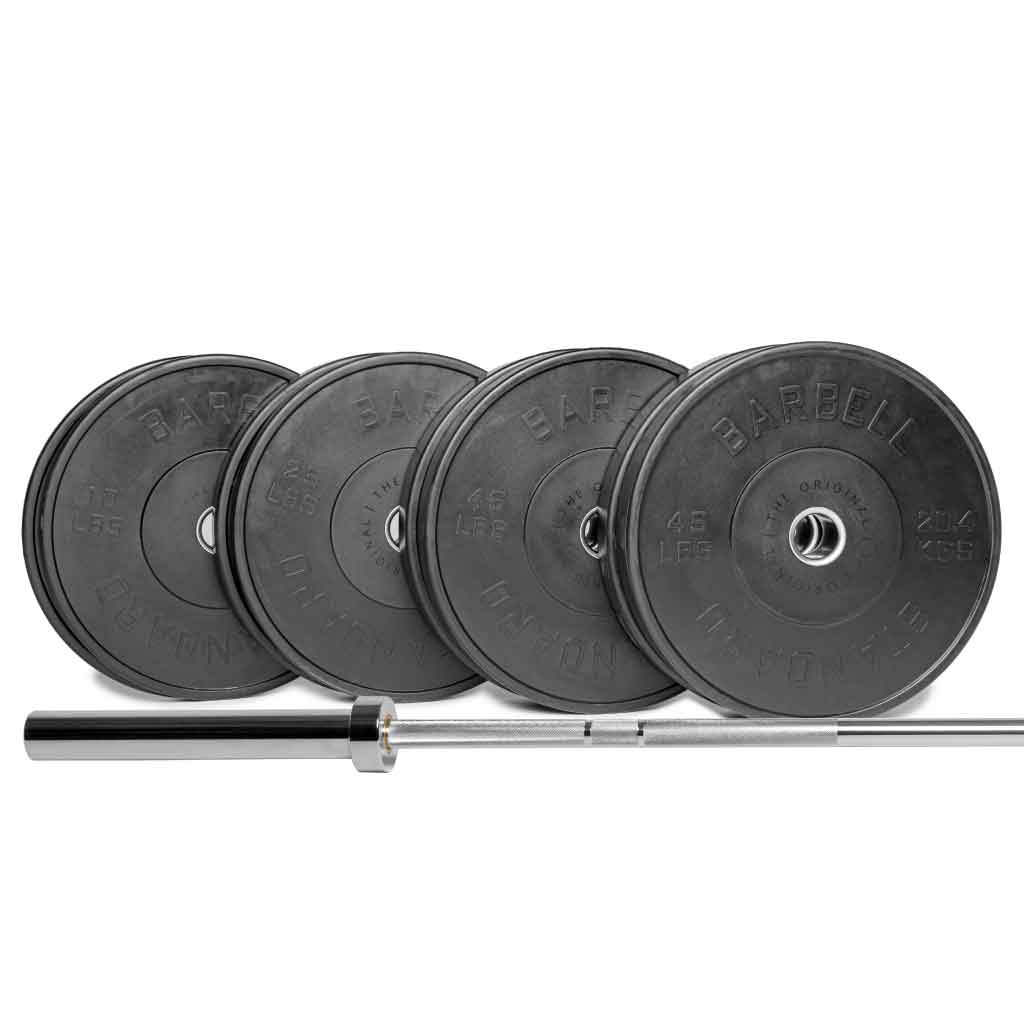
Barbell 1000 Compact Barbell Weight Sets
Our Barbell 1000 Sets are perfect for smaller spaces, lifters with lighter weight ambitions, or brand new lifters that want to ease into barbell lifting. The Barbell 1000 is constructed from the same components and steel as the Barbell 1500 and uses the same olympic weight plates, but with 4" shorter loadable sleeves the bar measures in 8" shorter and 11 pounds lighter.
View full details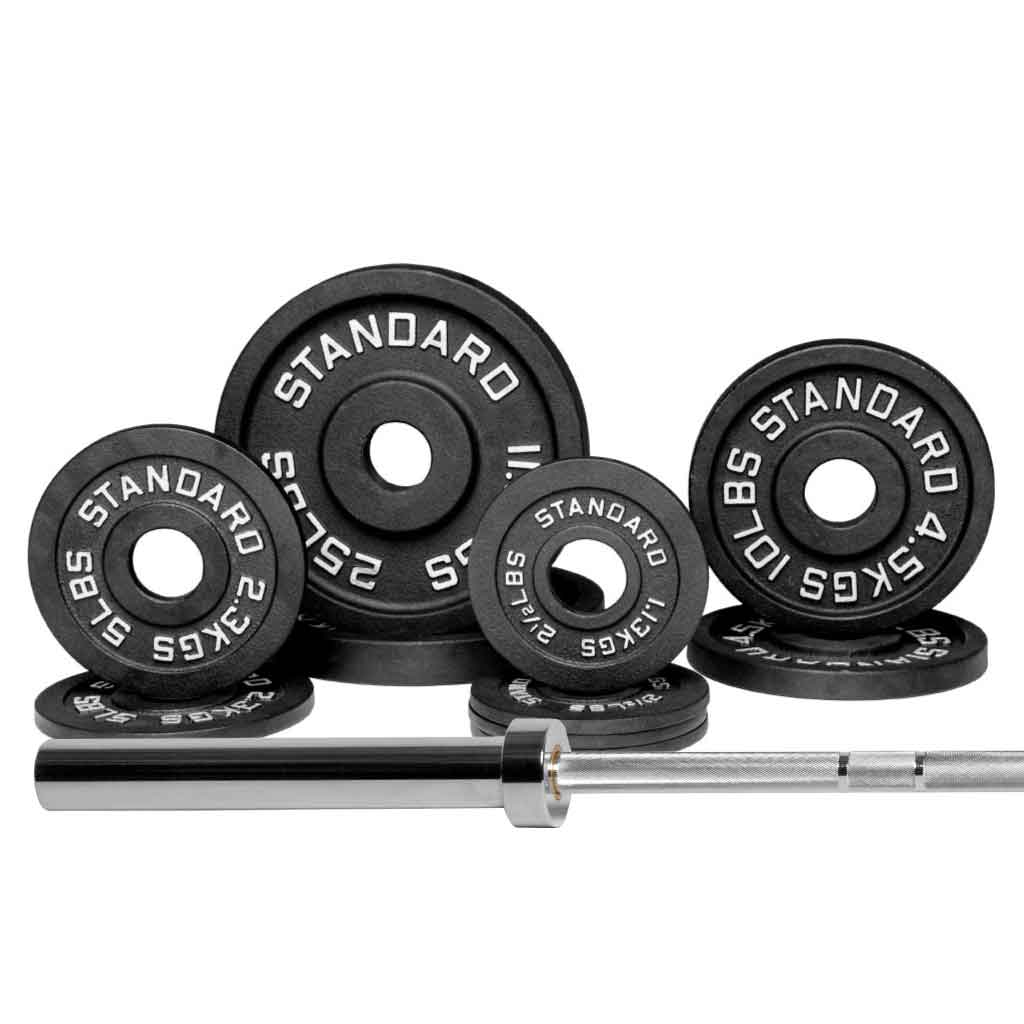
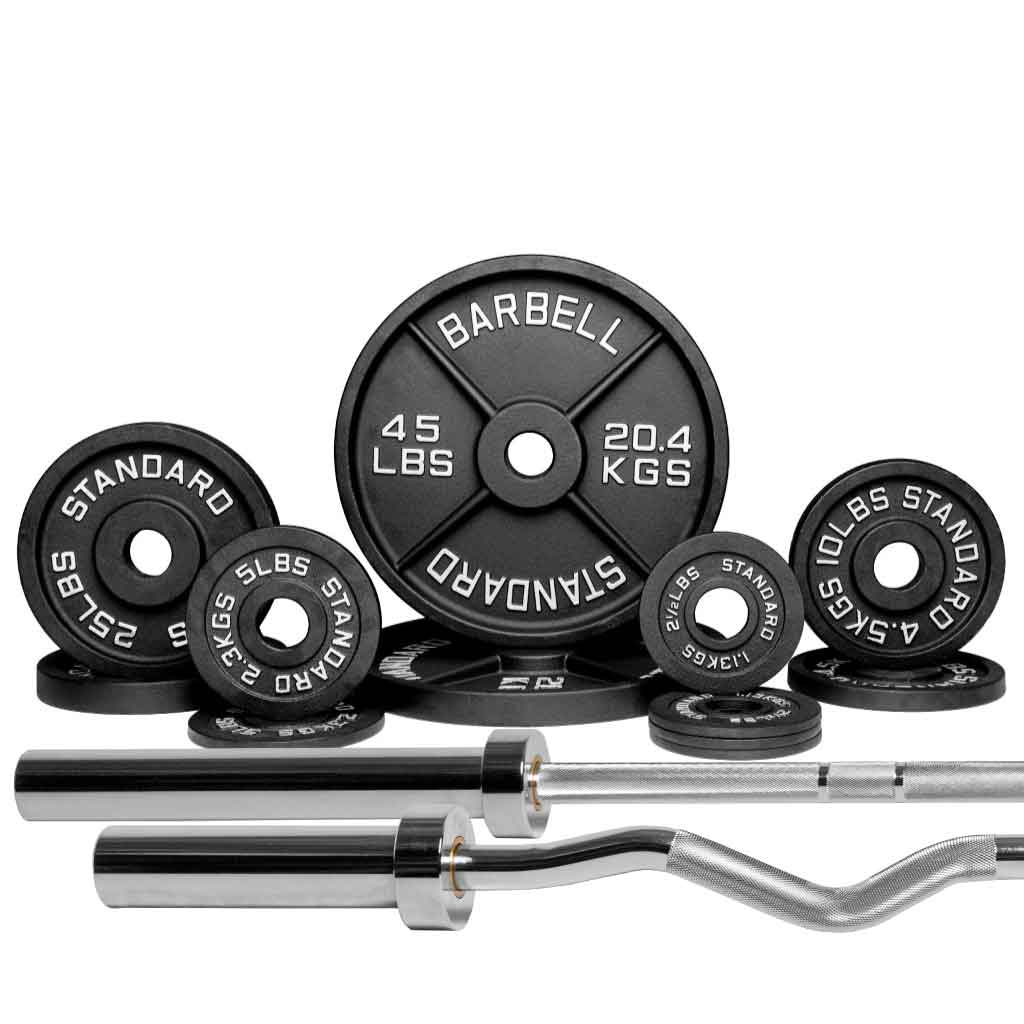
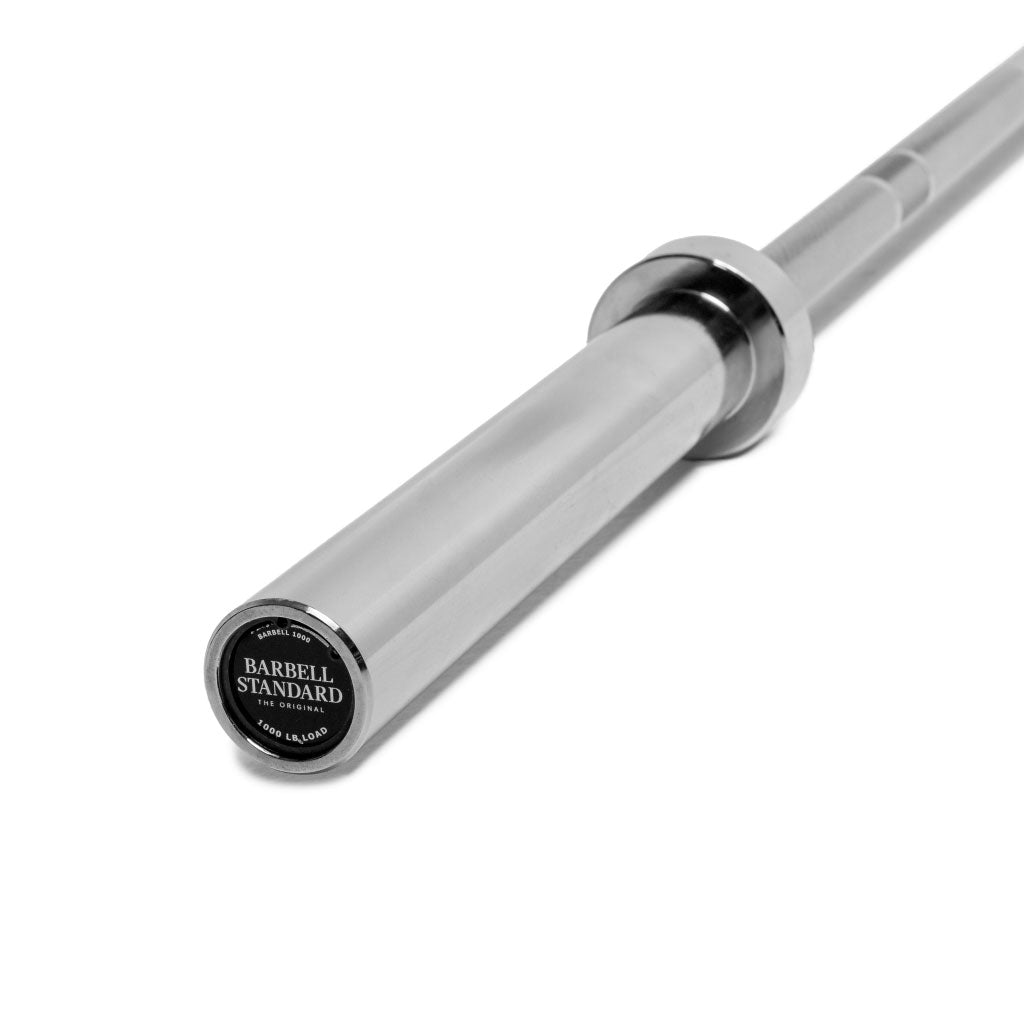
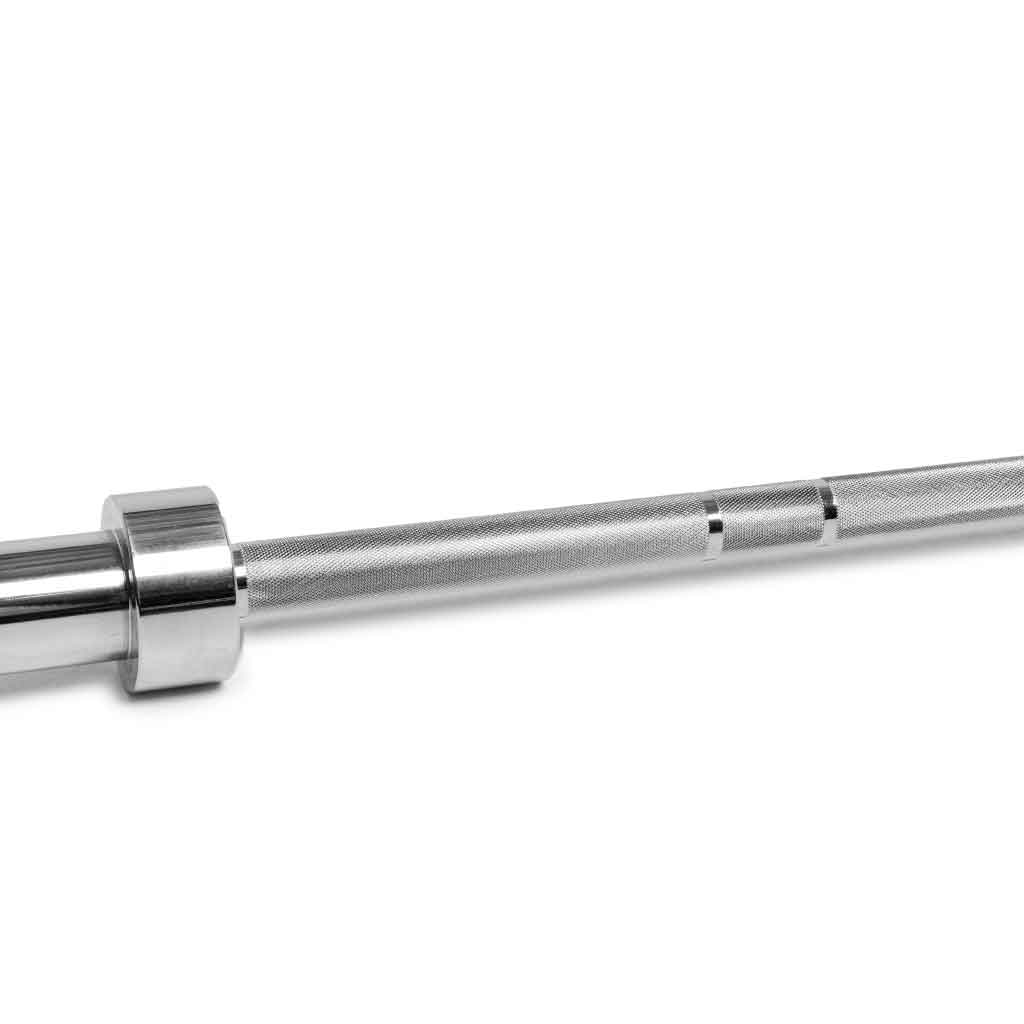
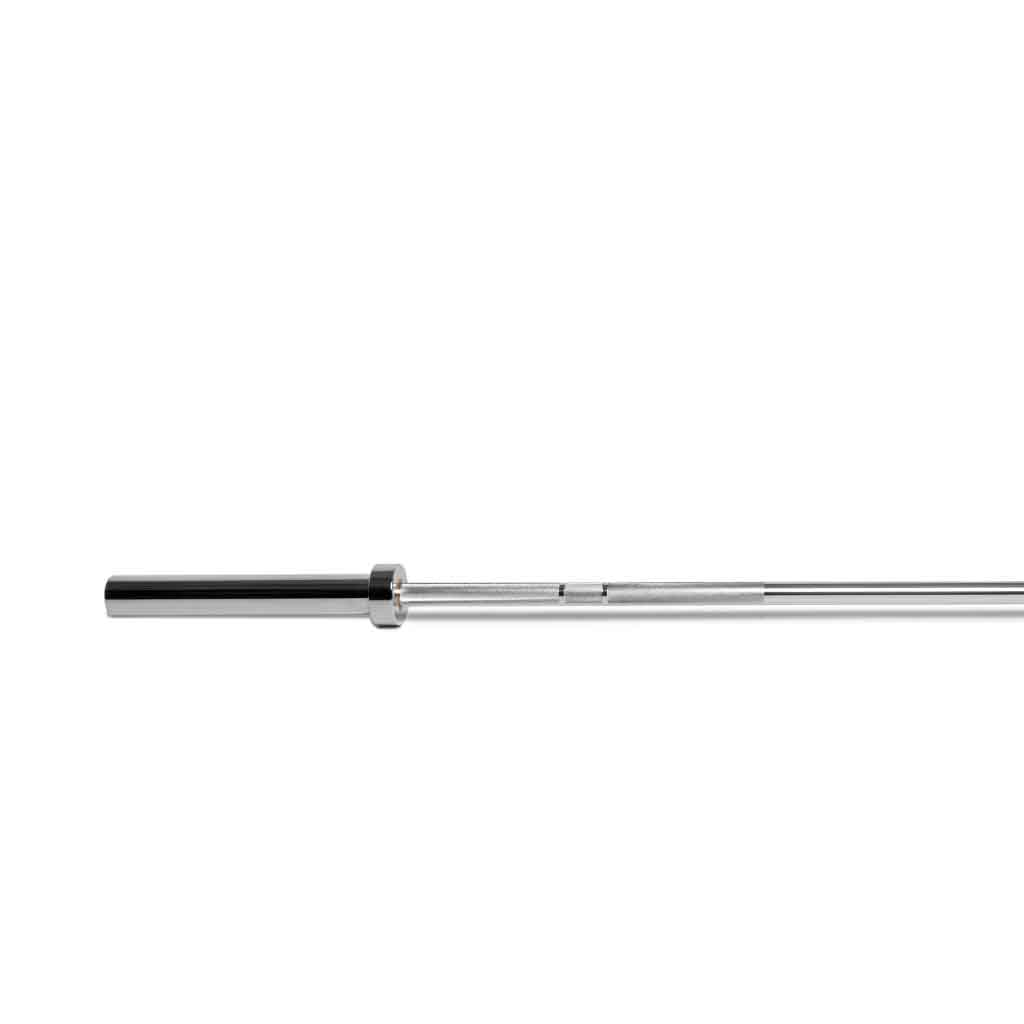
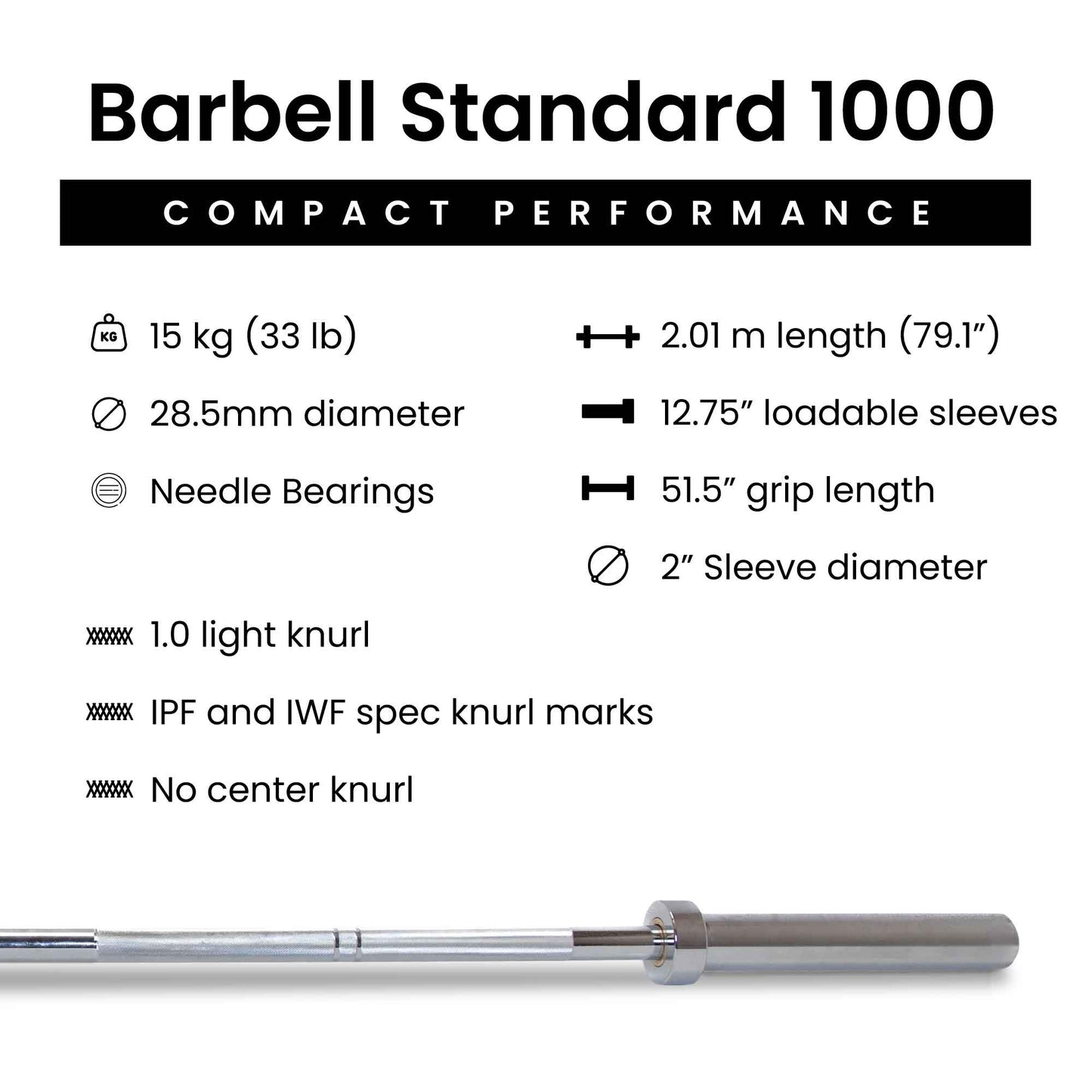
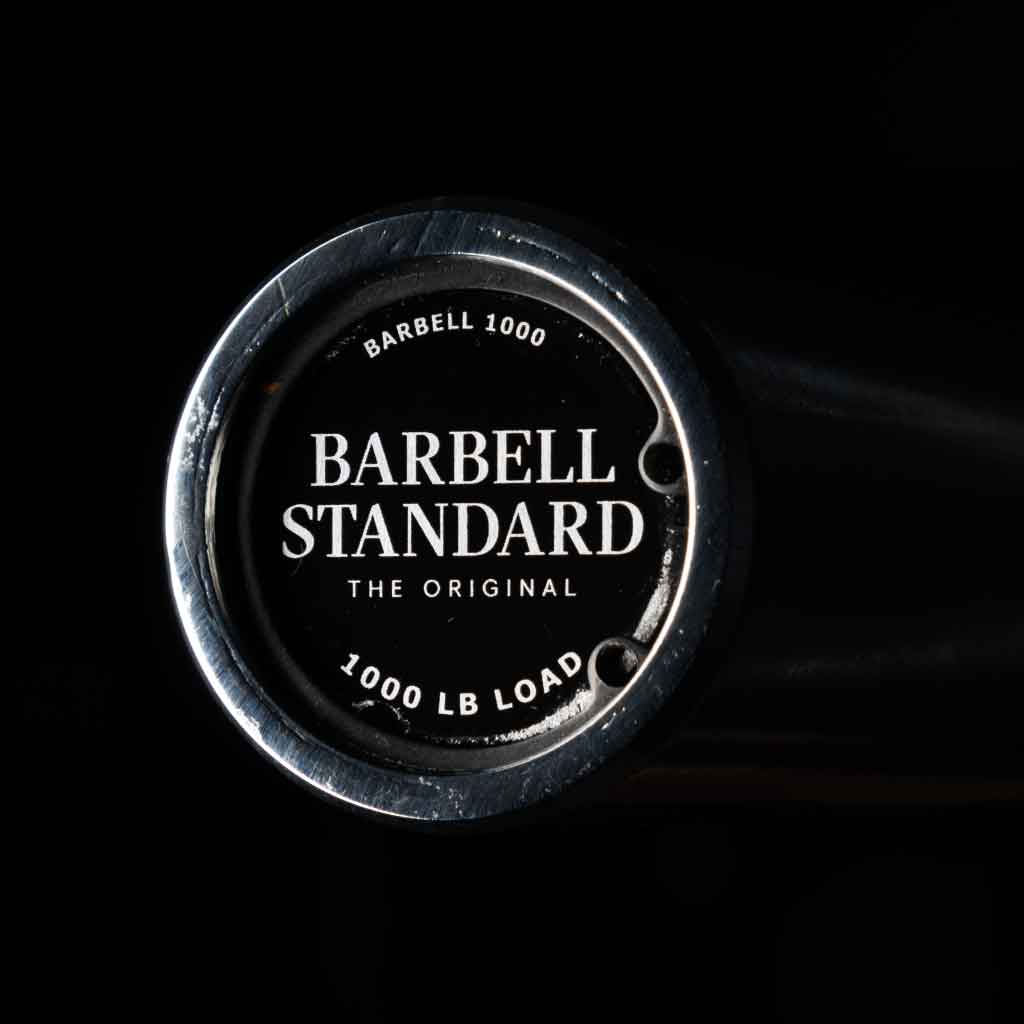

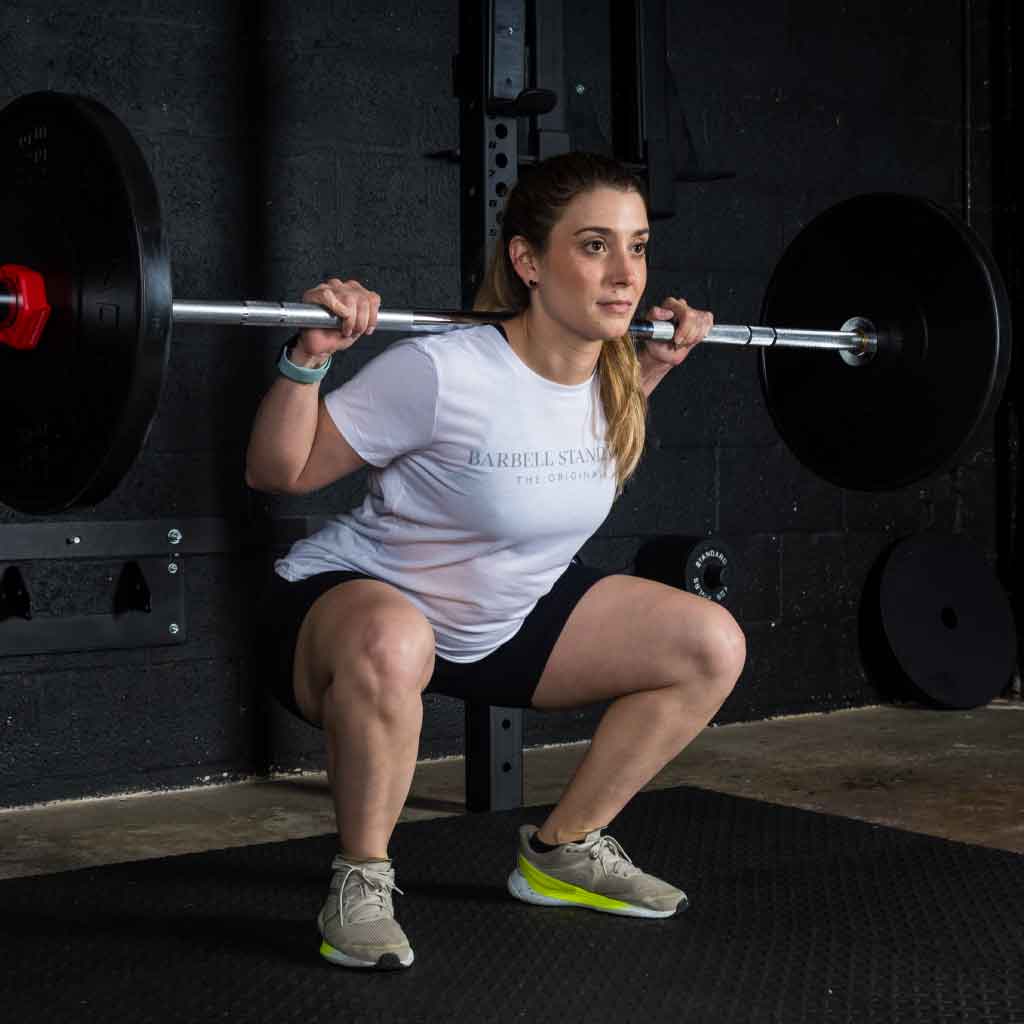
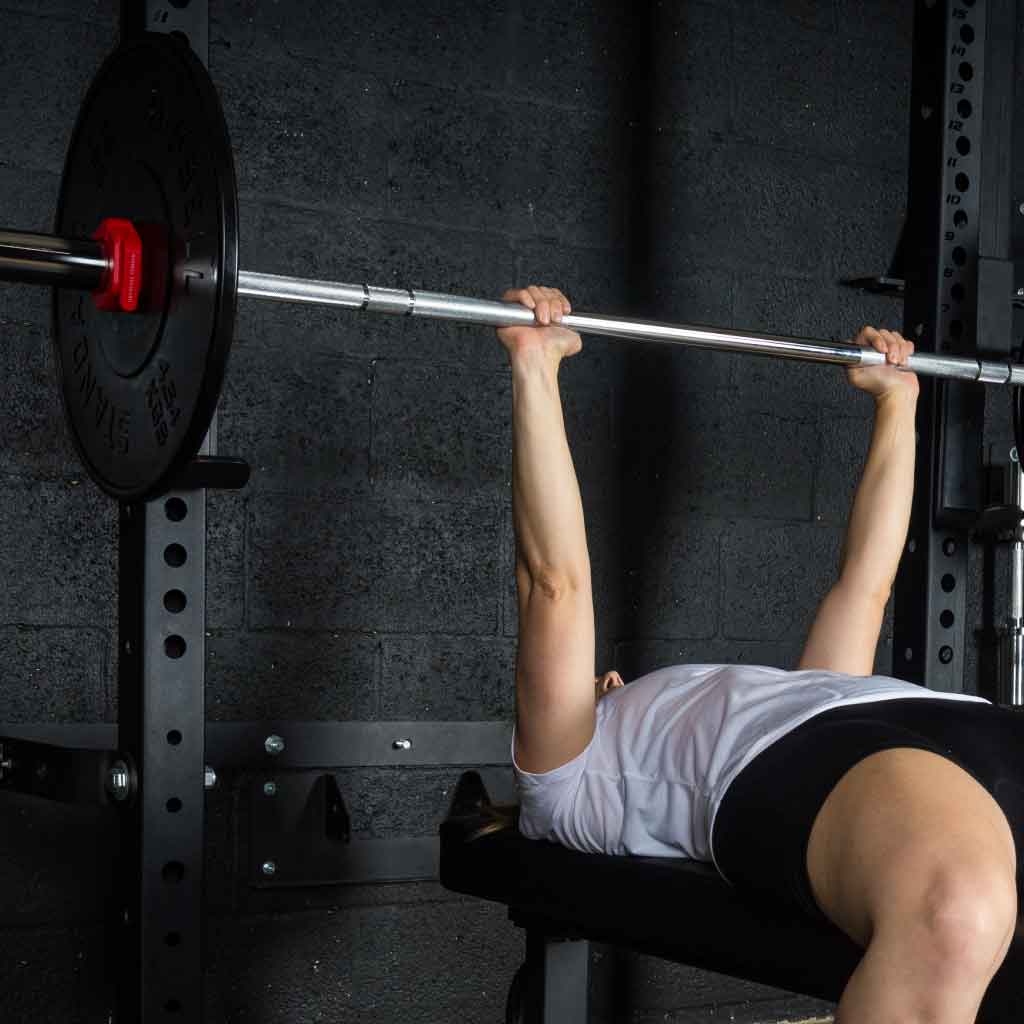
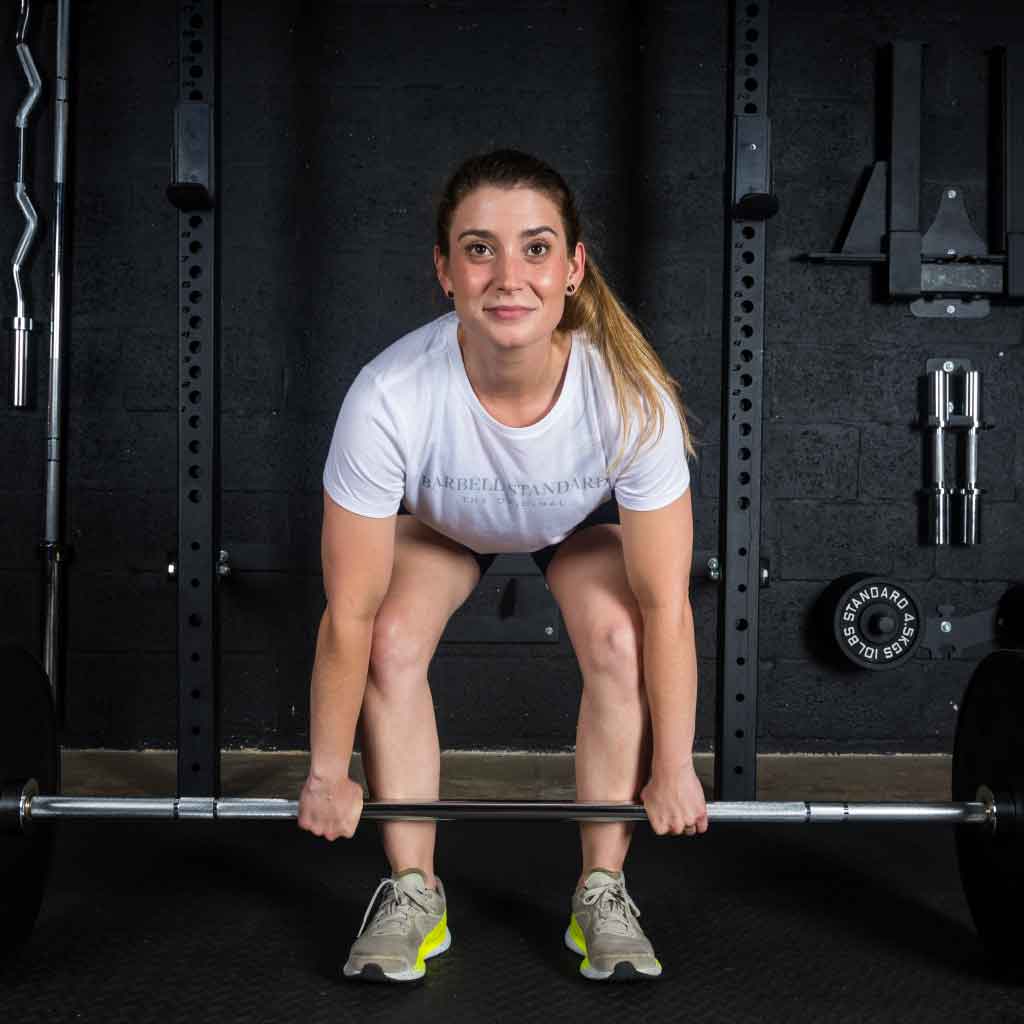
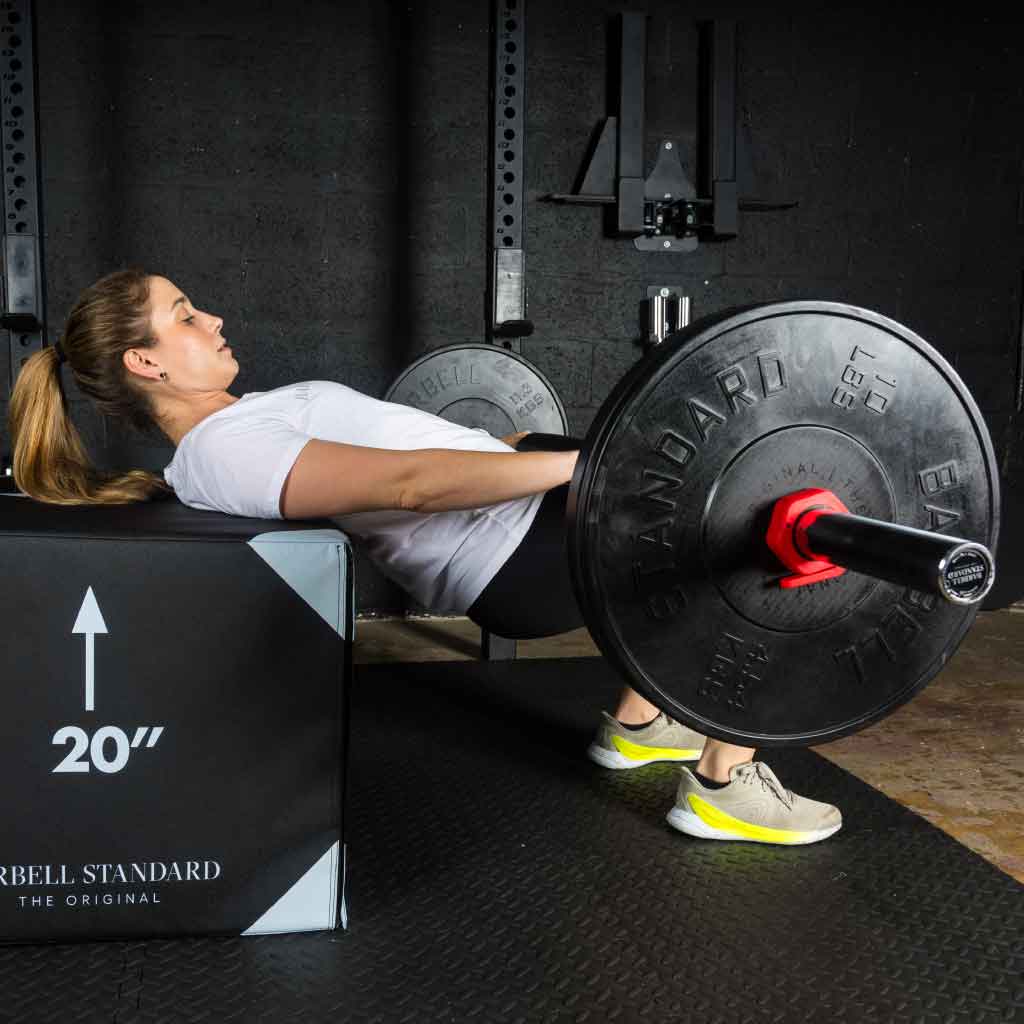
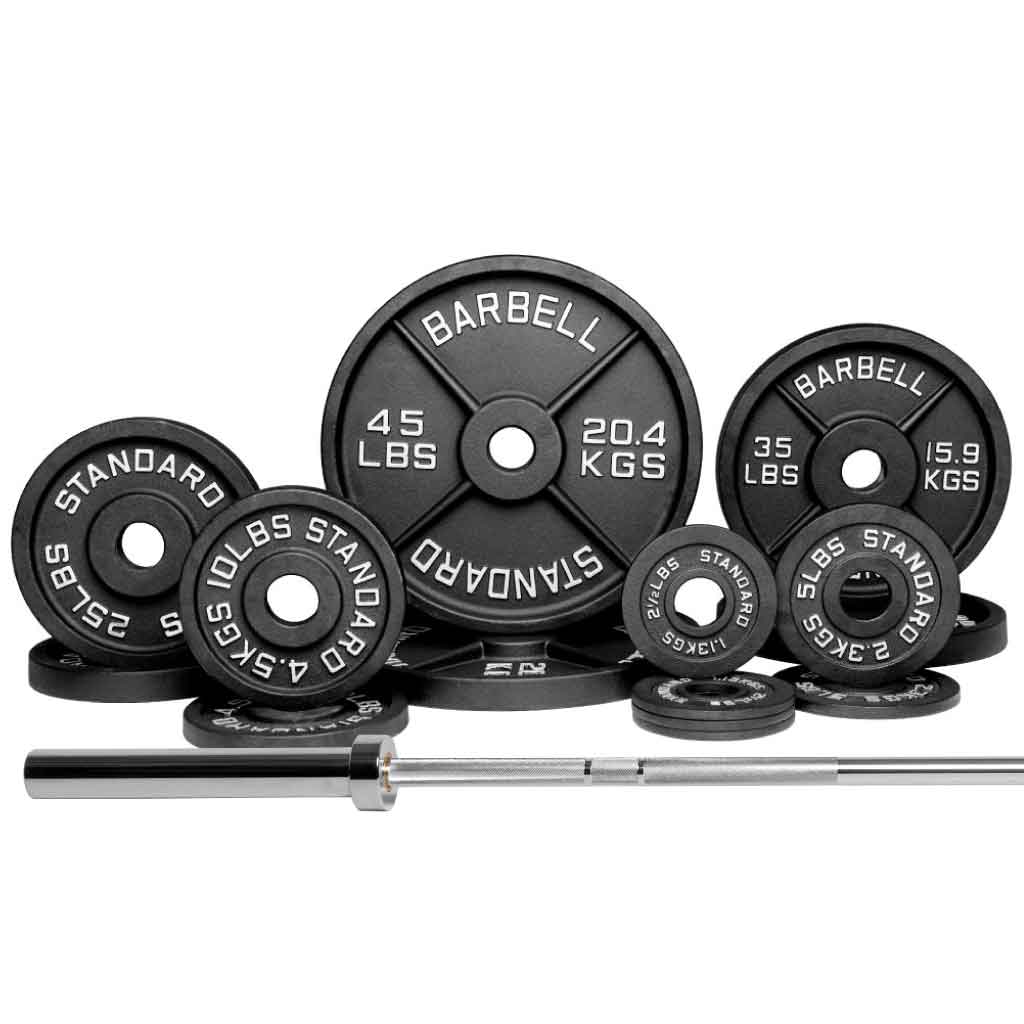
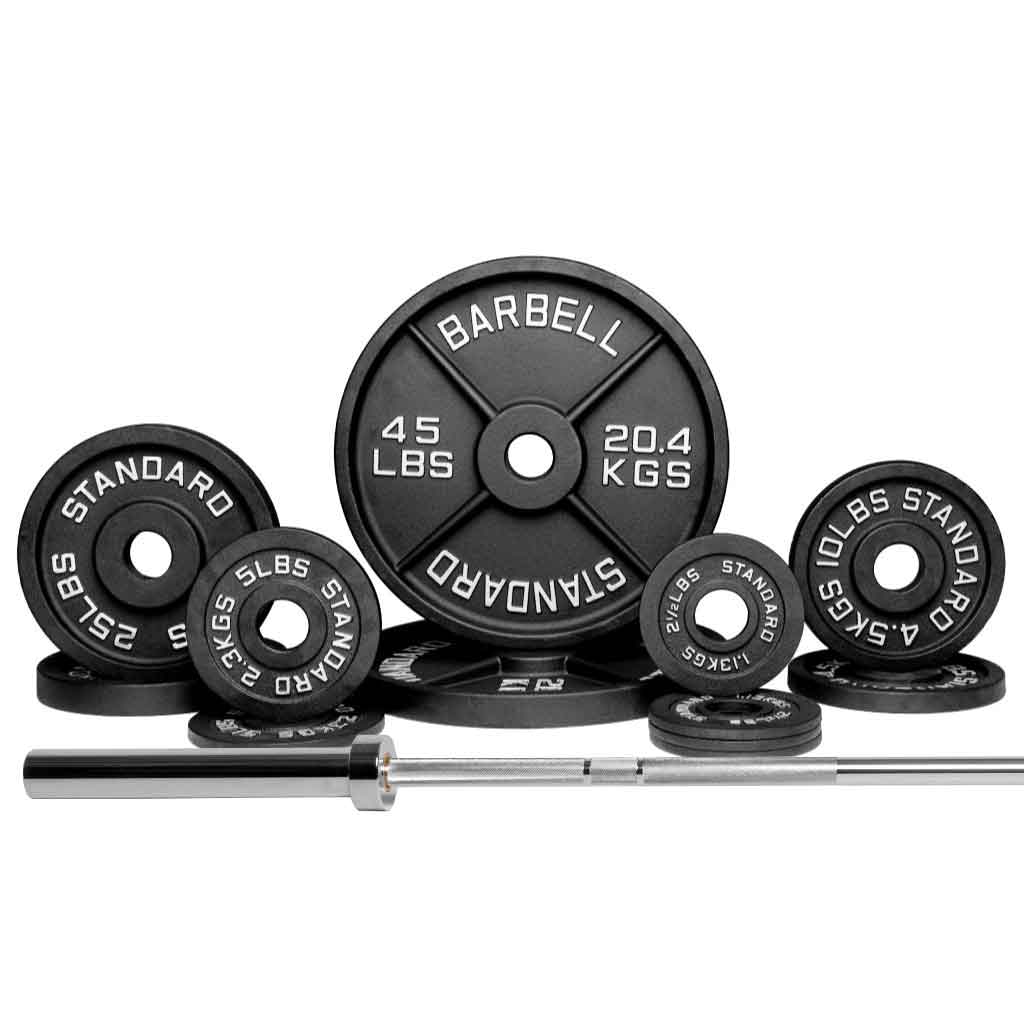
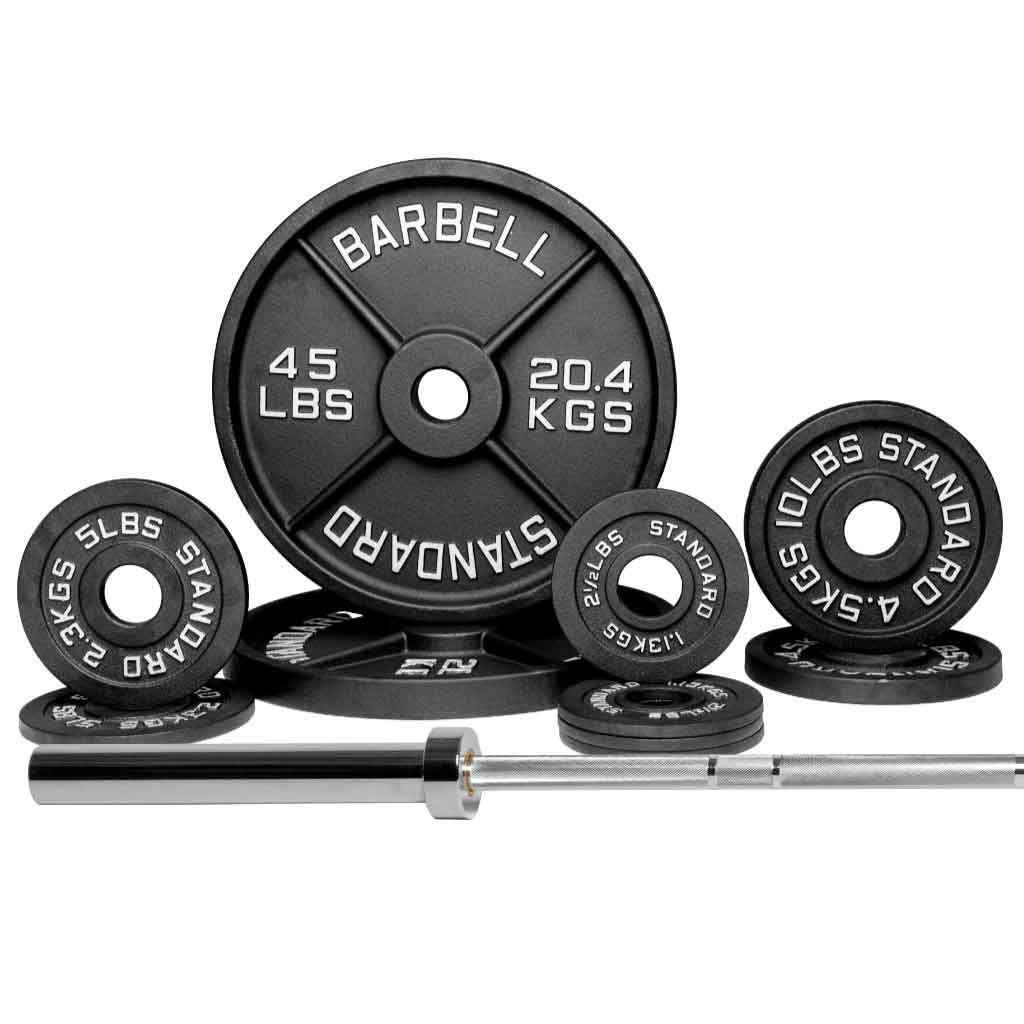
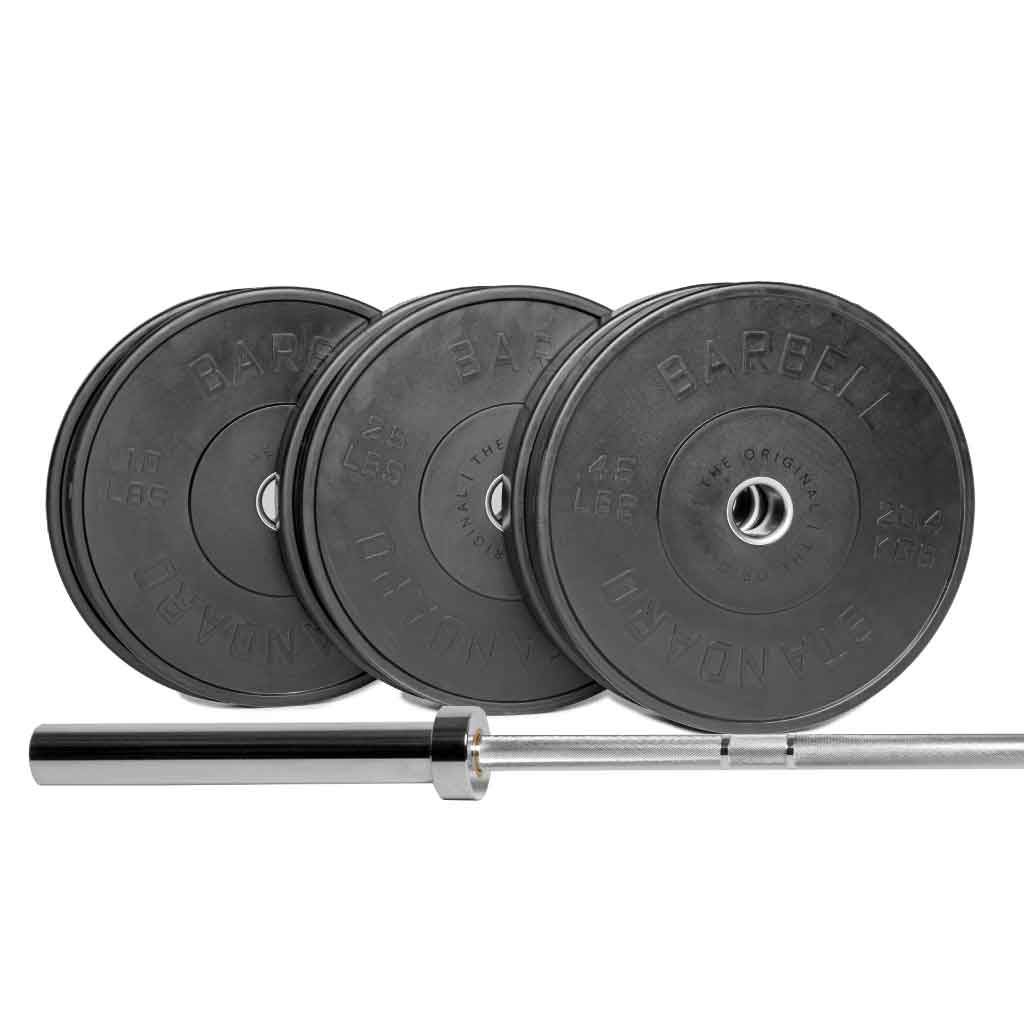

Collections
-
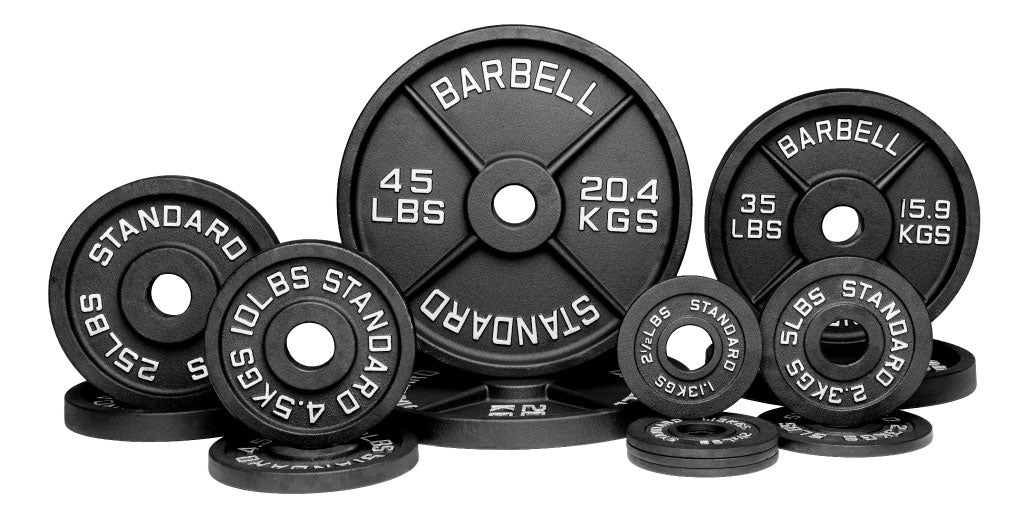
Weight Plates & Weight Sets
Weight pairs available from 2.5 to 45 pounds. Weight sets available from...
-
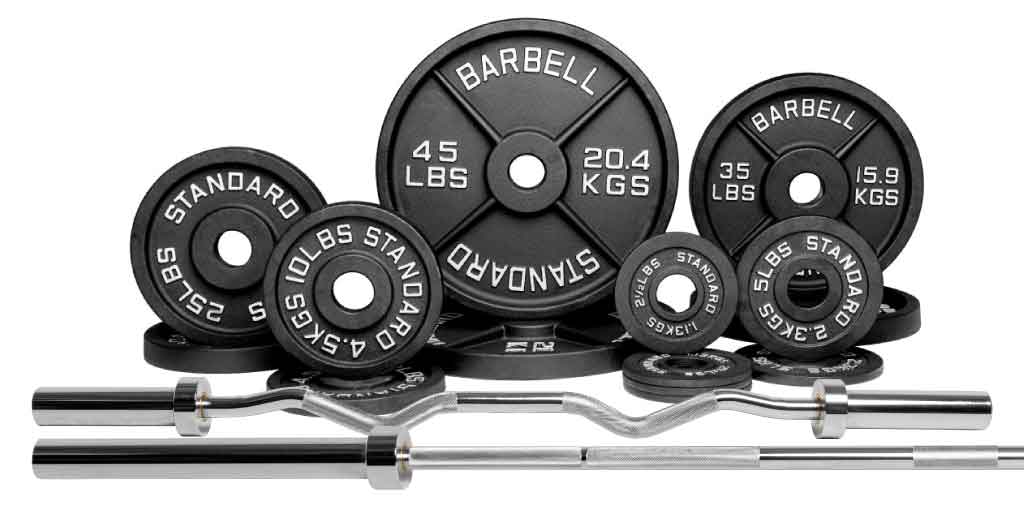
Barbell Weight Sets
Our Barbell Weight Sets include a complete weight set, with the option...
